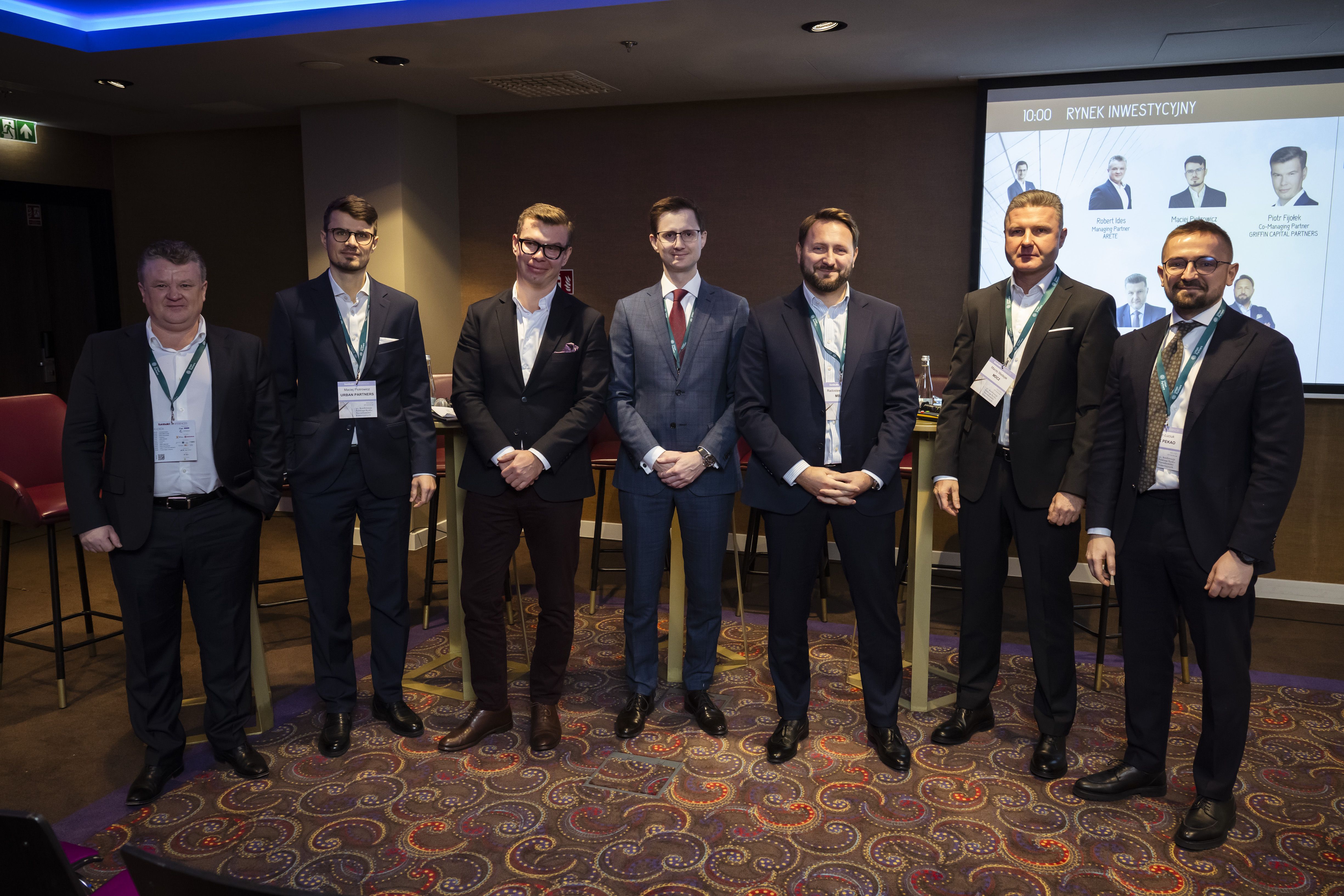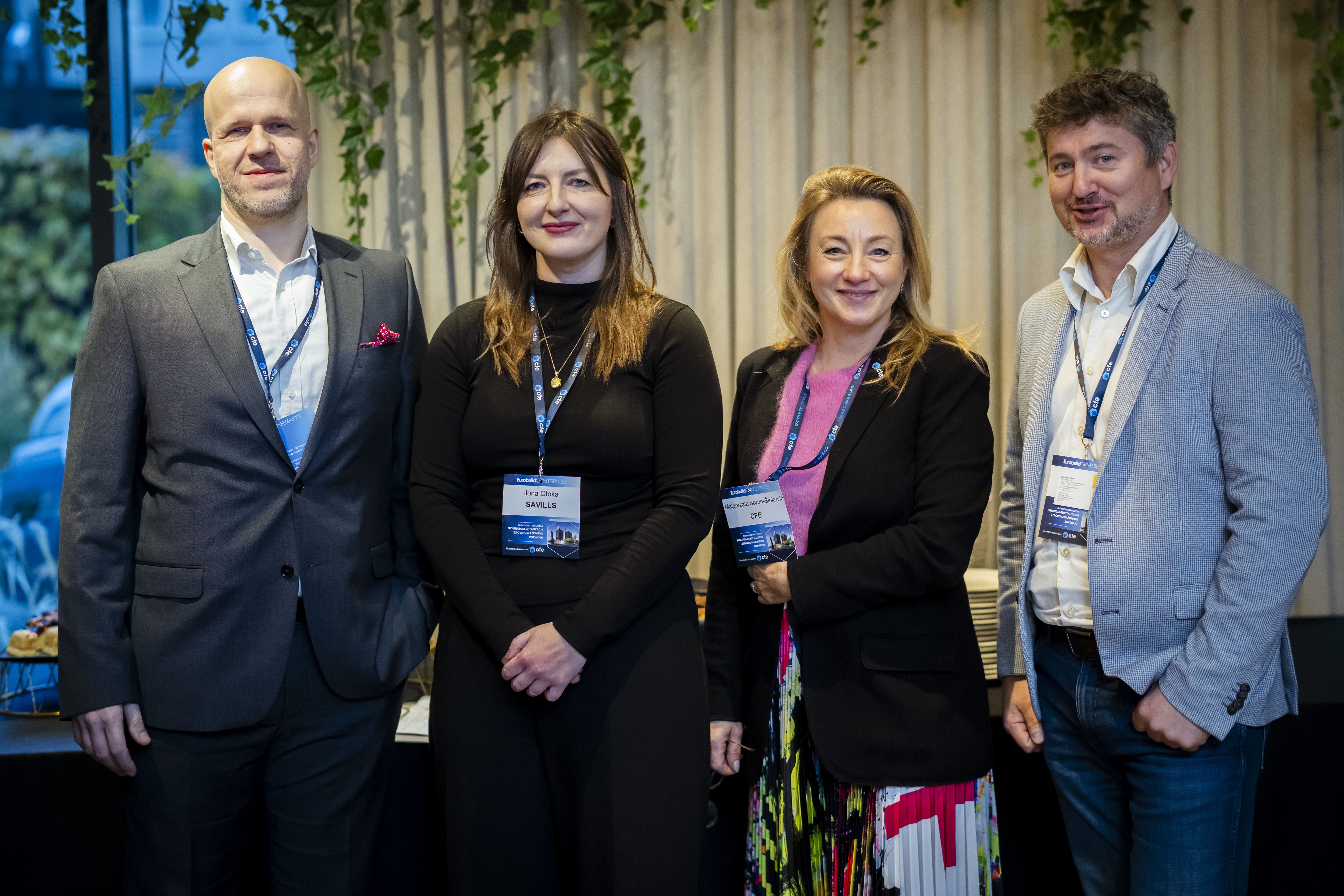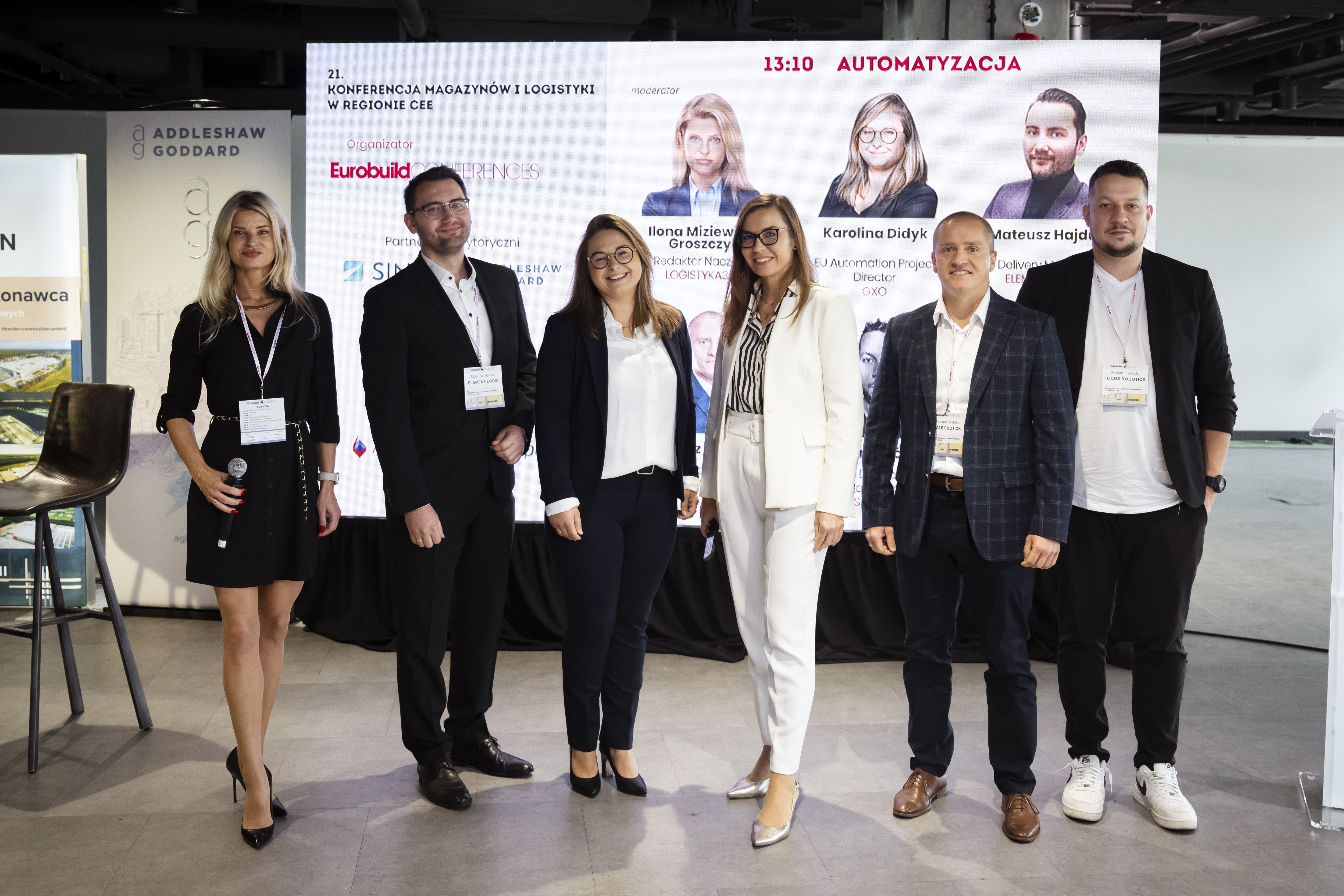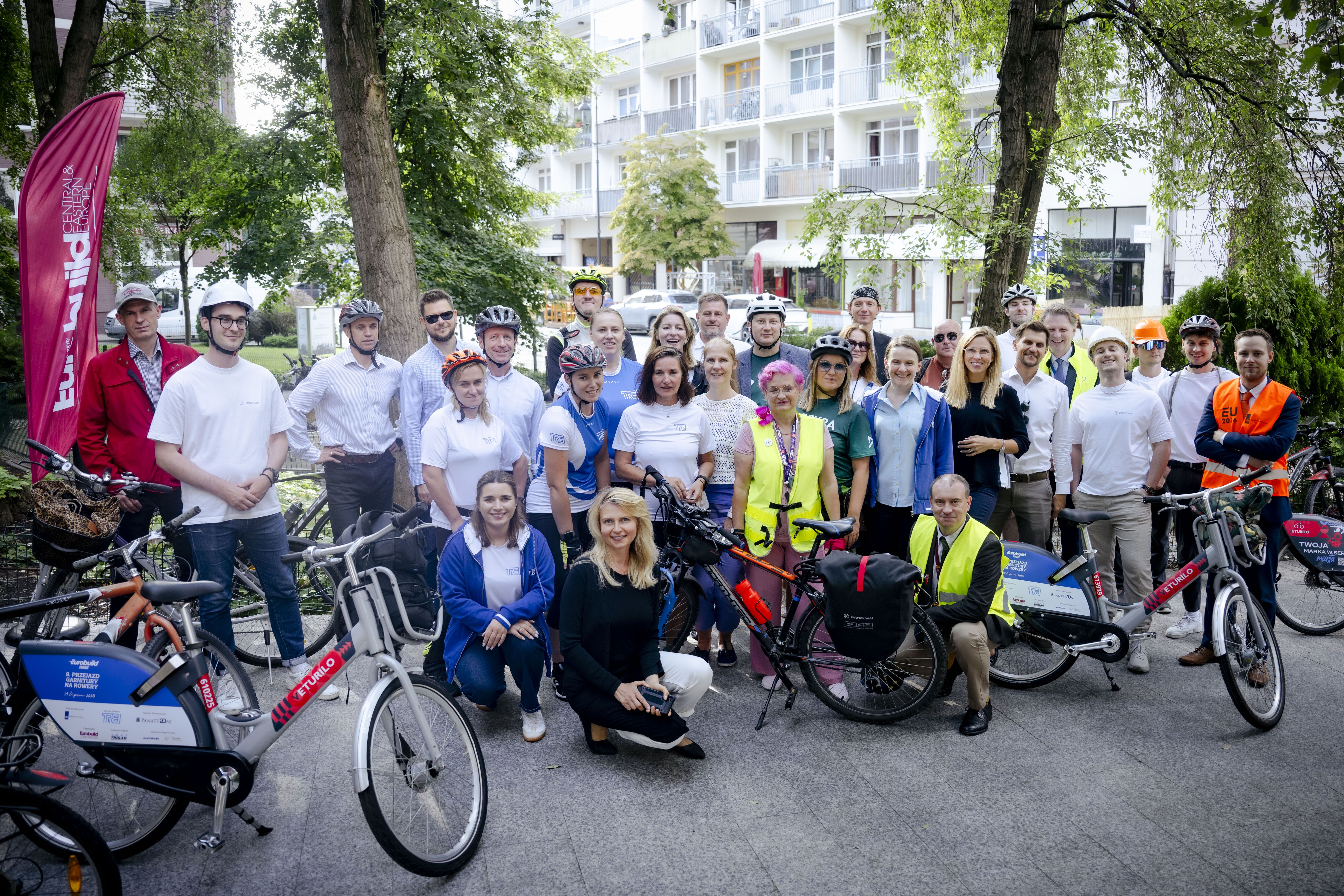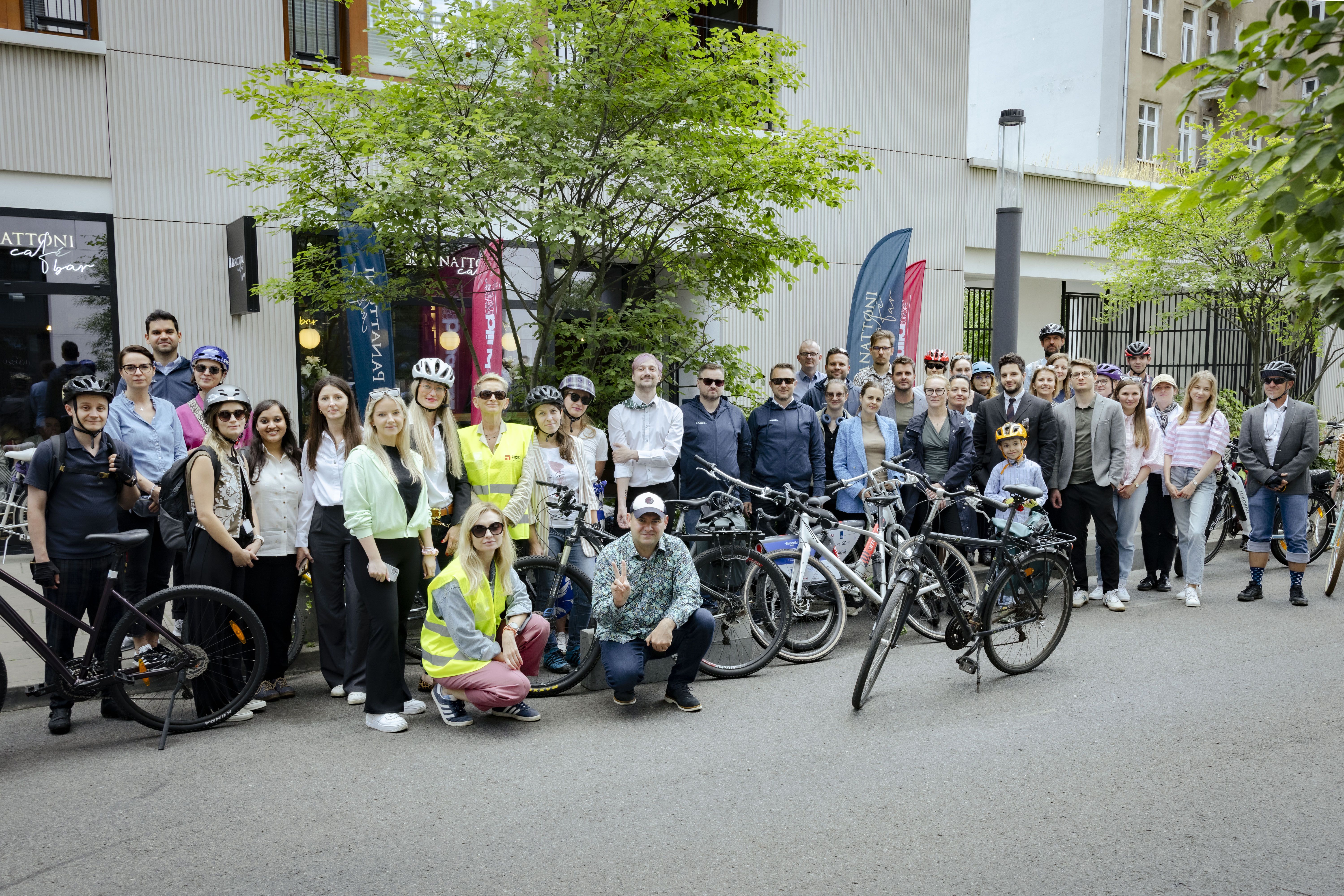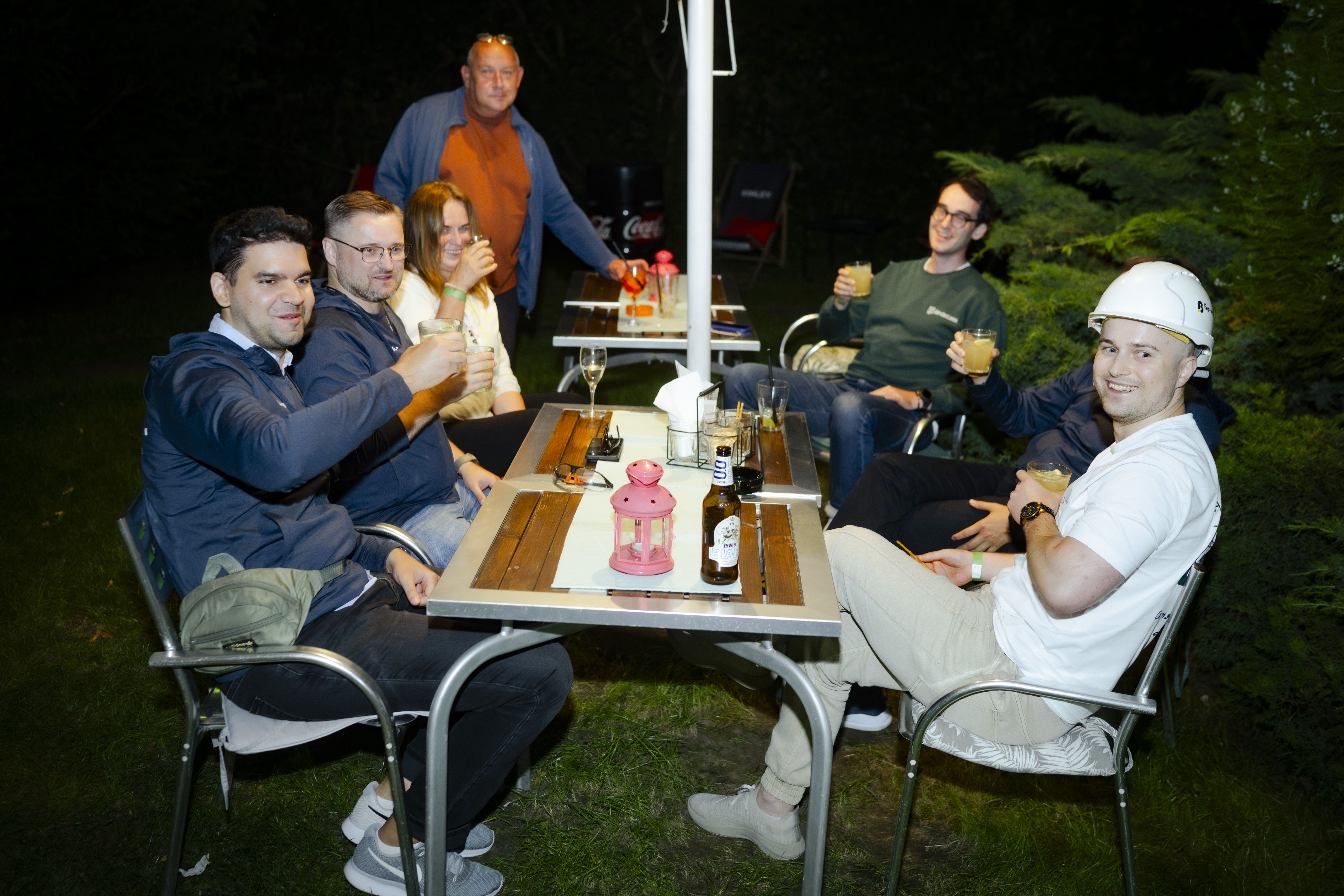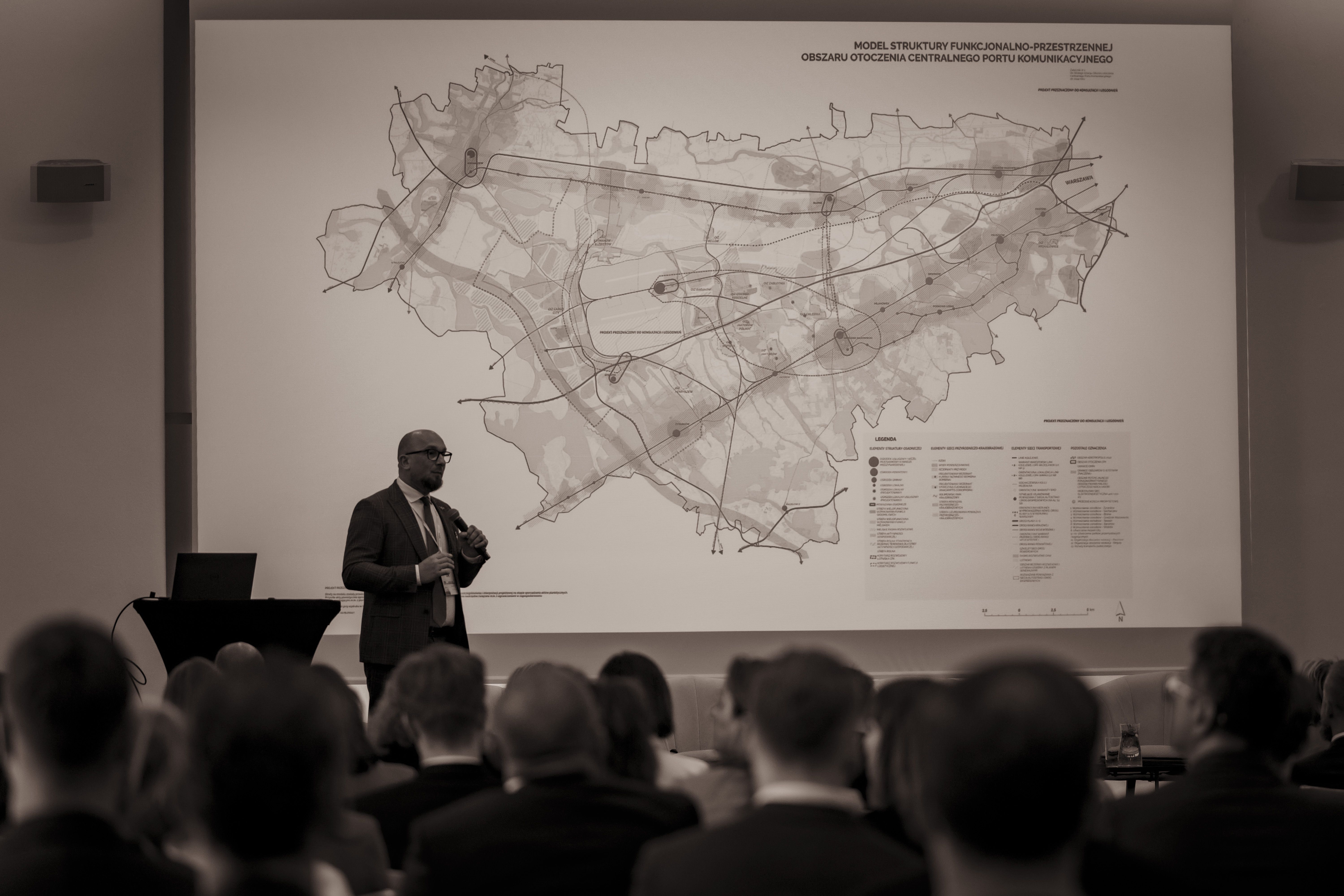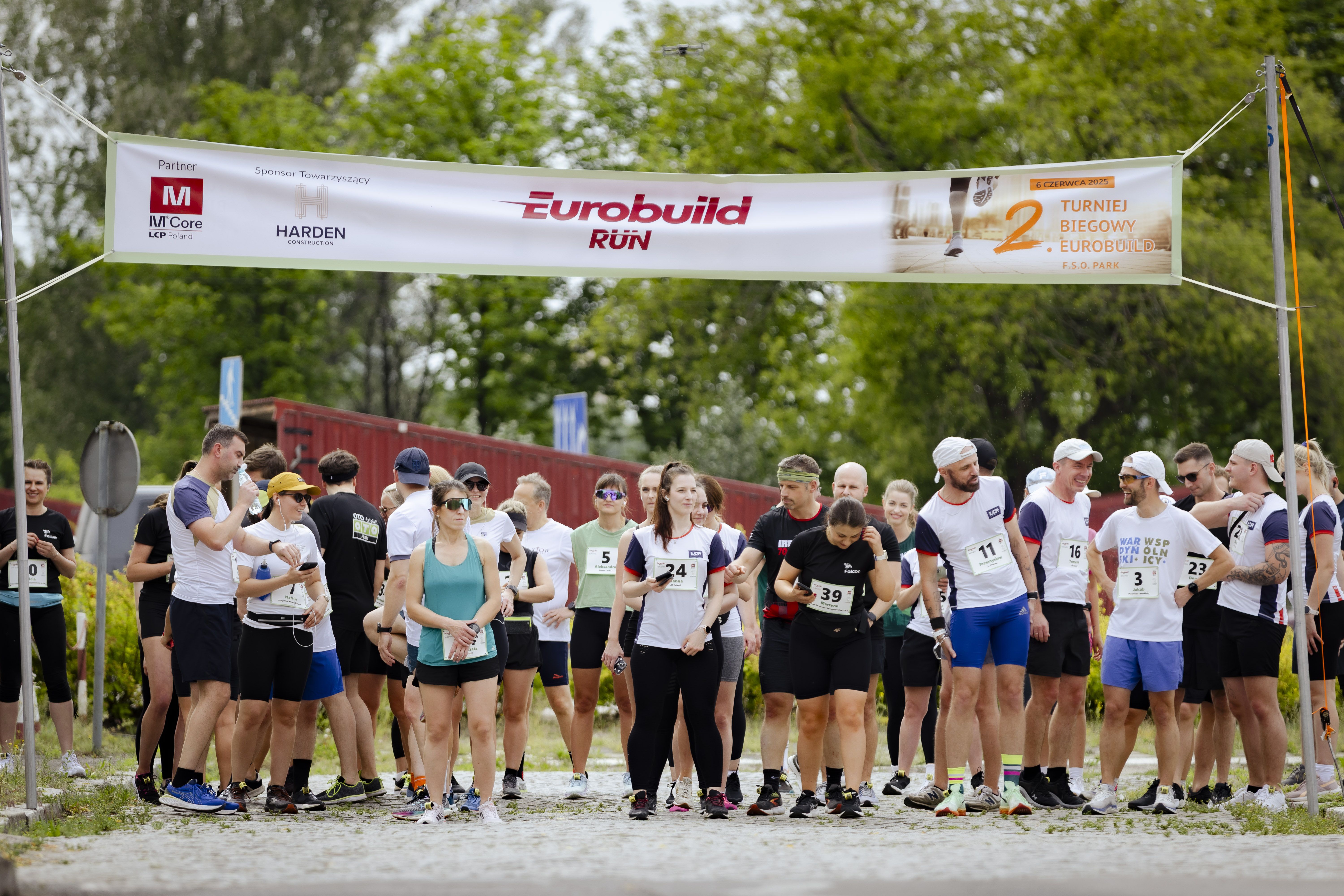The Invested Interest – Buyers and Sellers Get-Together conference at the Warsaw Hilton
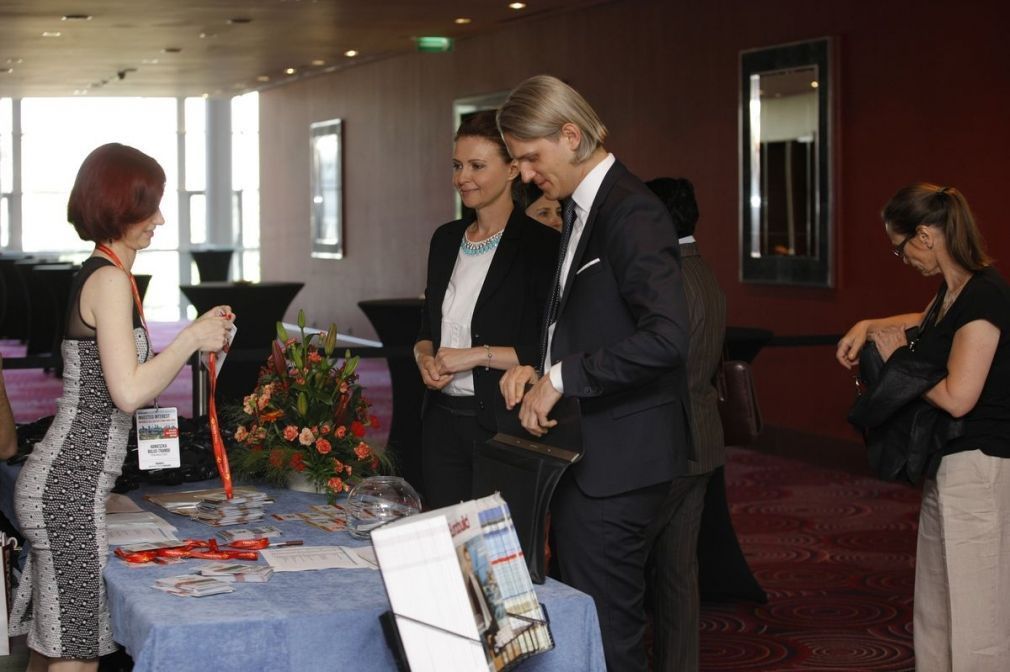
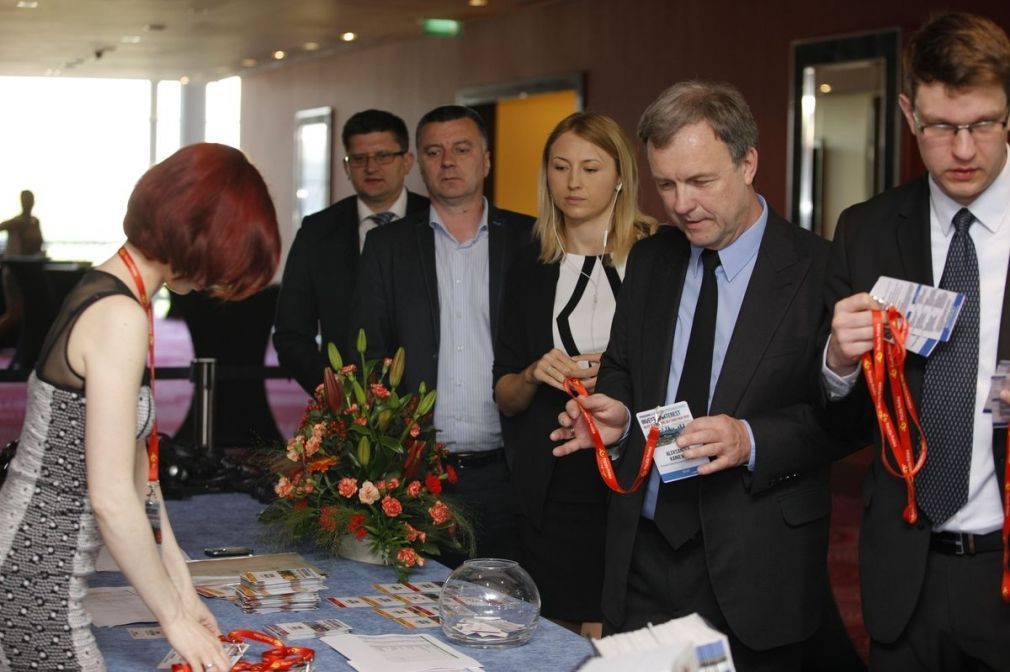
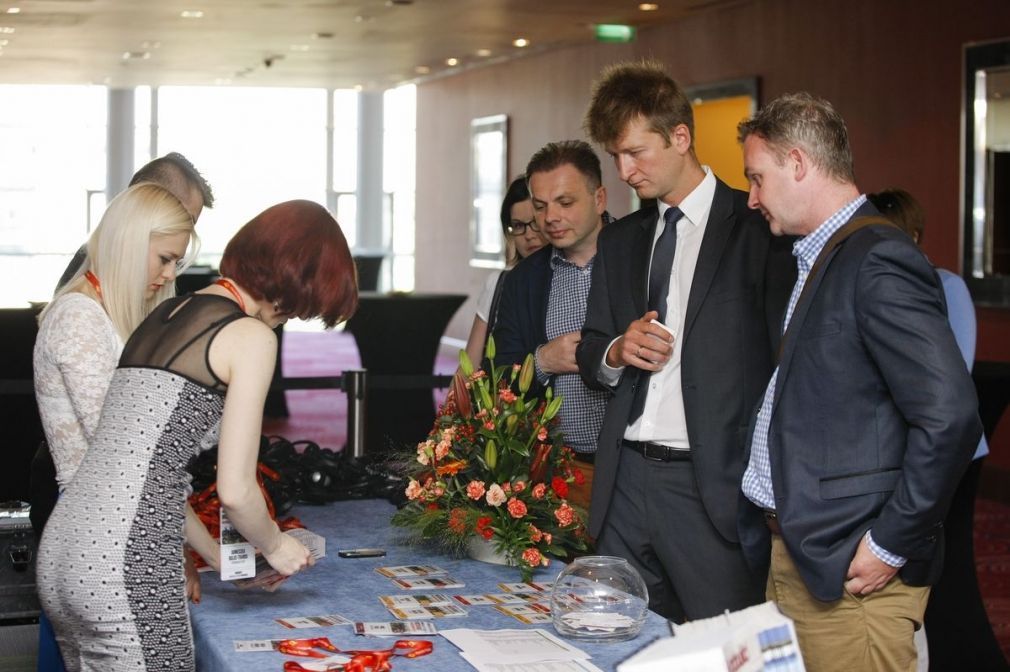
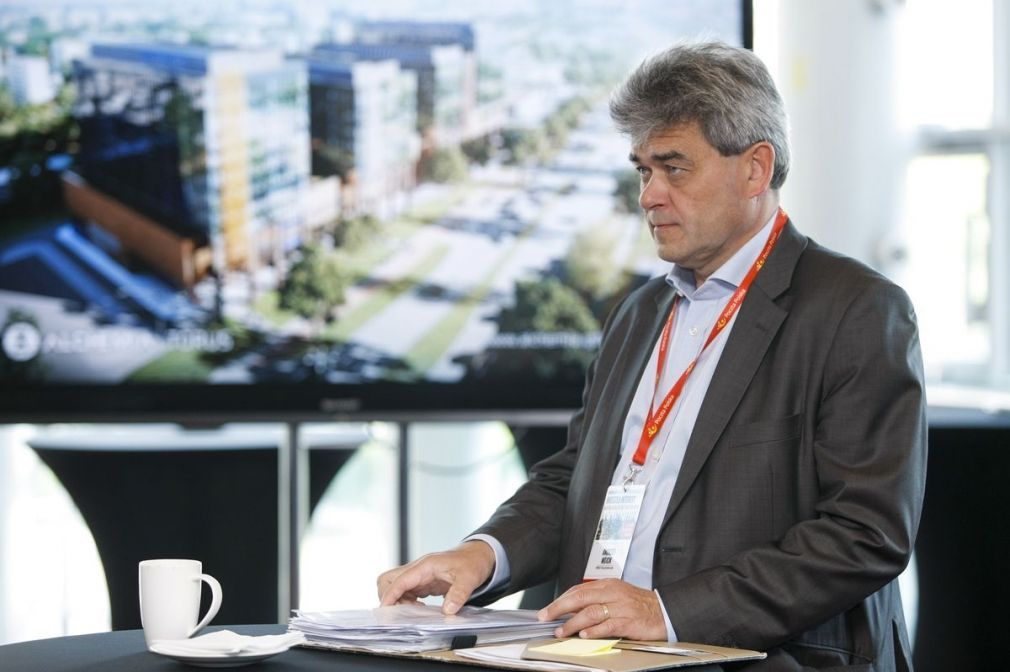
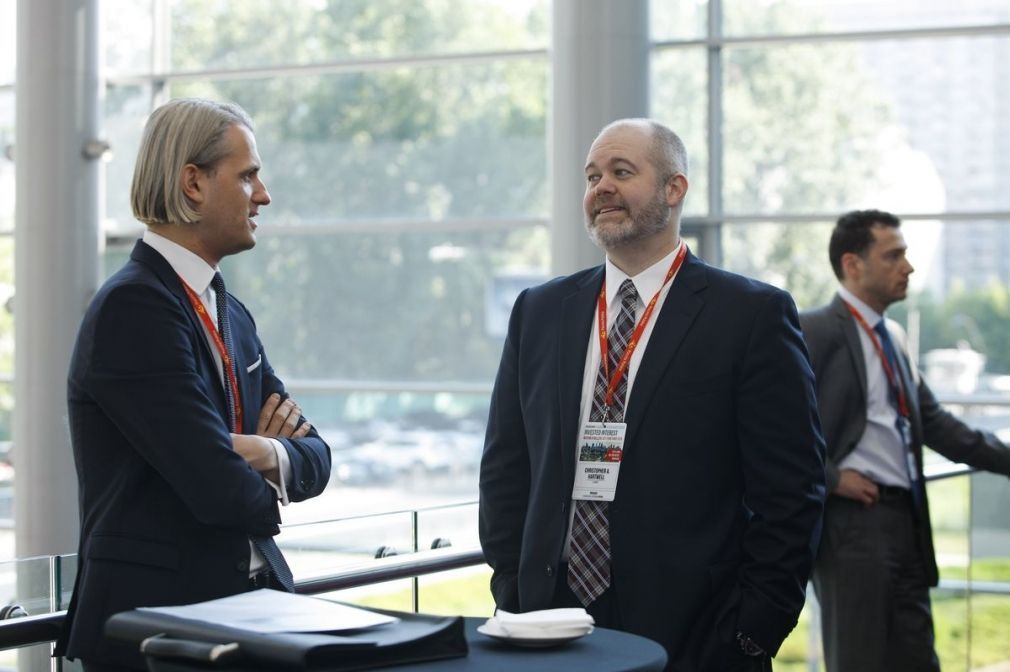

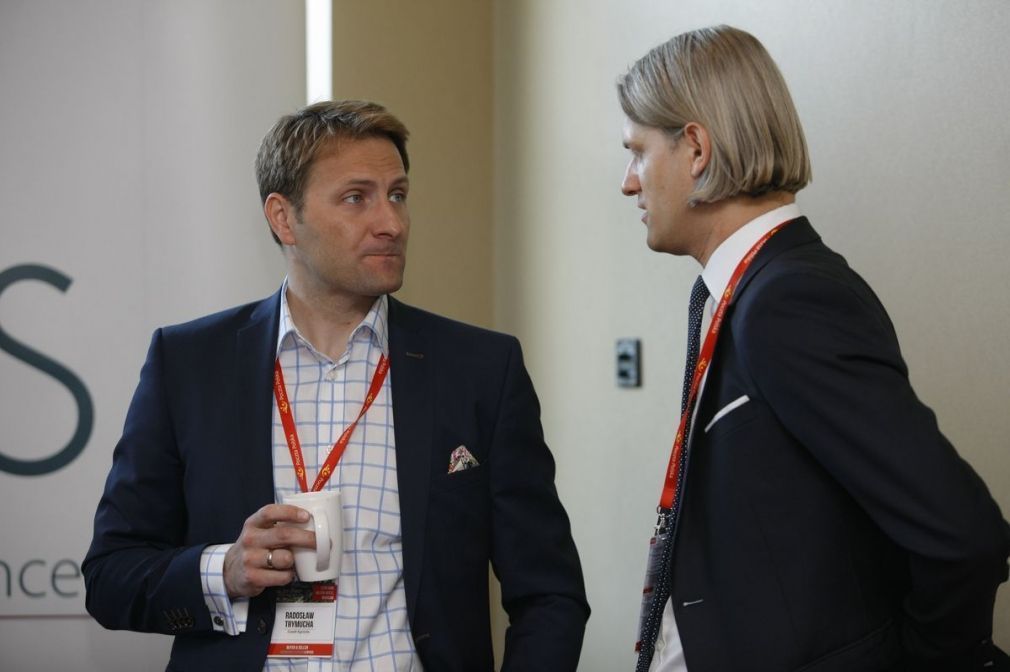
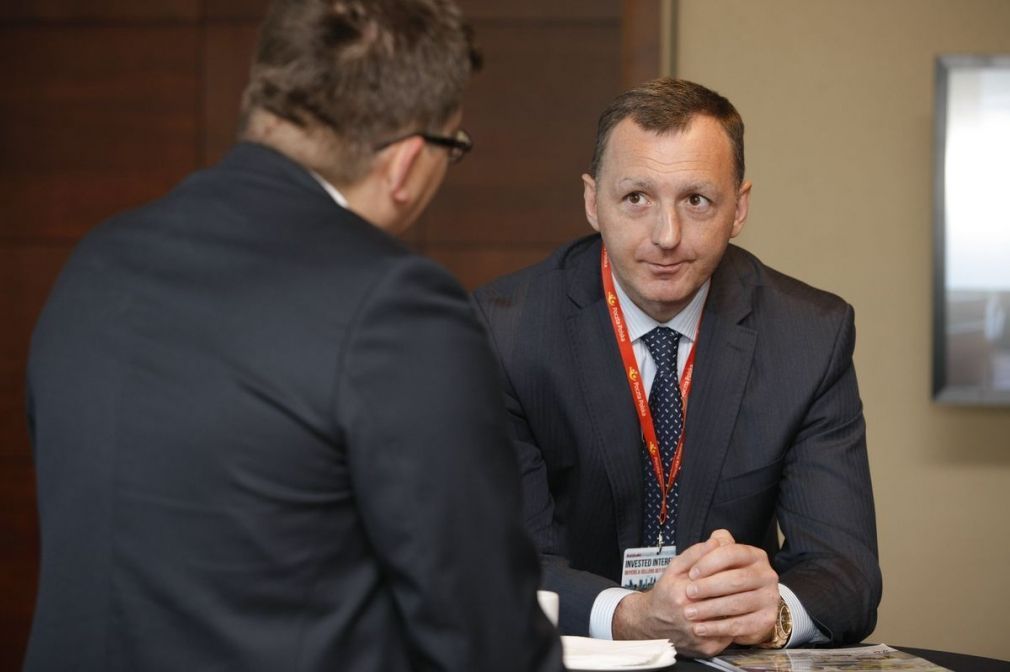
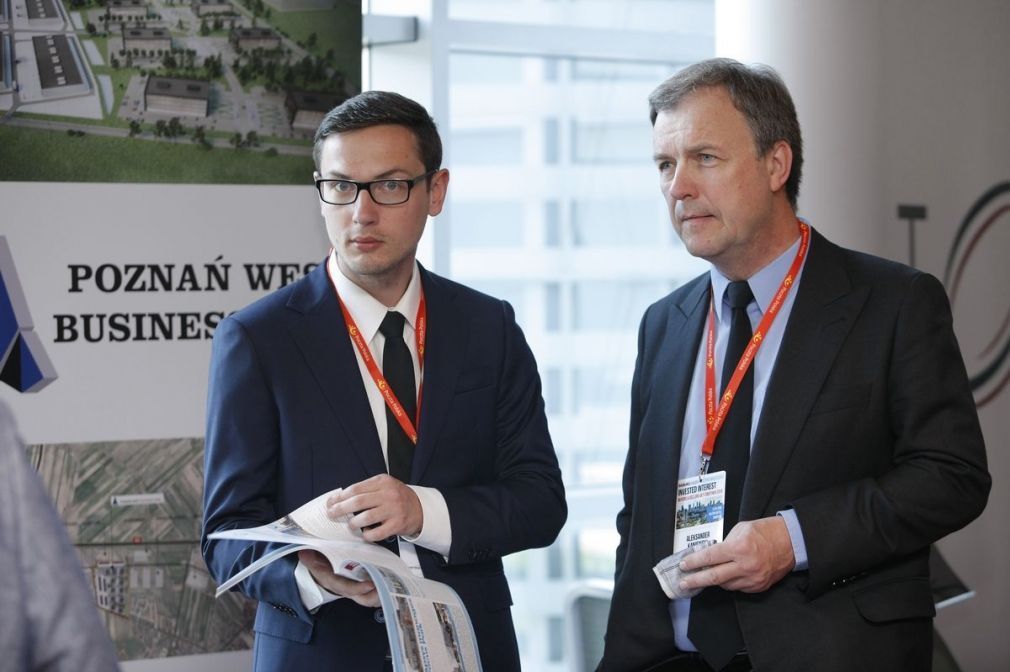
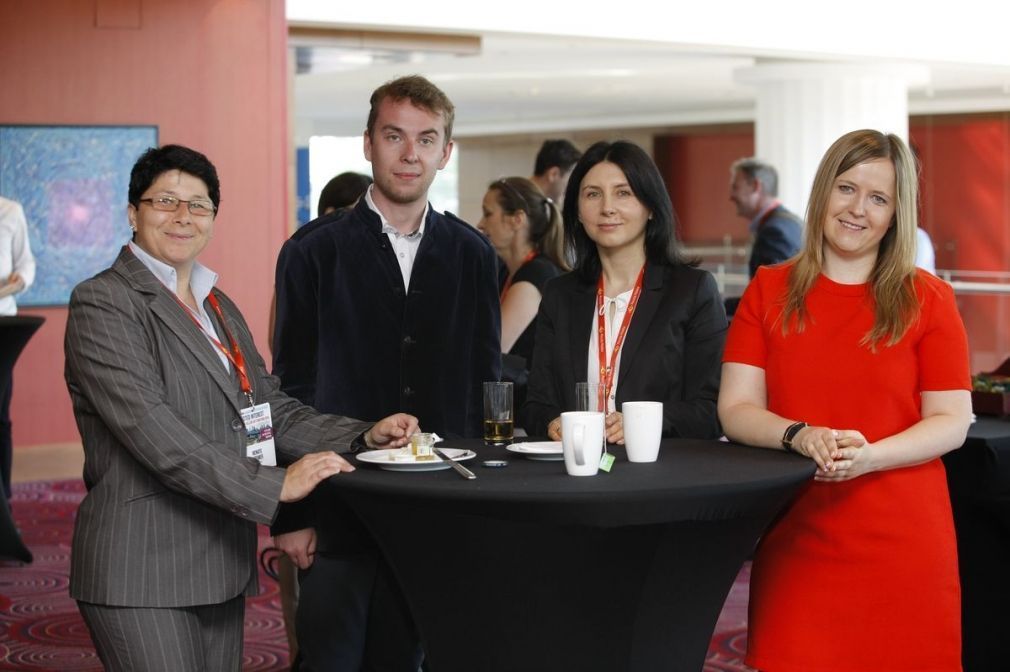

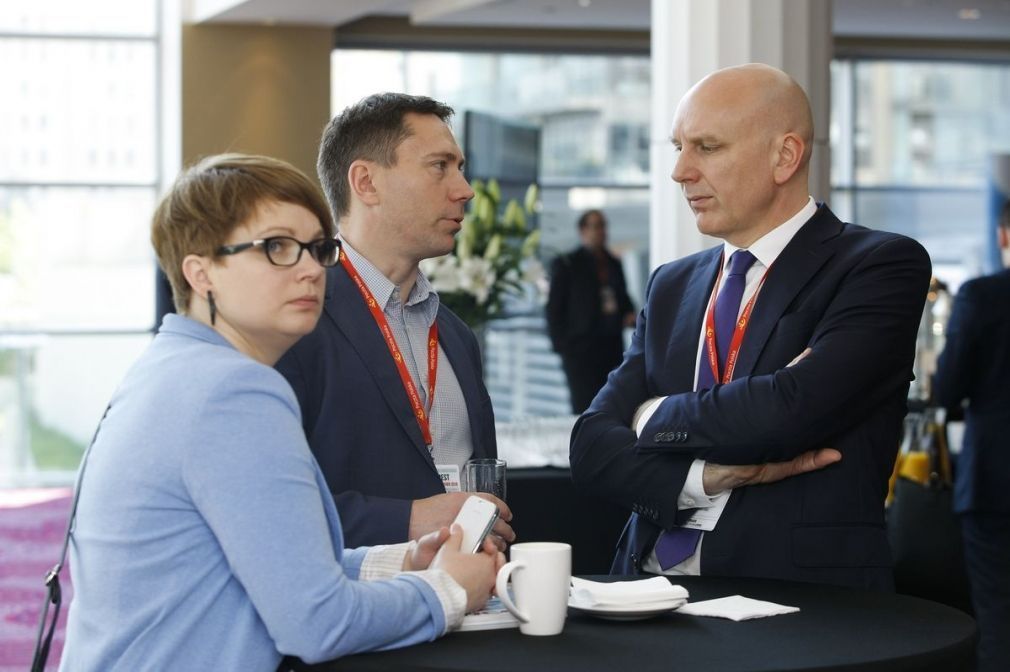

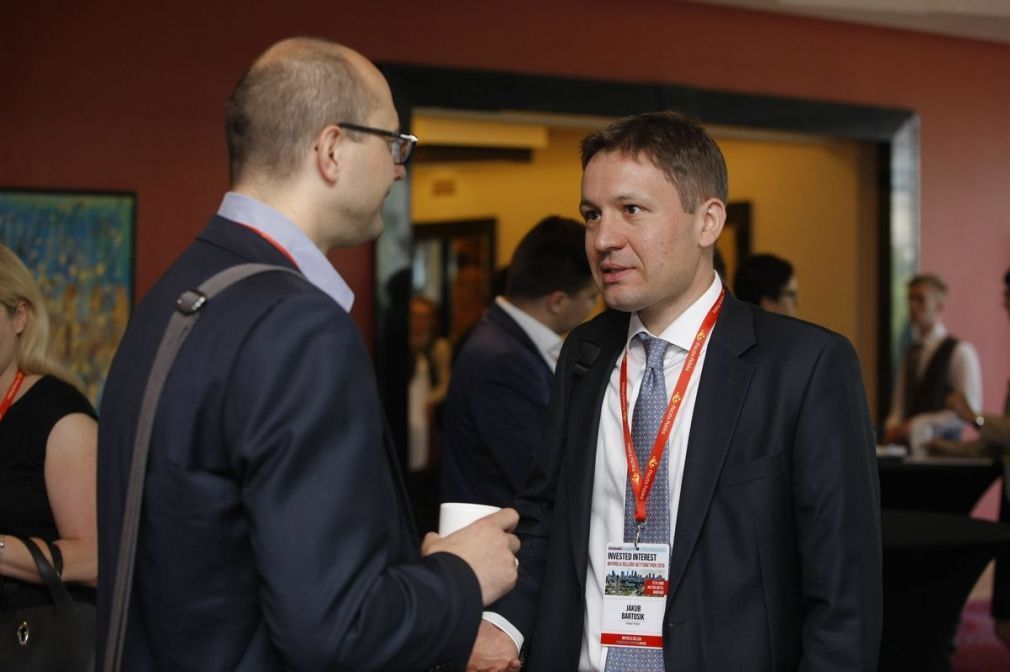

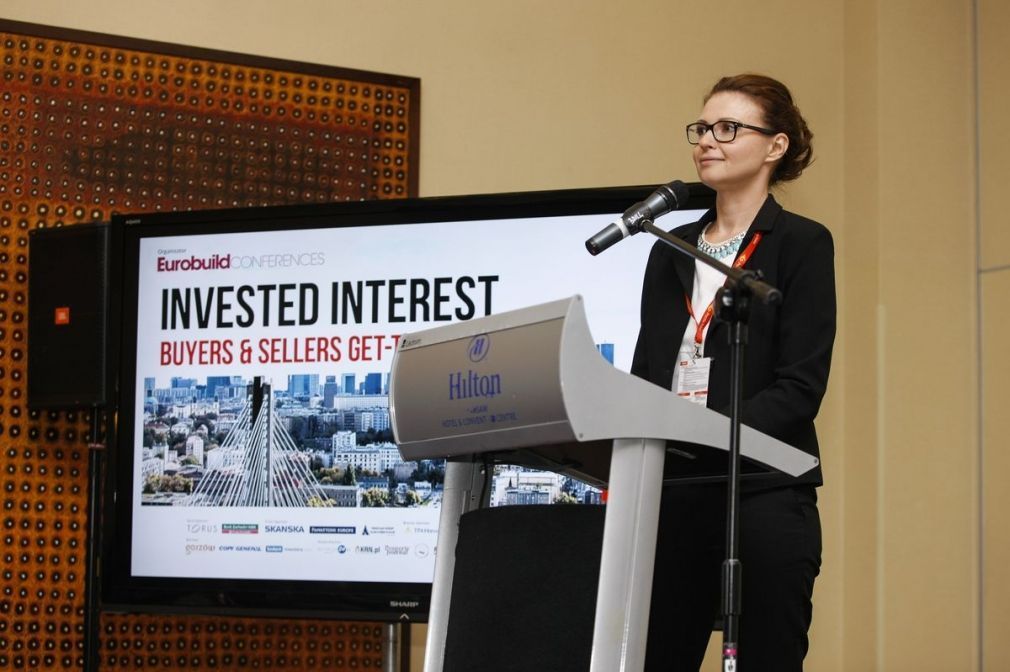
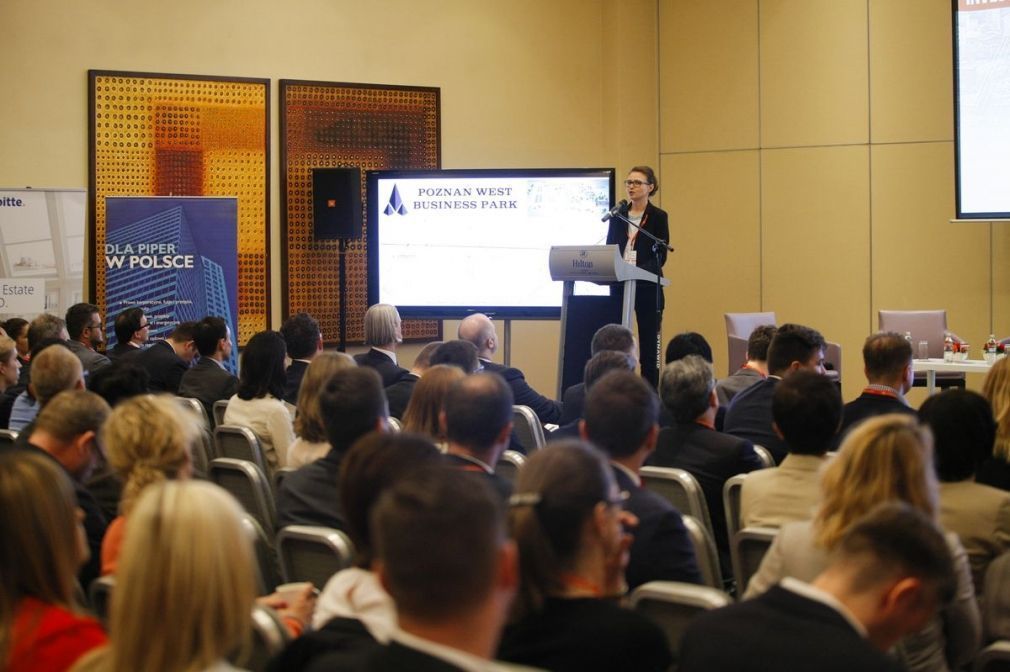
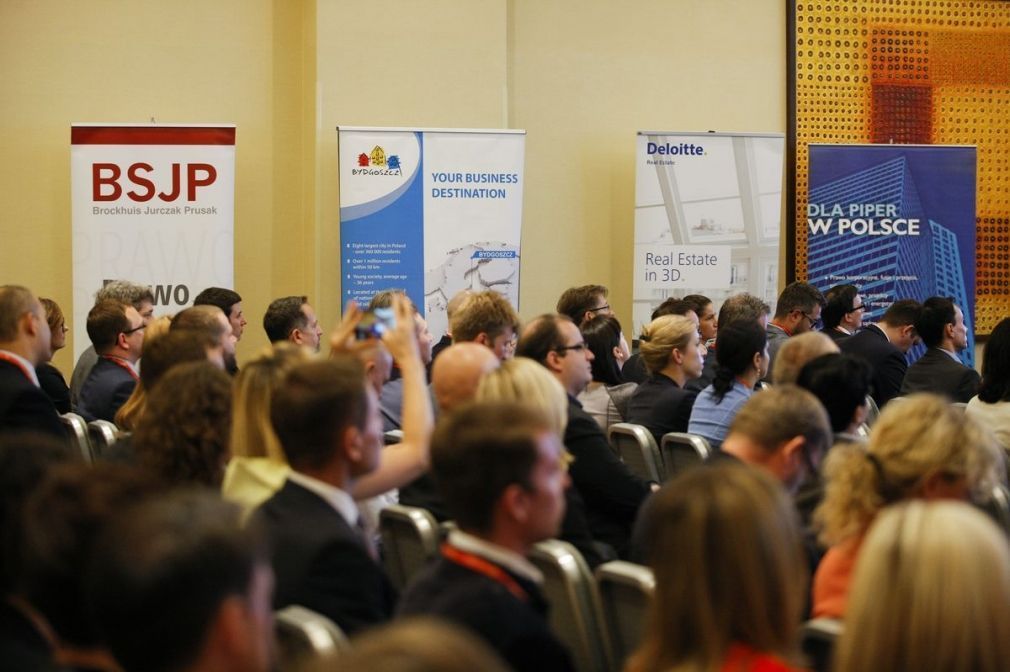
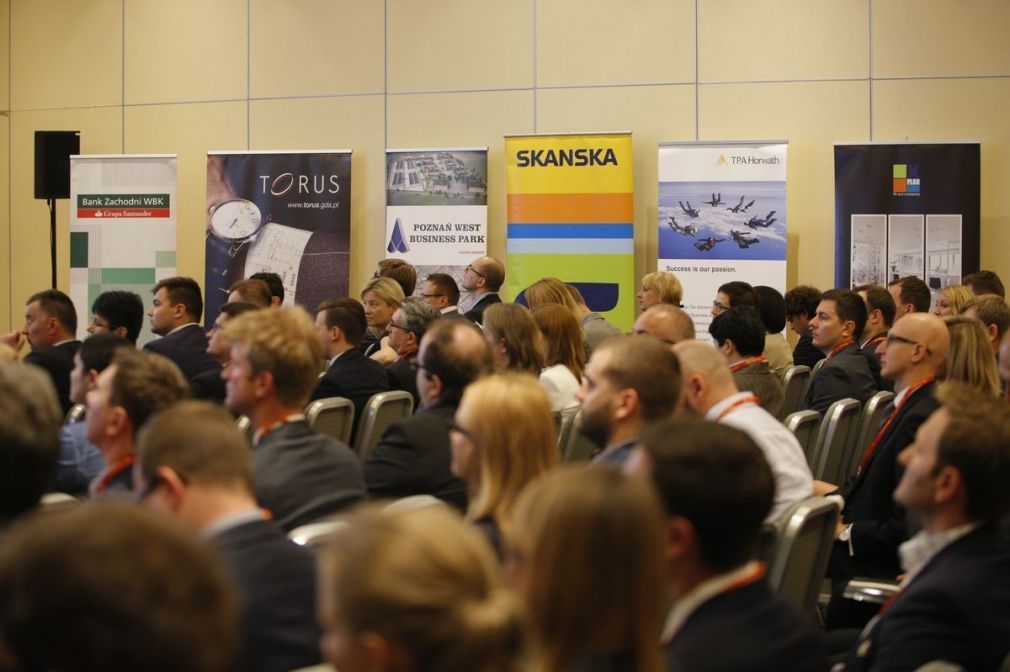
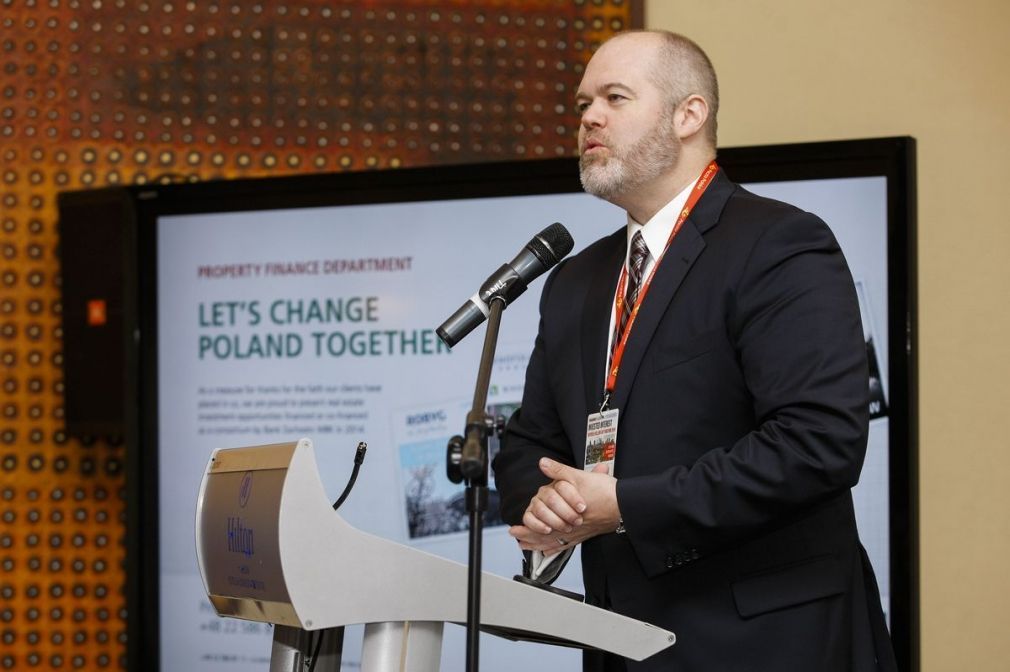
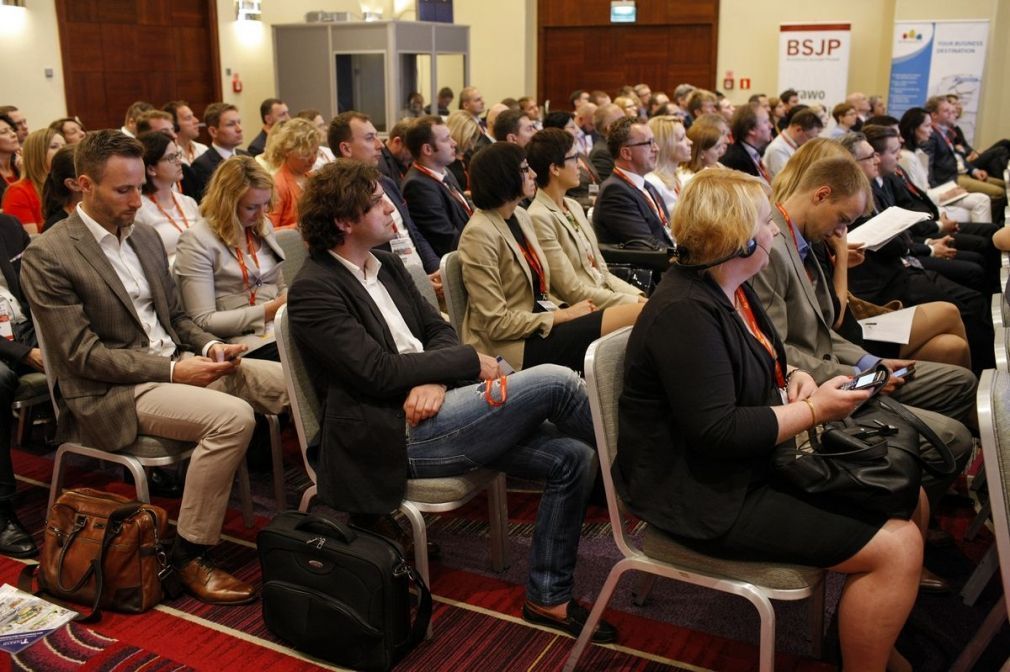
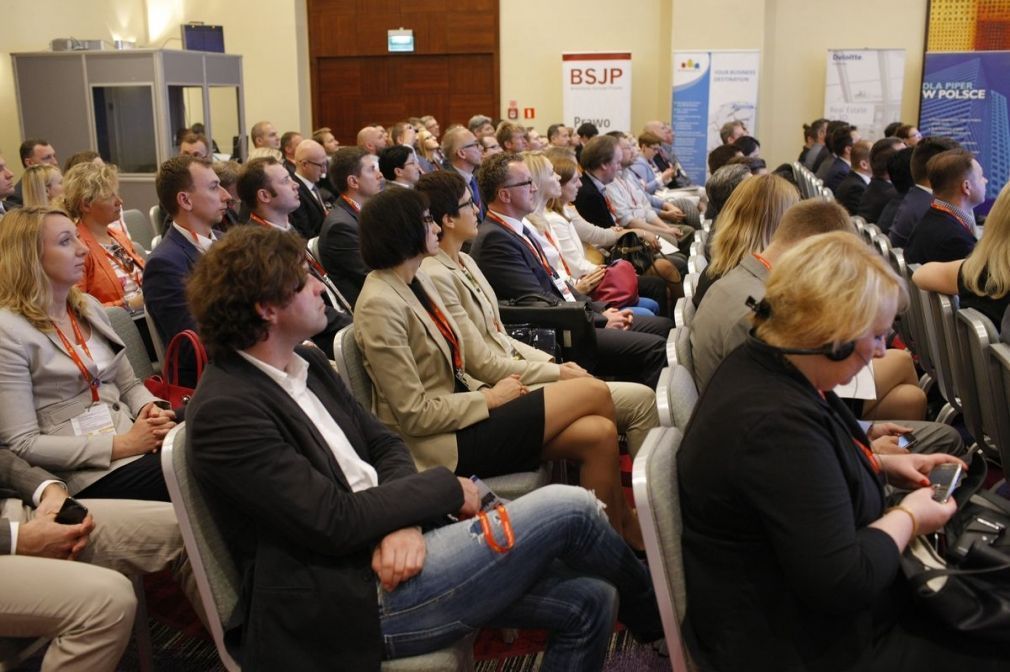

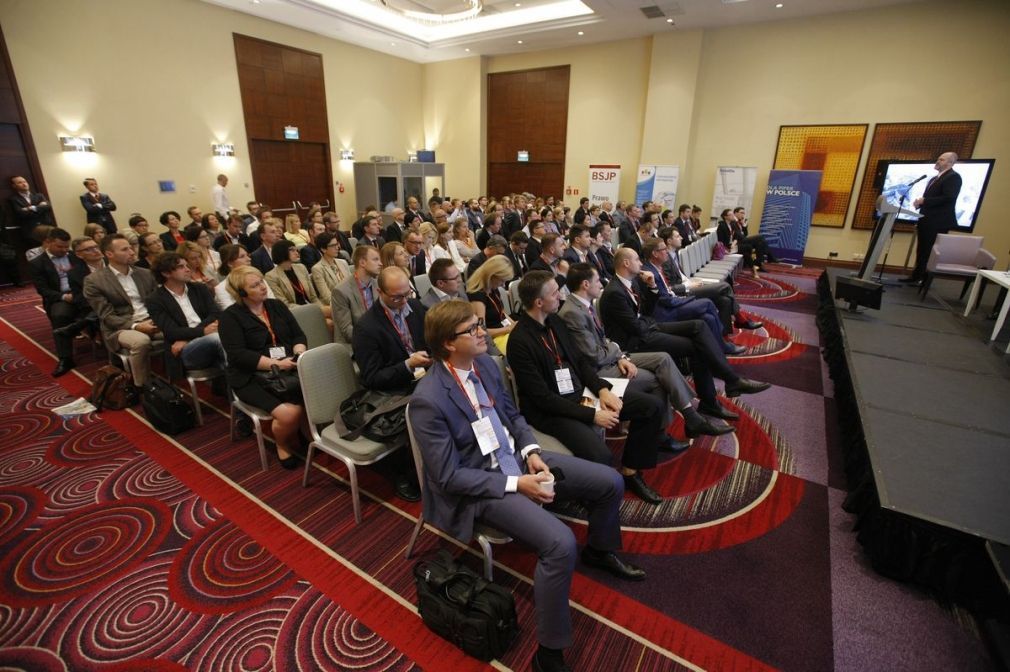

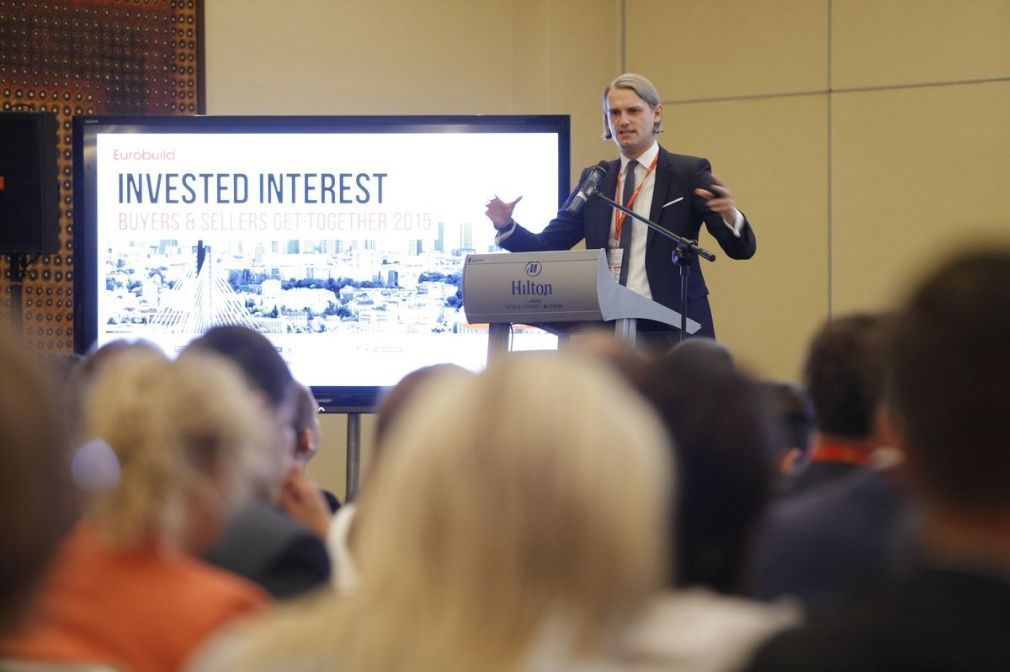
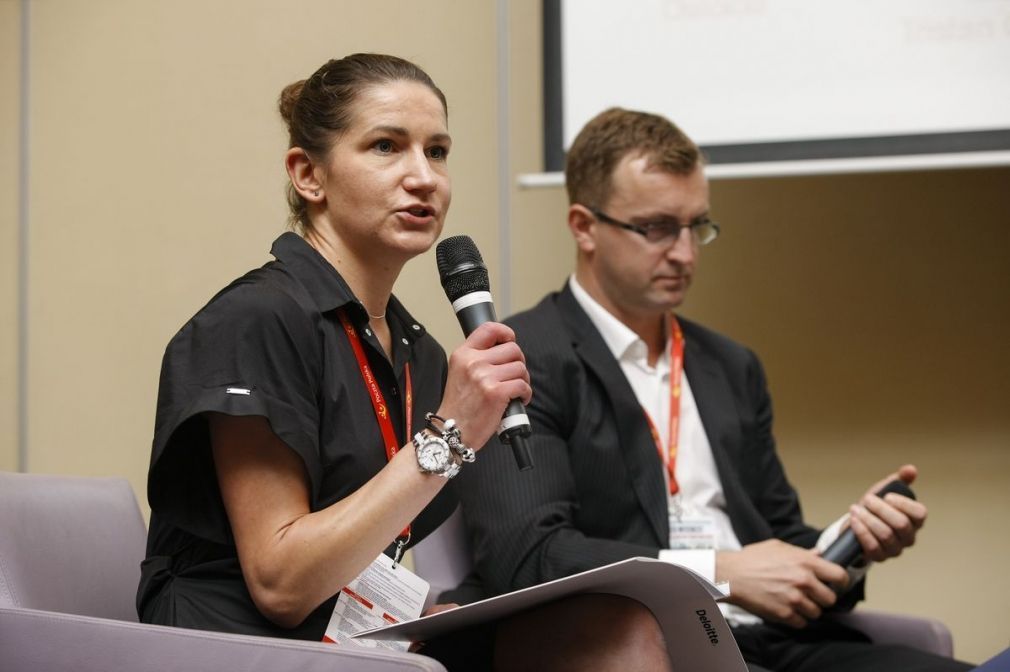
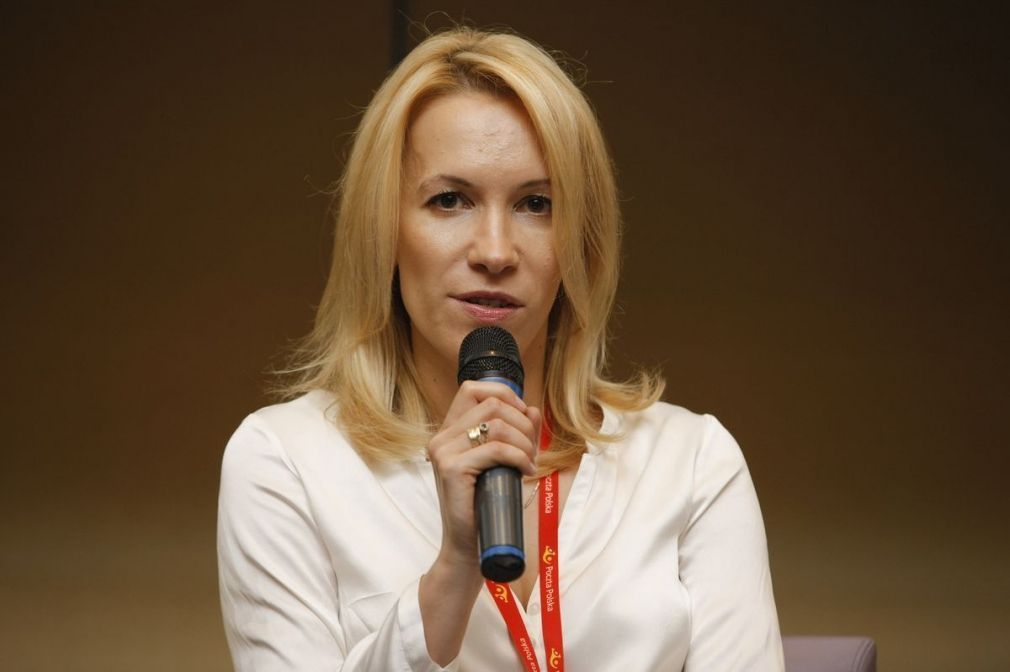
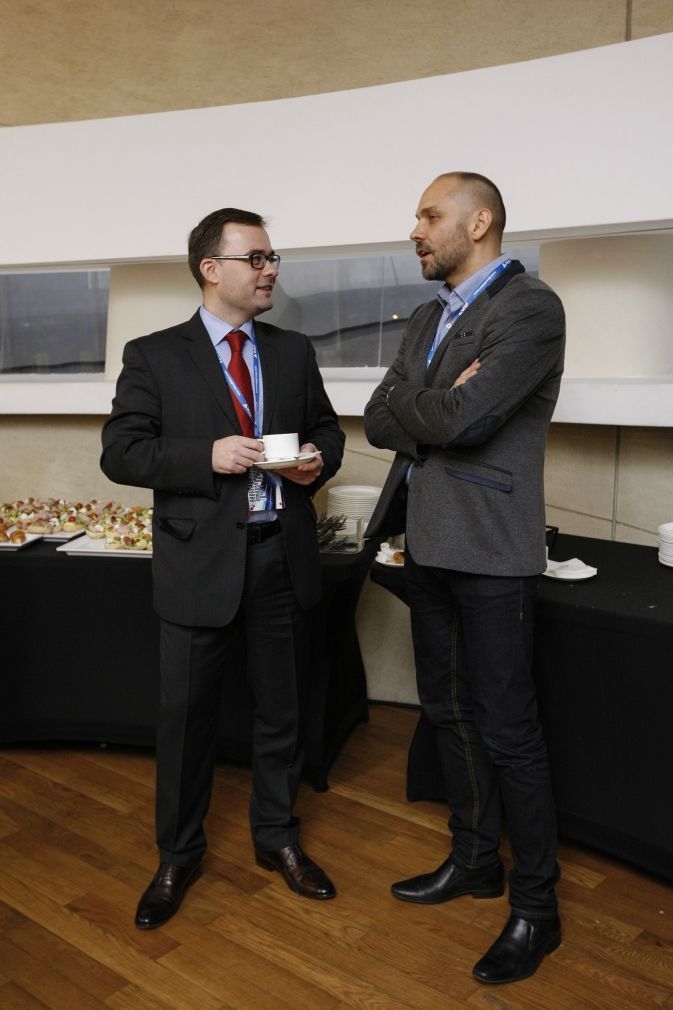
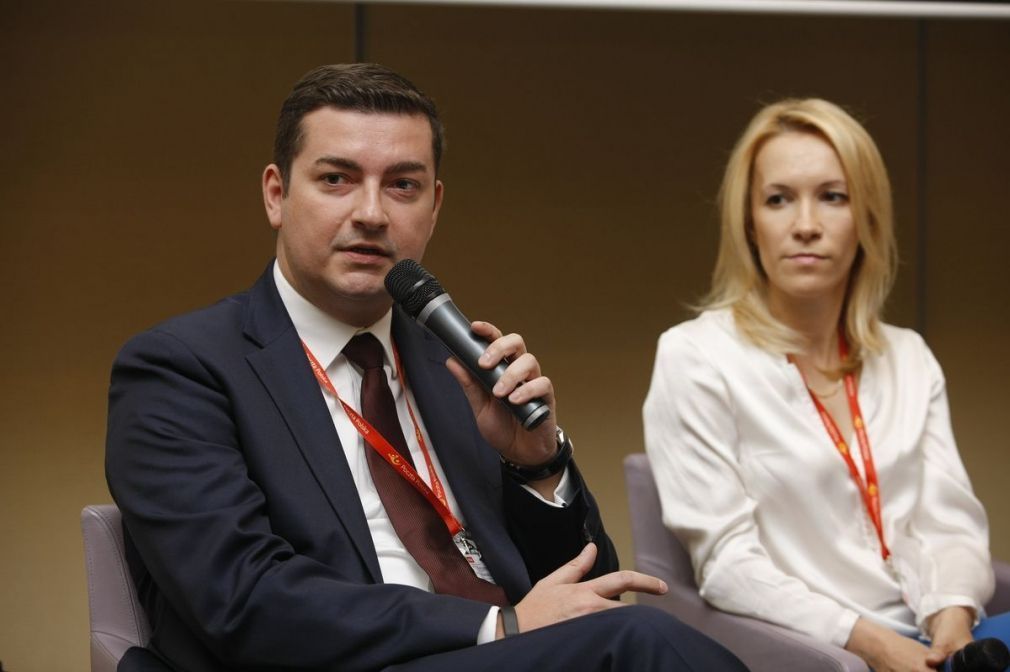

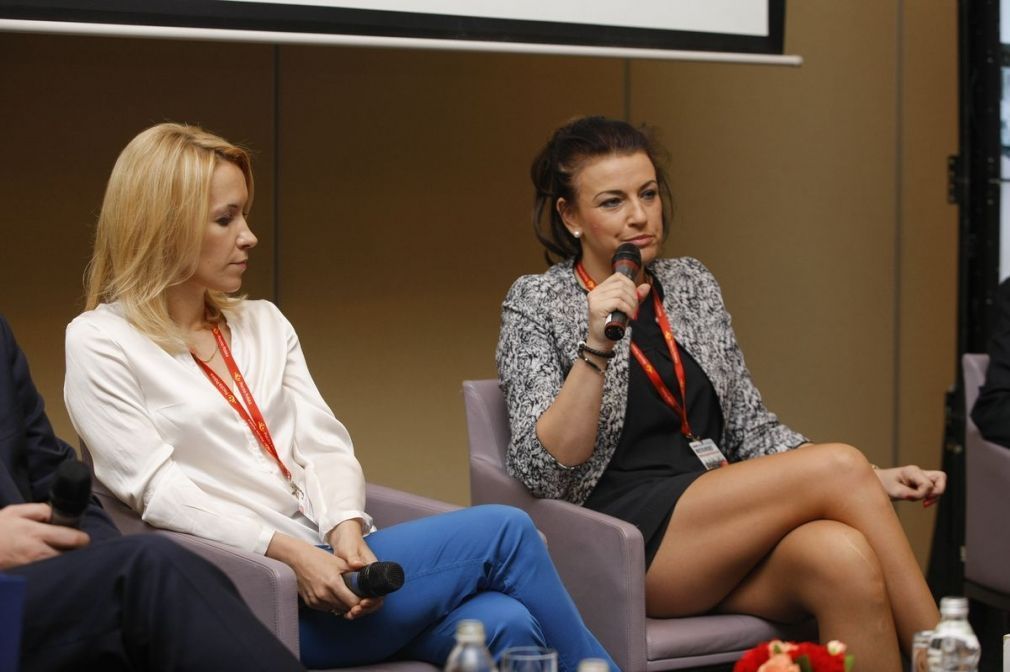
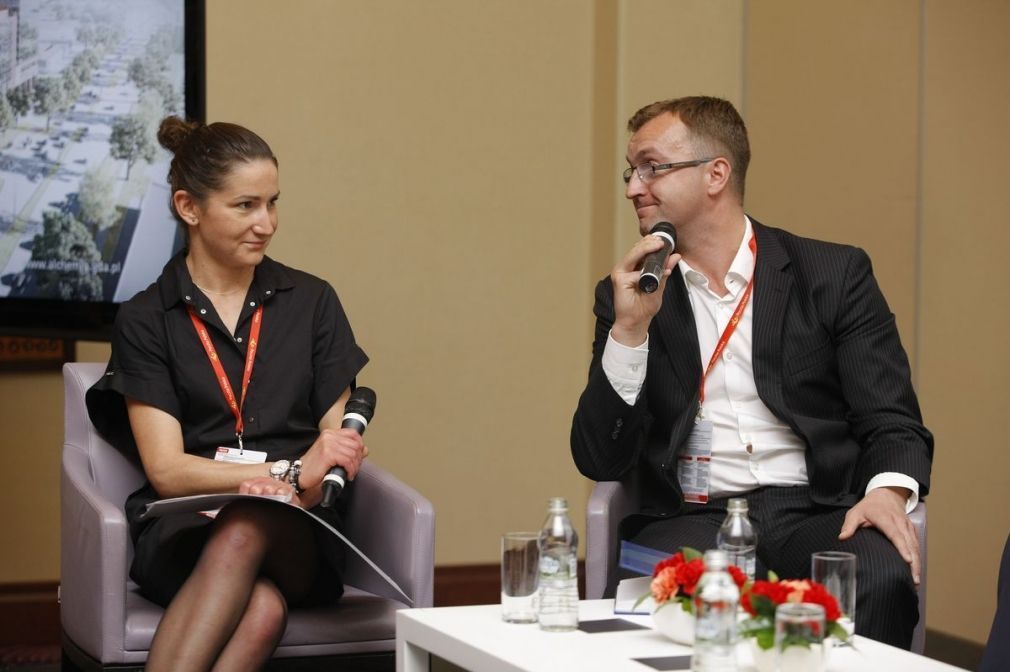
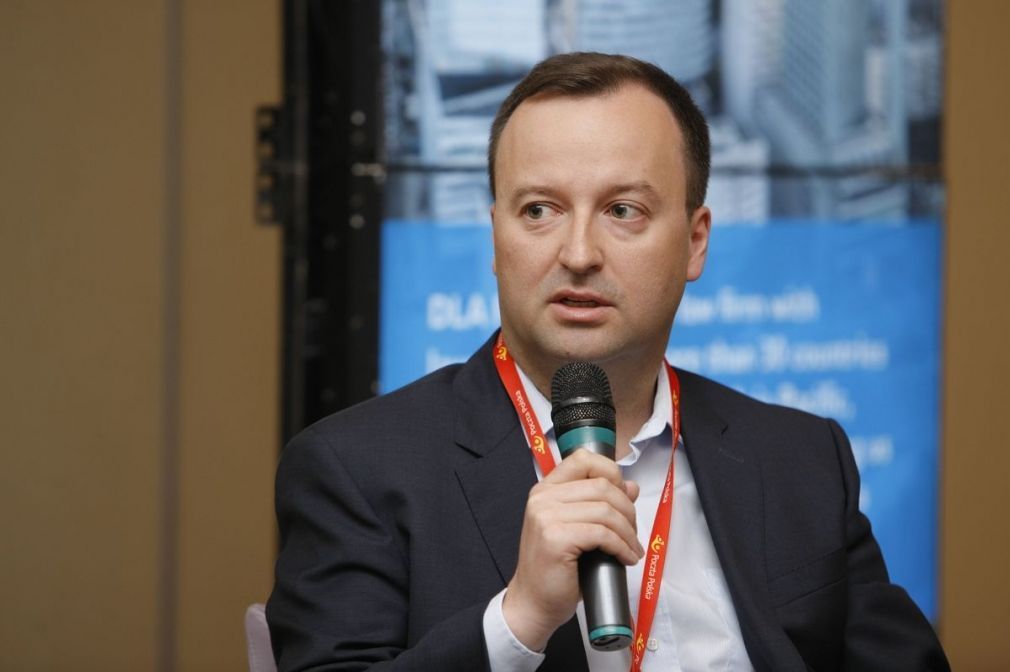
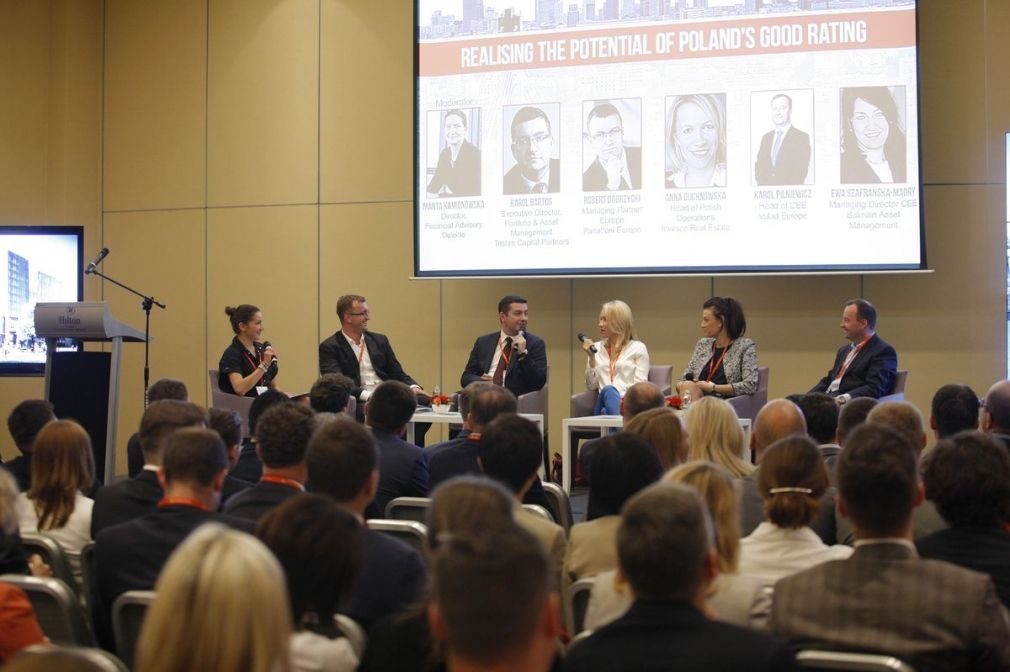
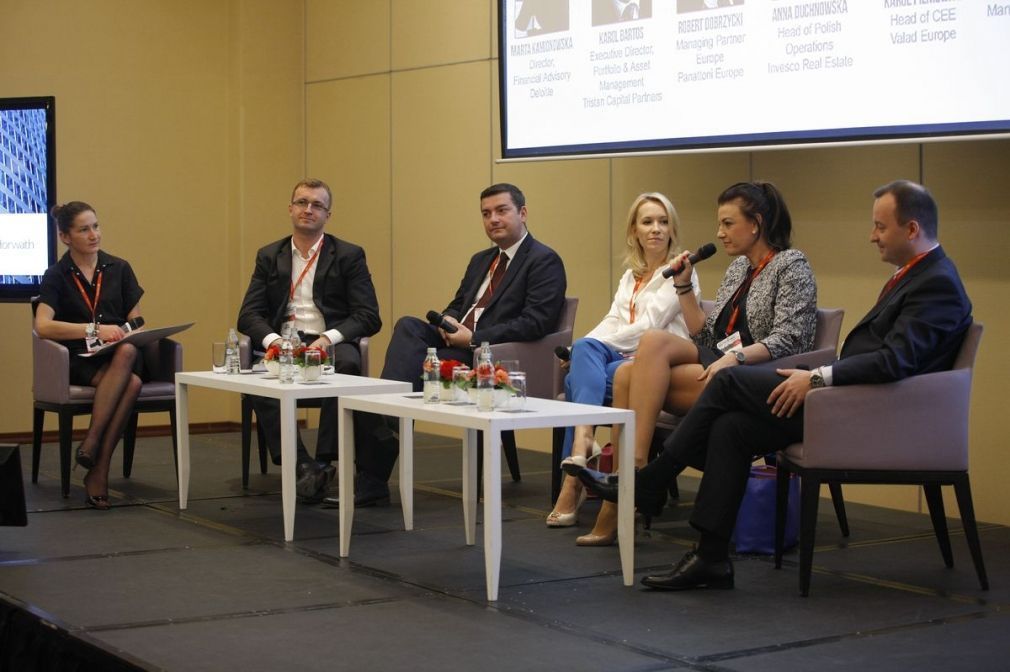
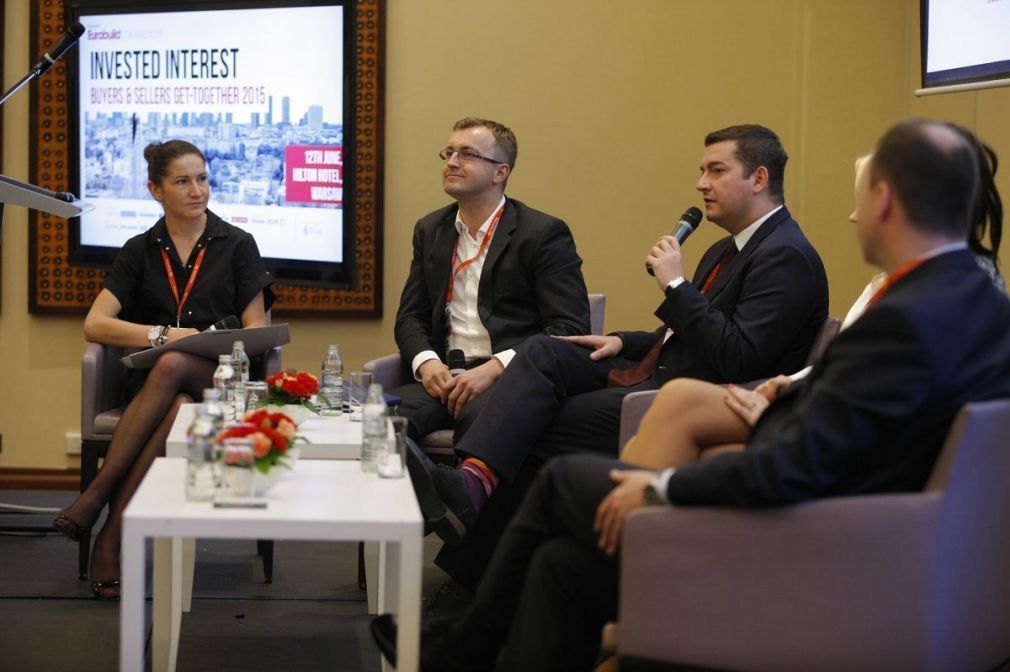
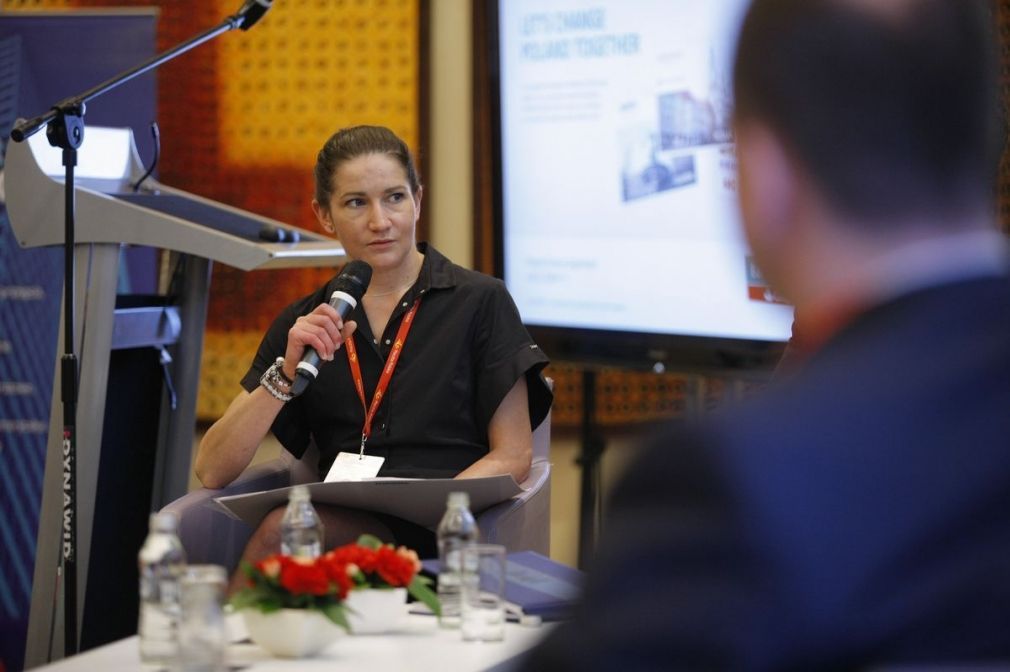
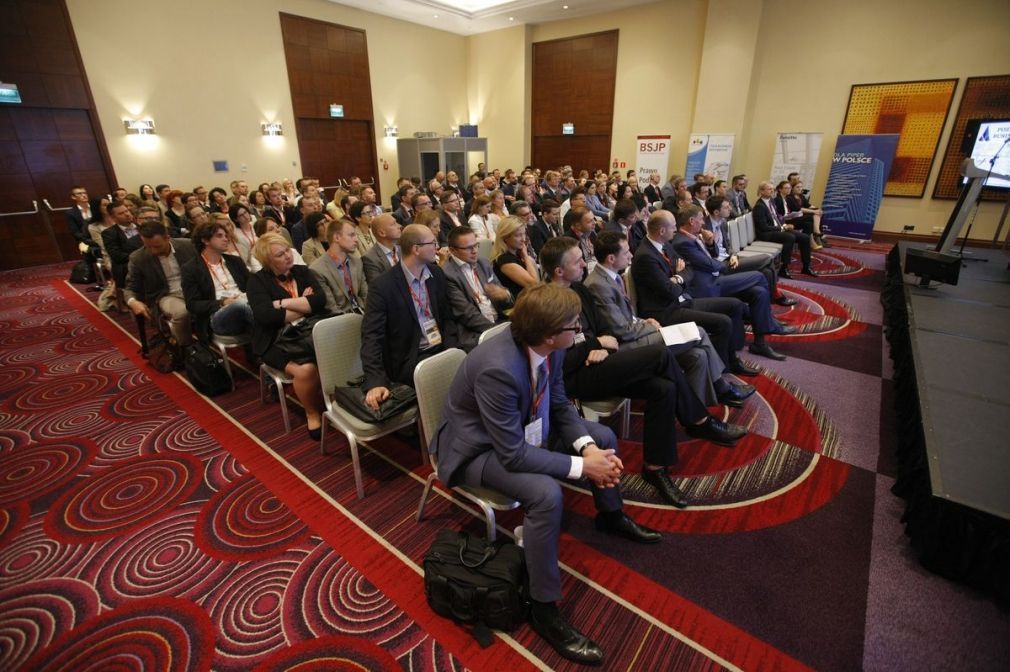
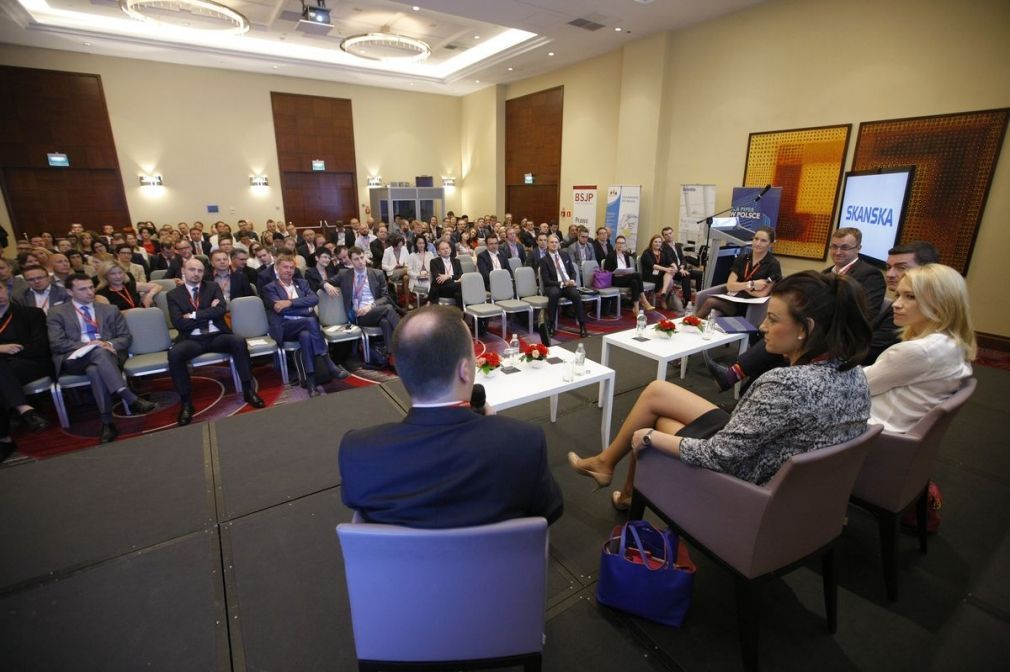

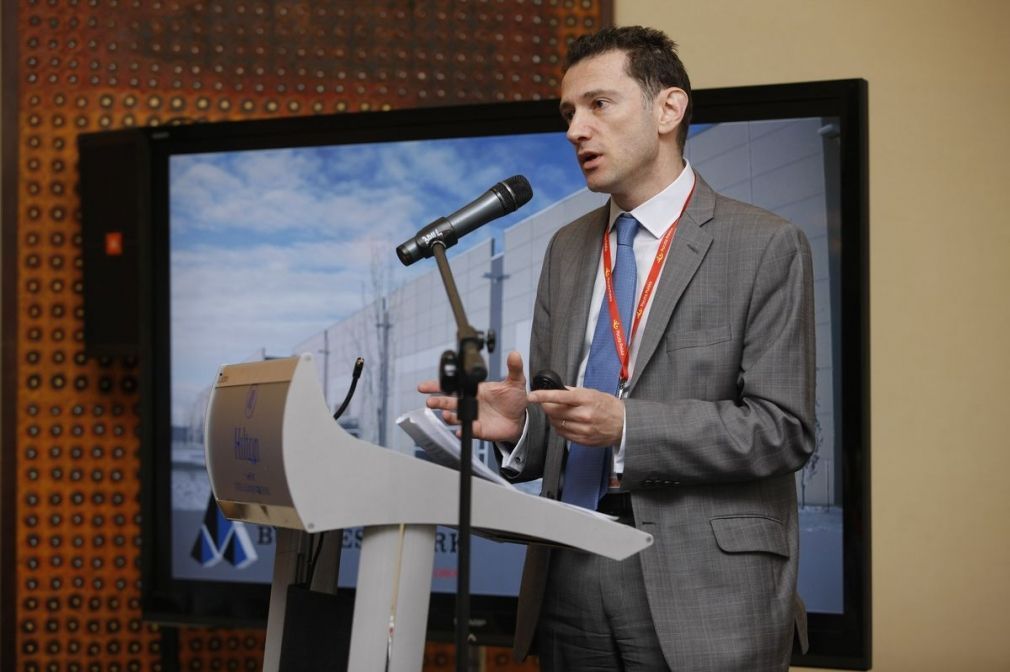
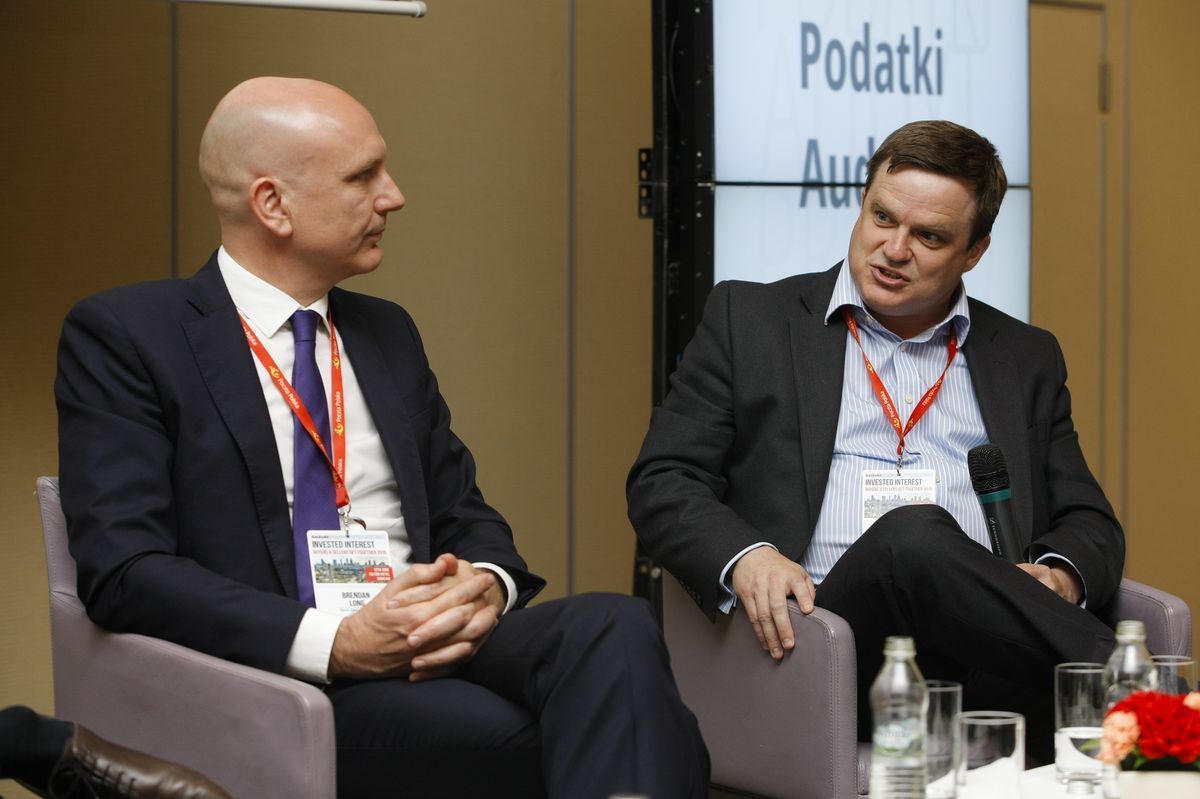
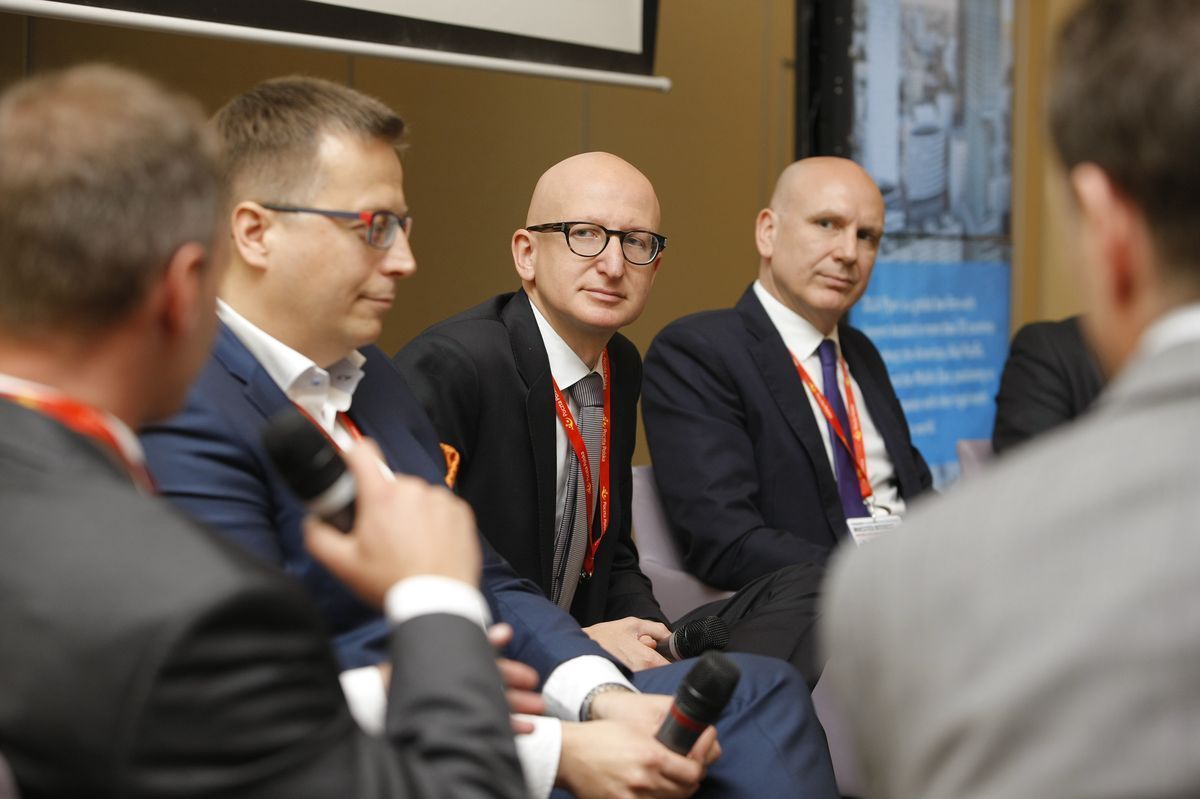

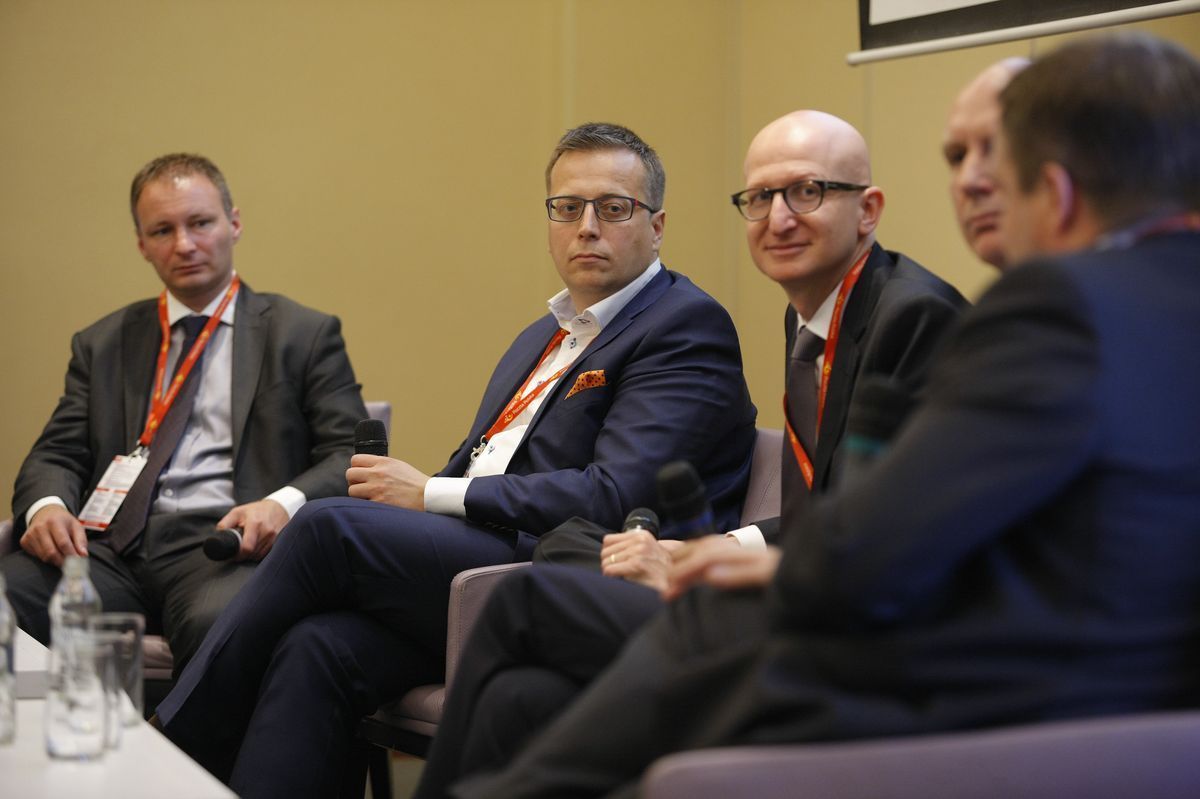
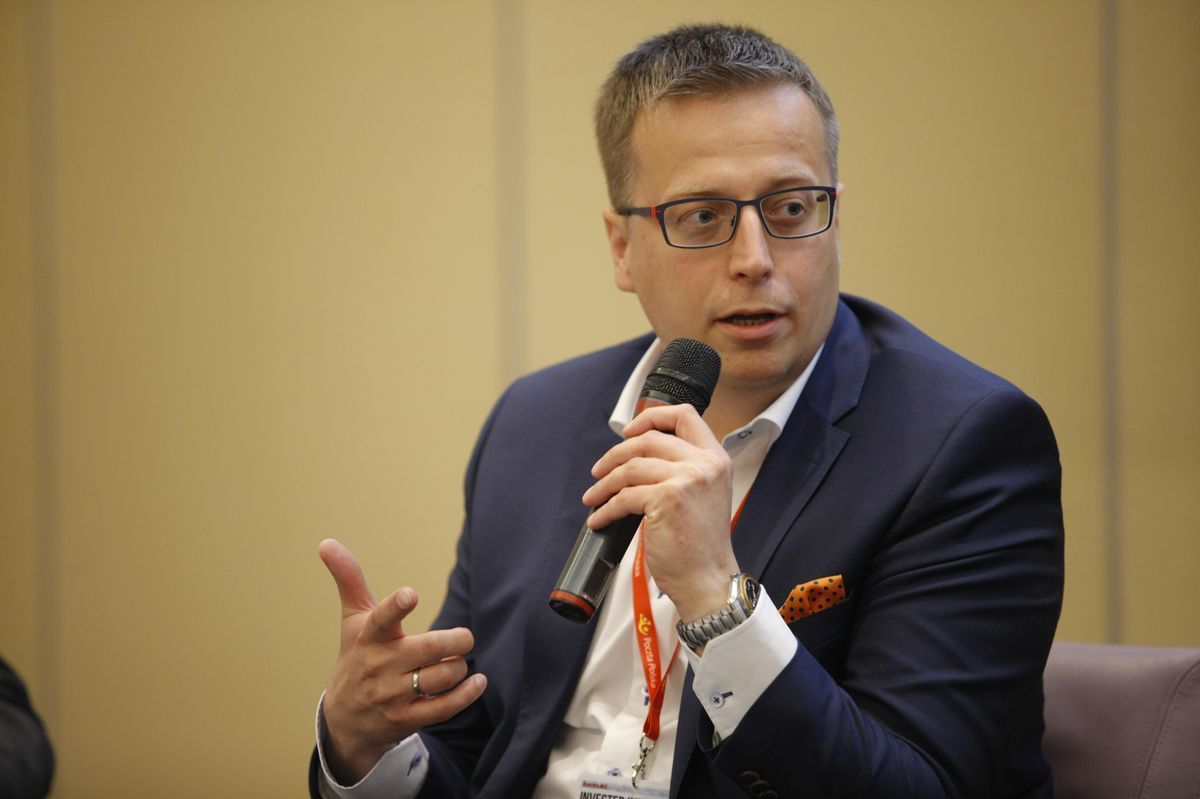
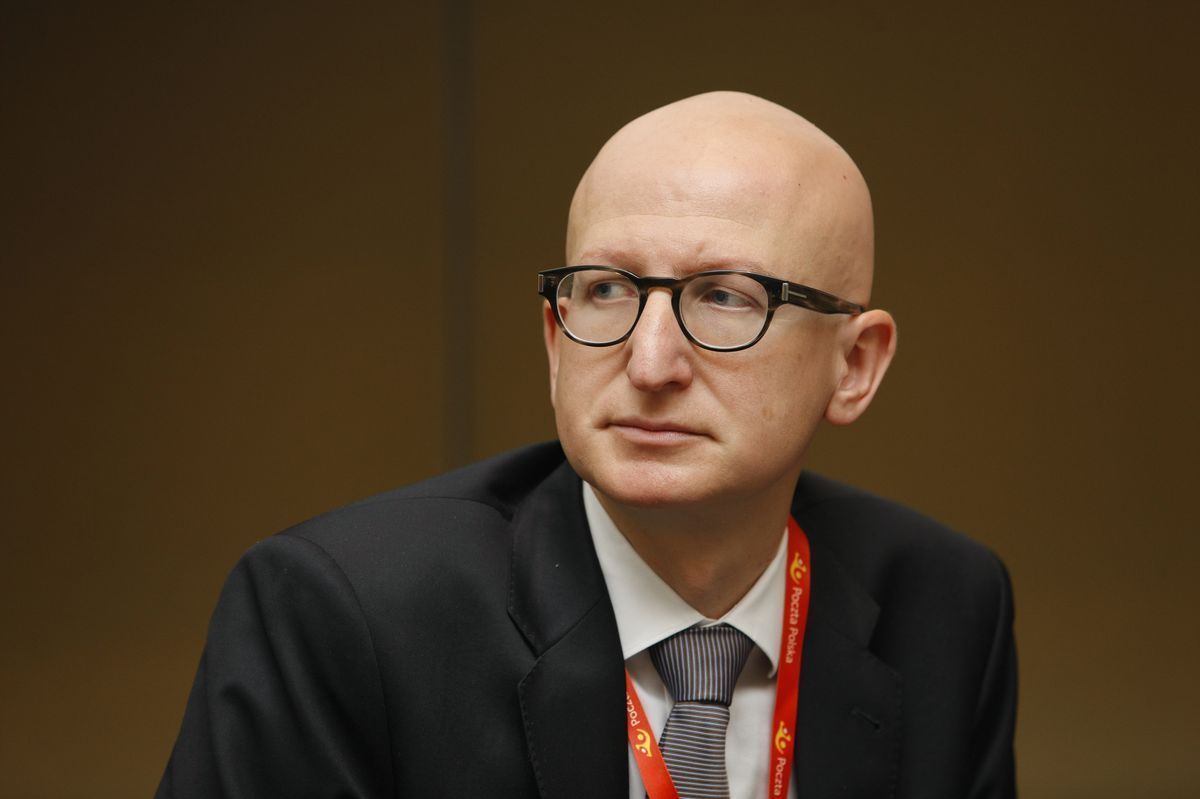
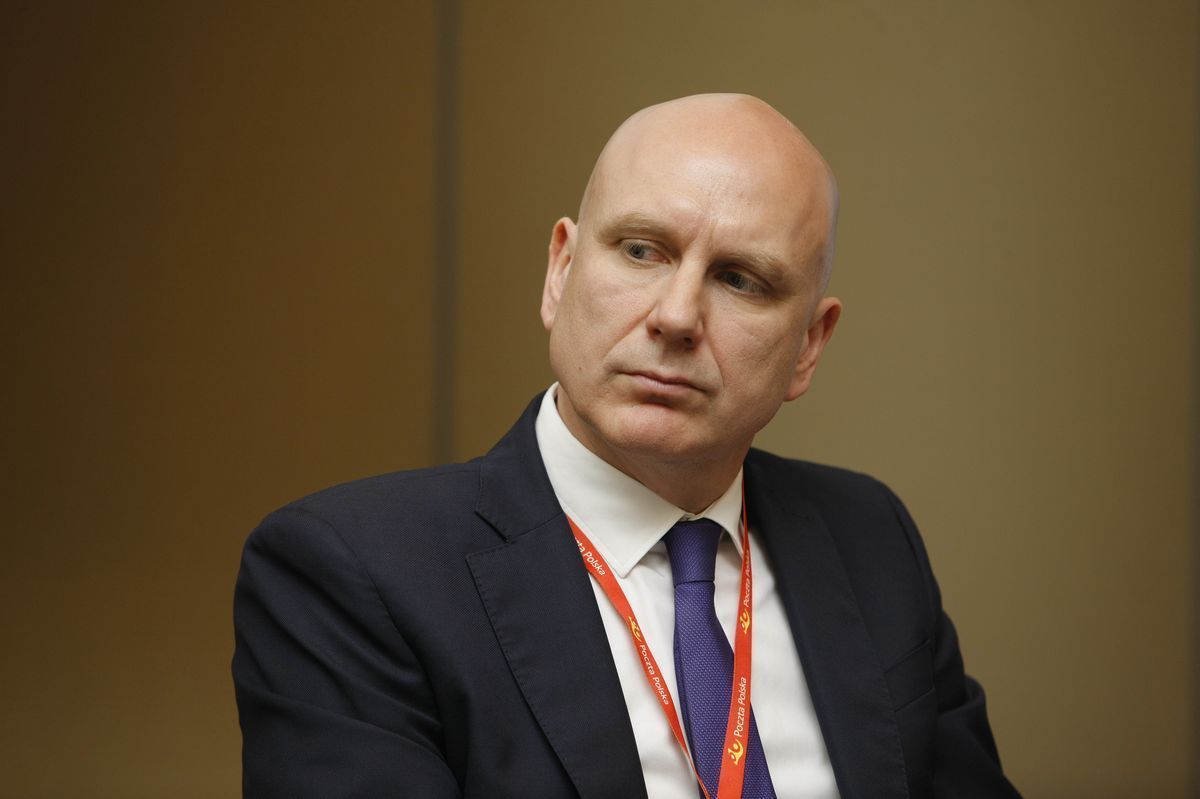
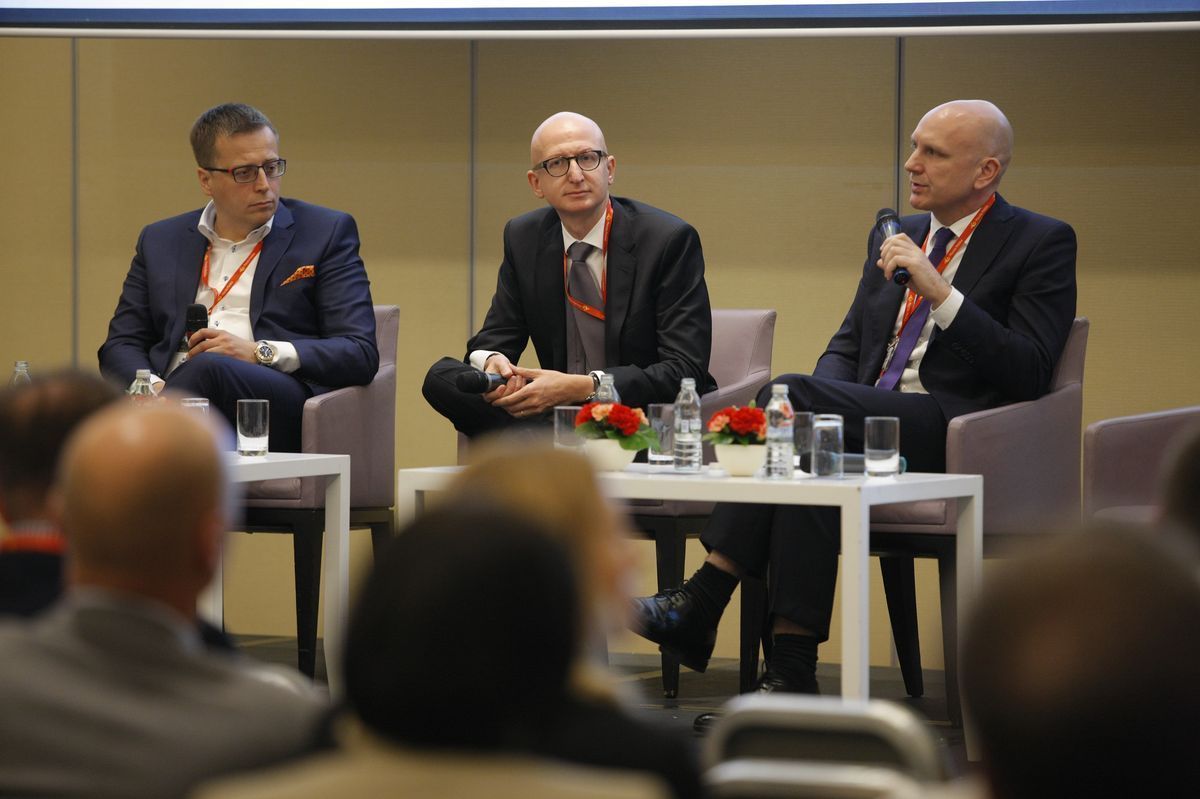
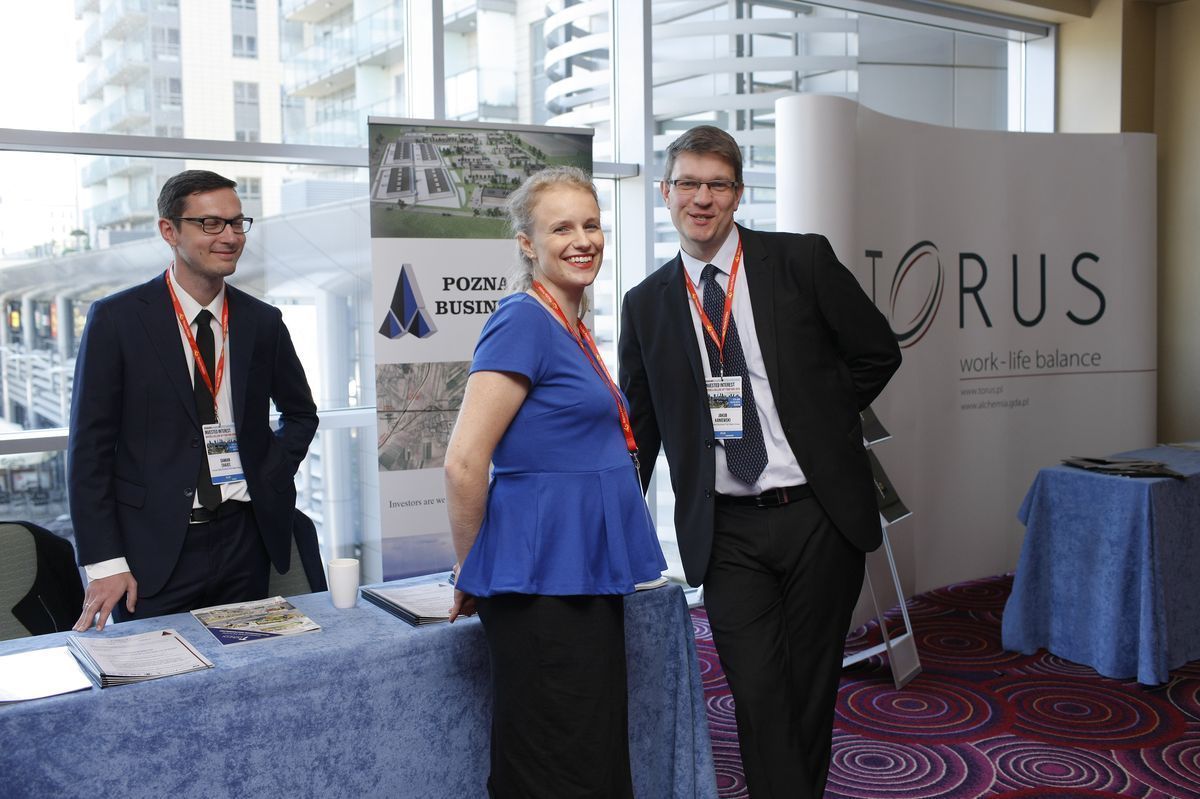
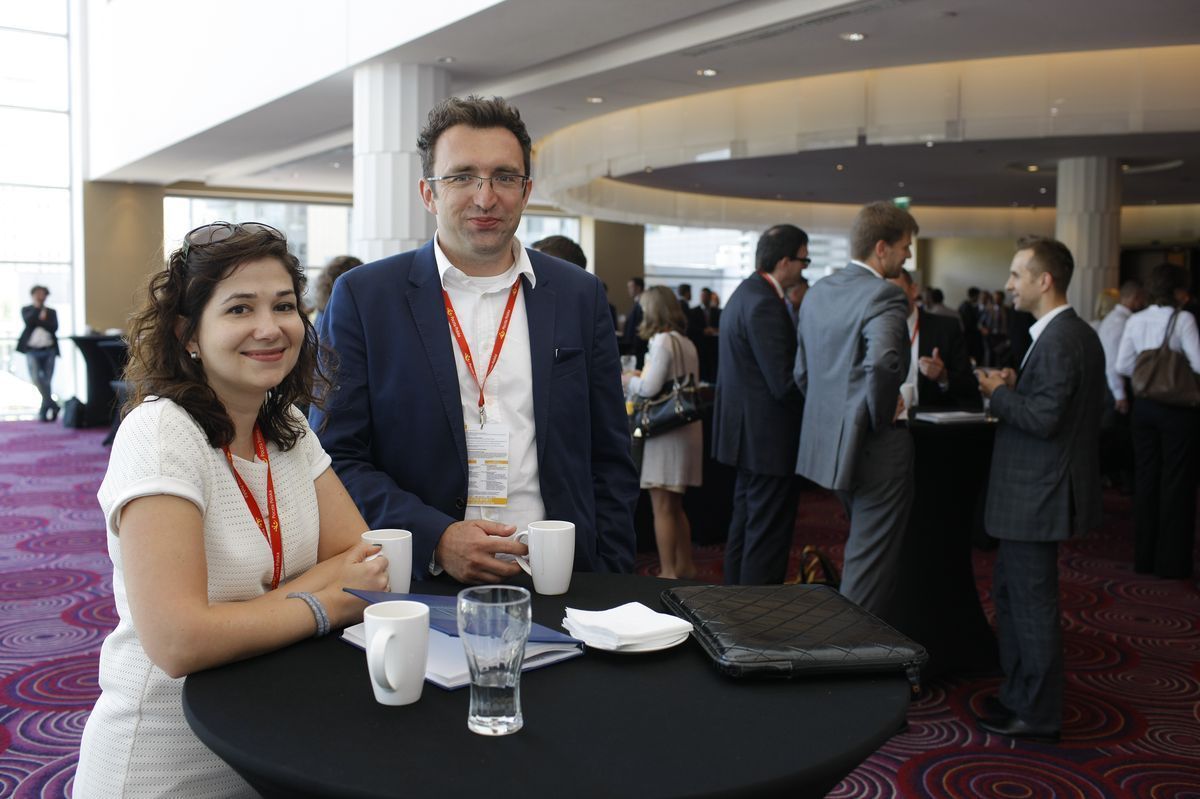
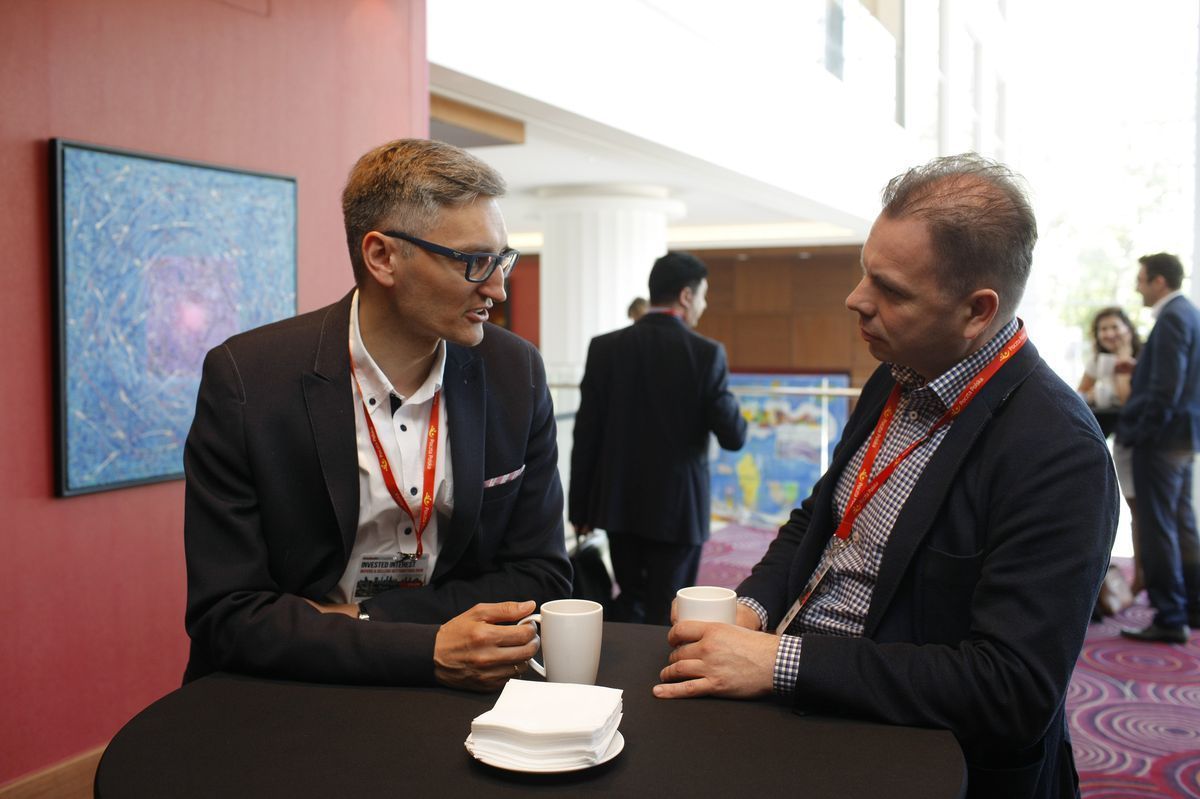
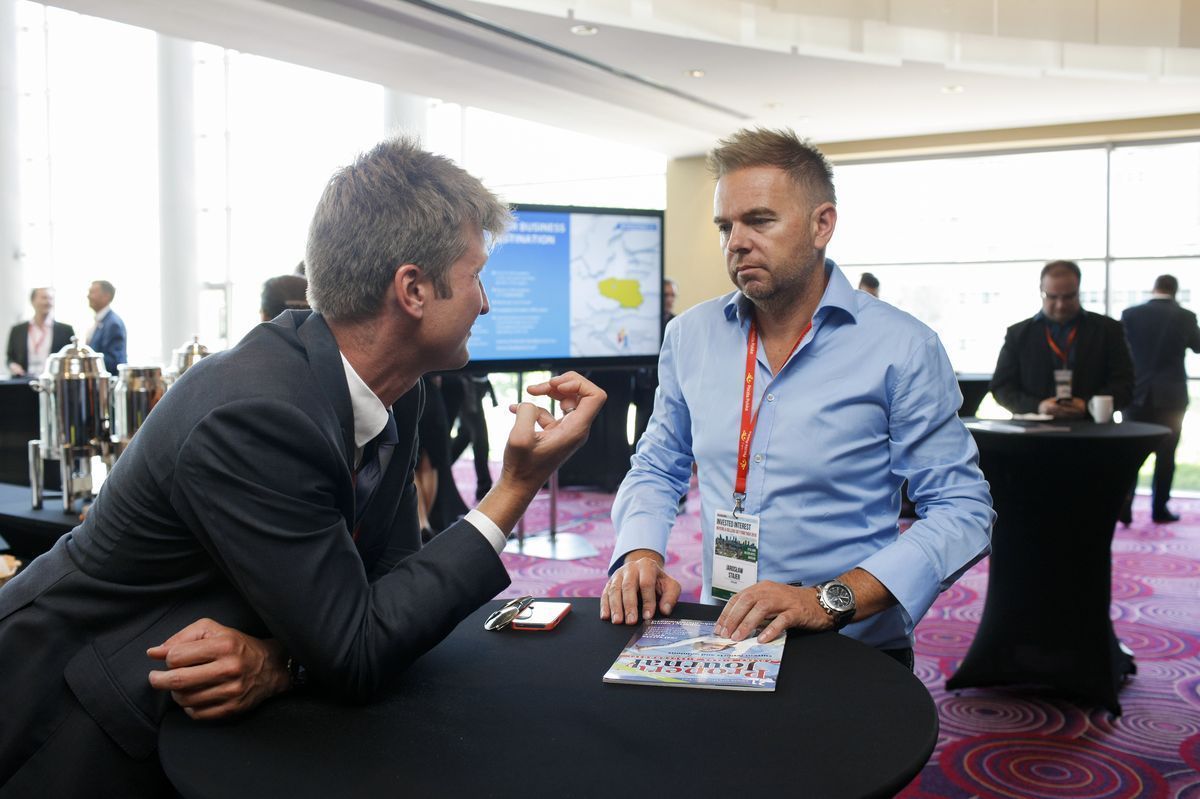
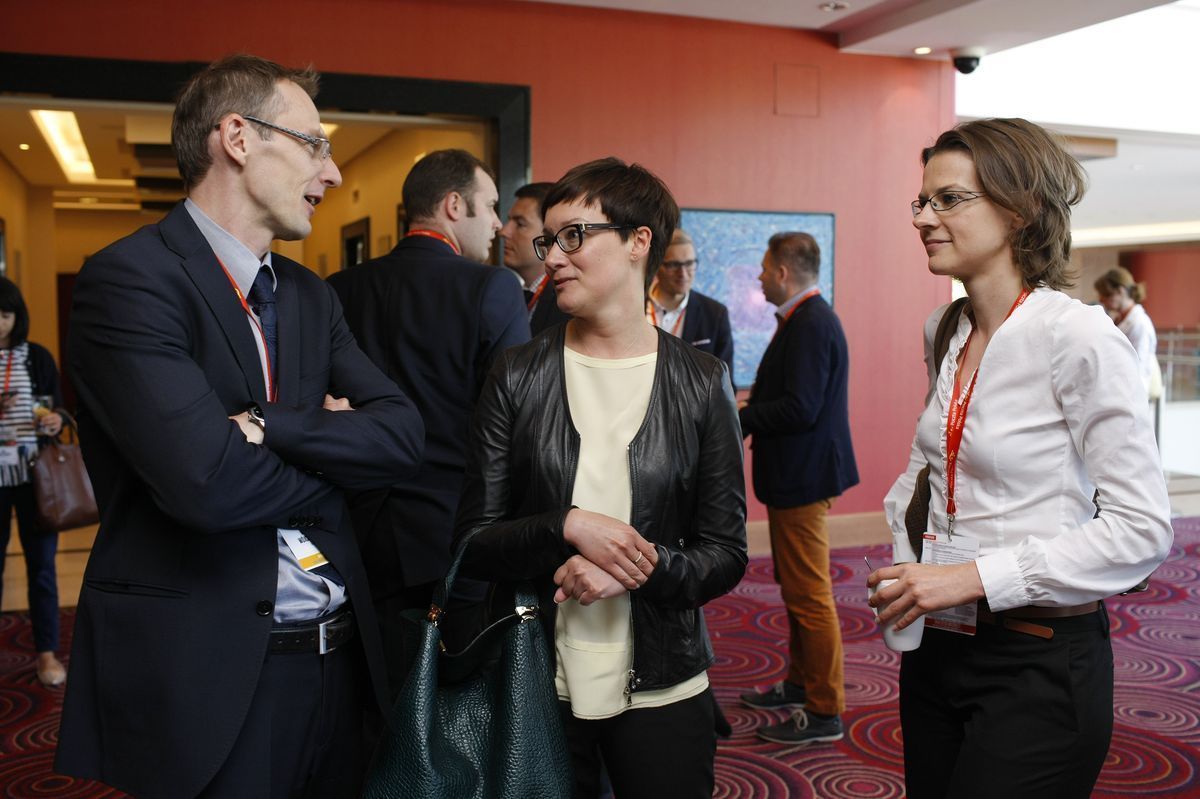
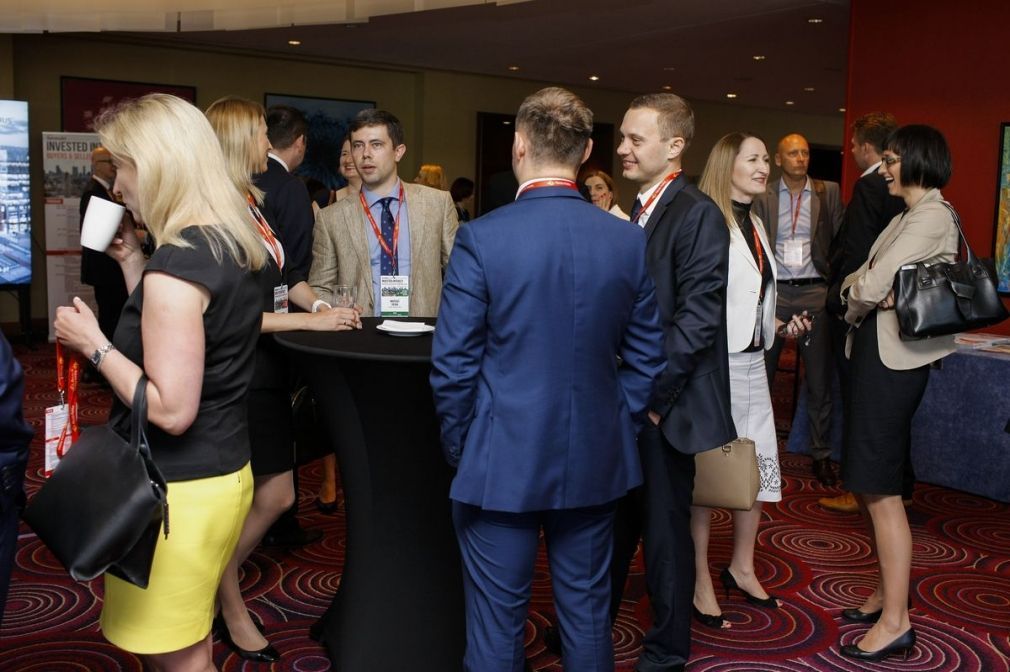
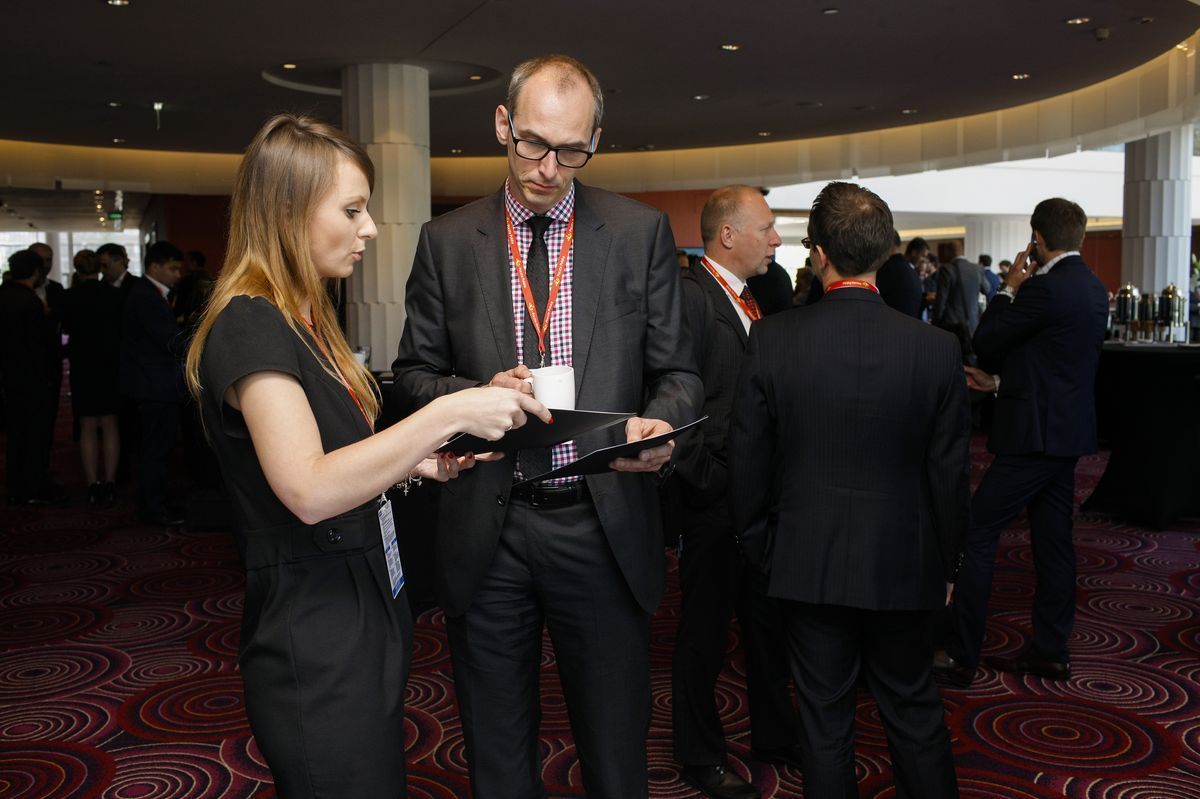
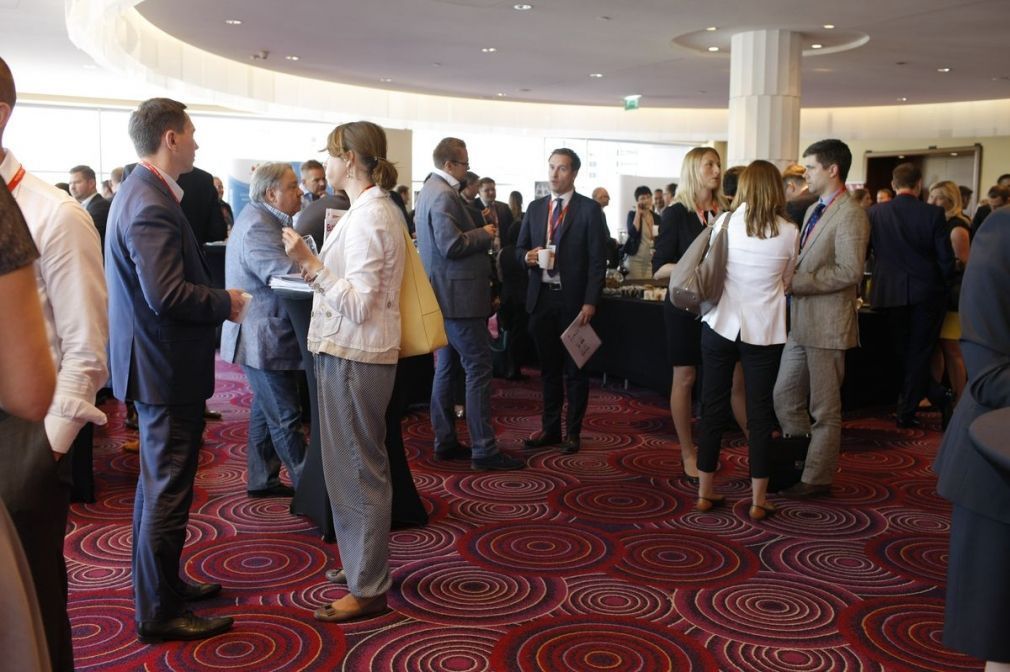
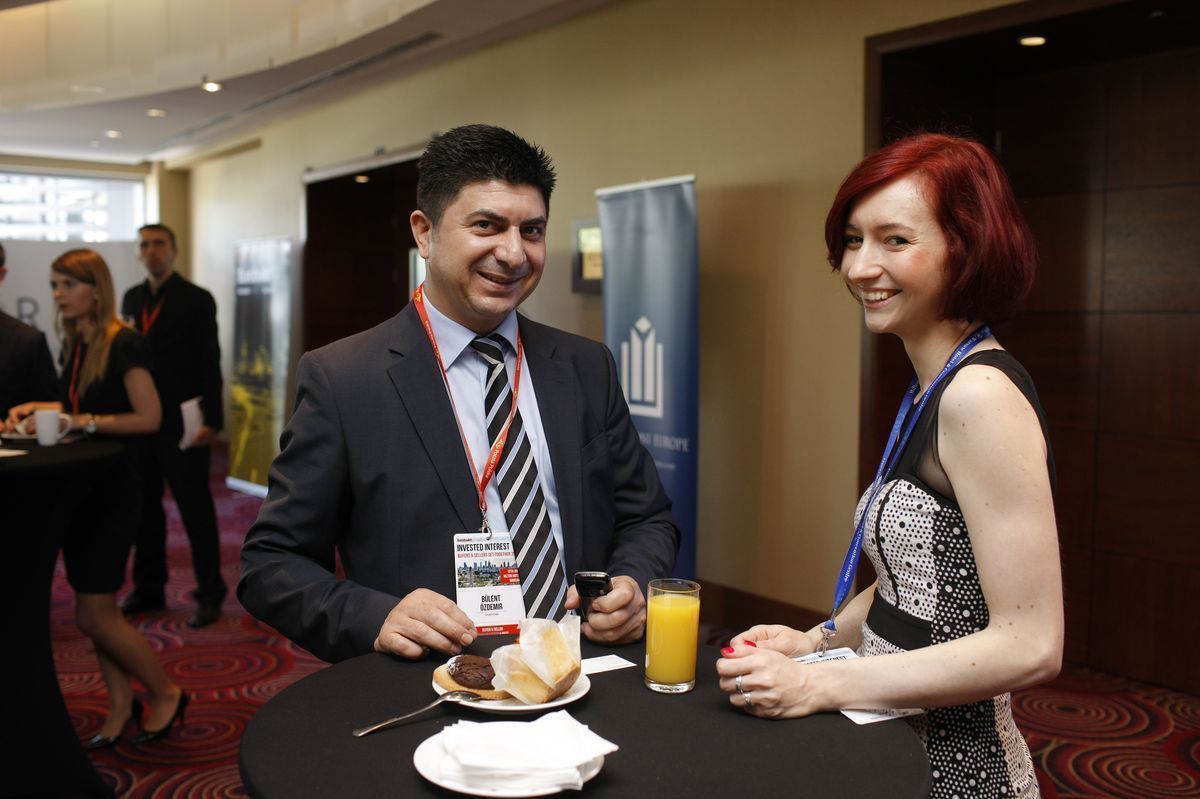
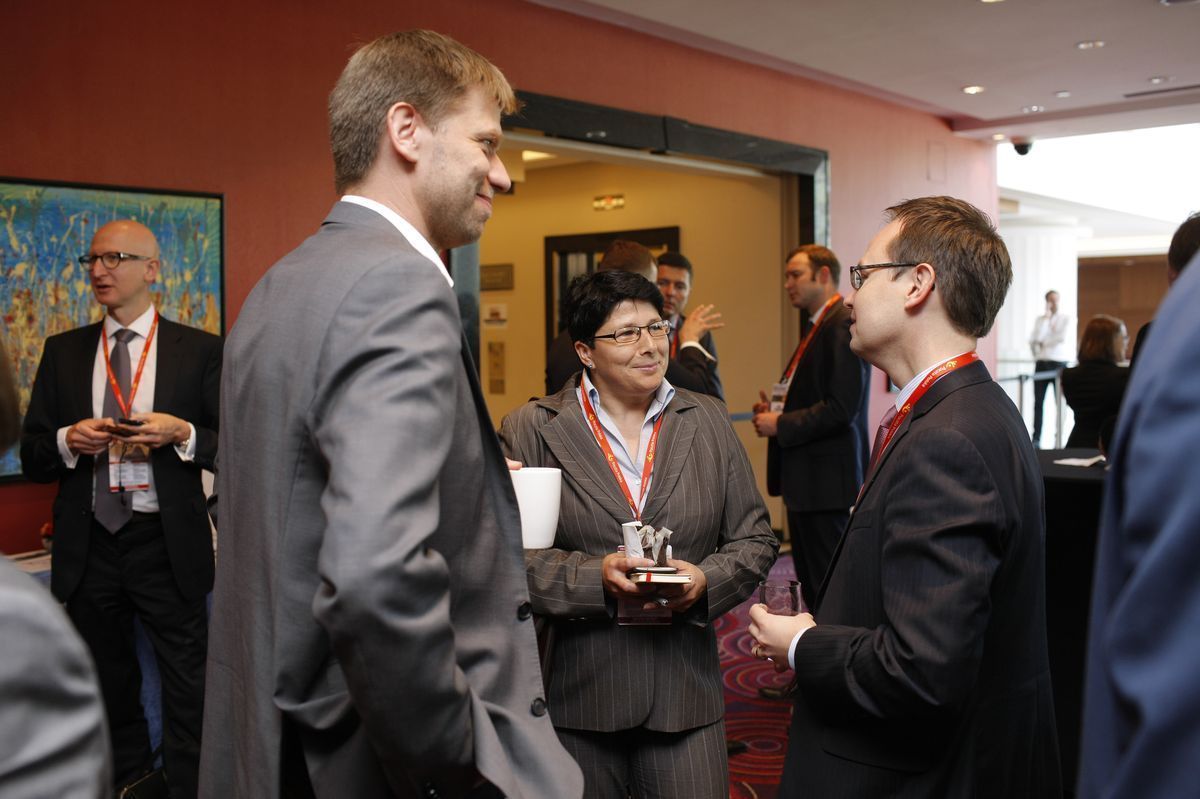
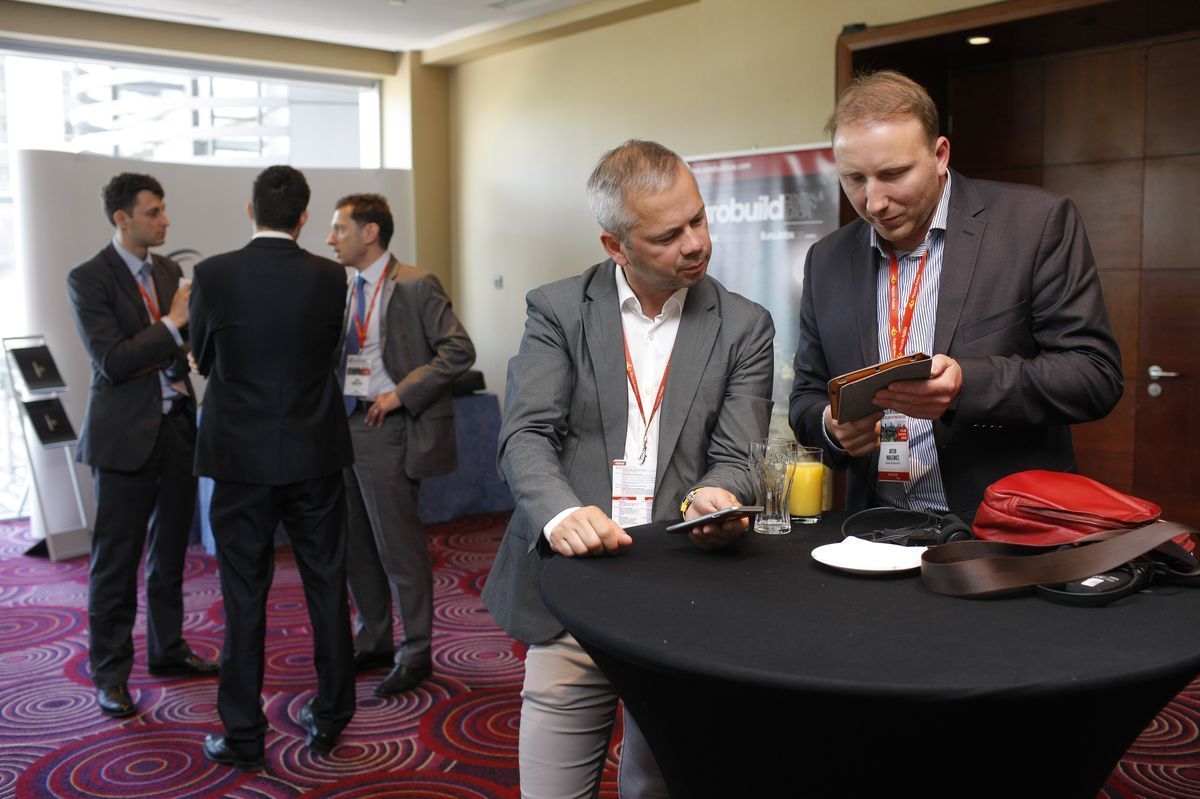
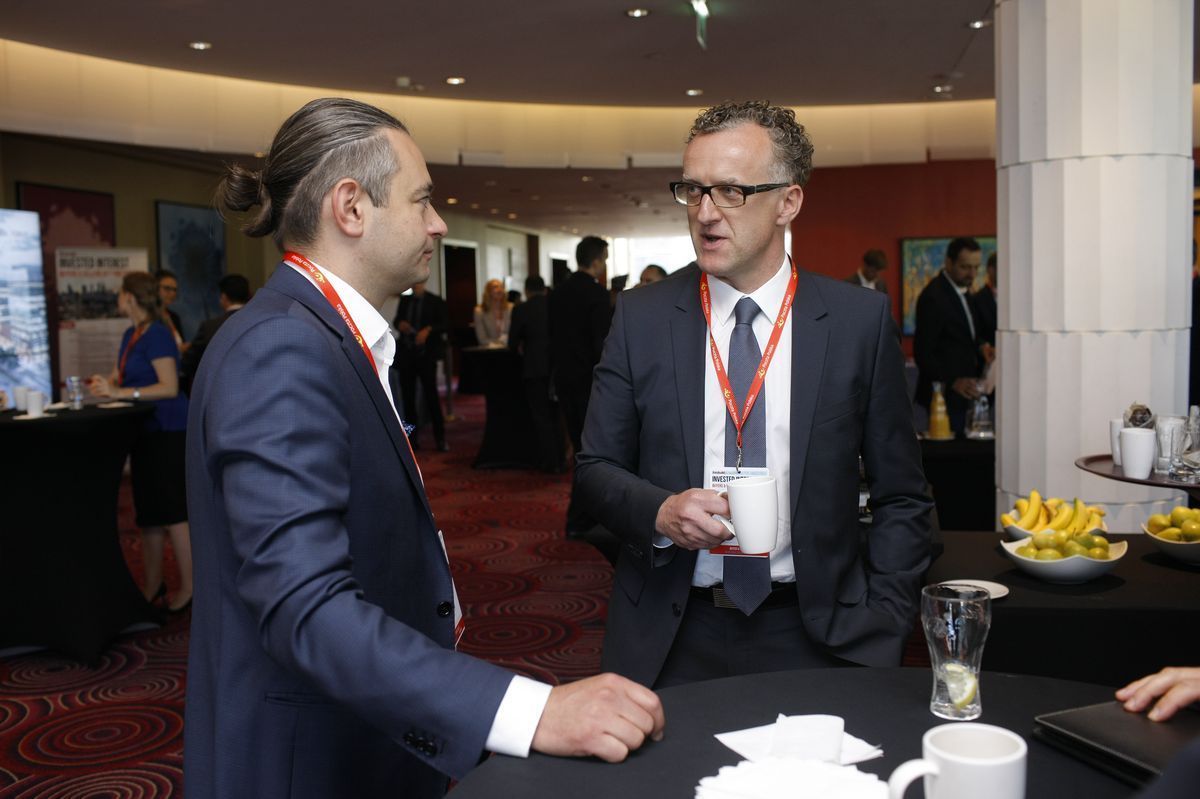
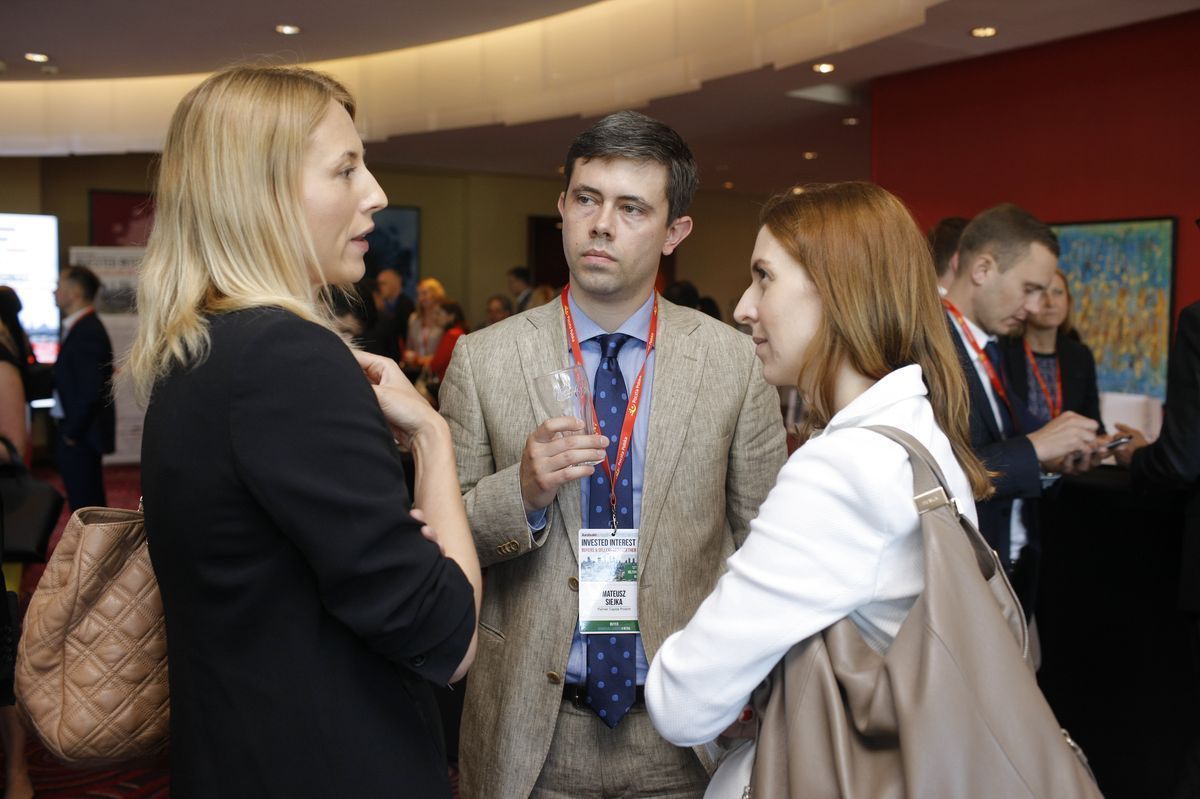
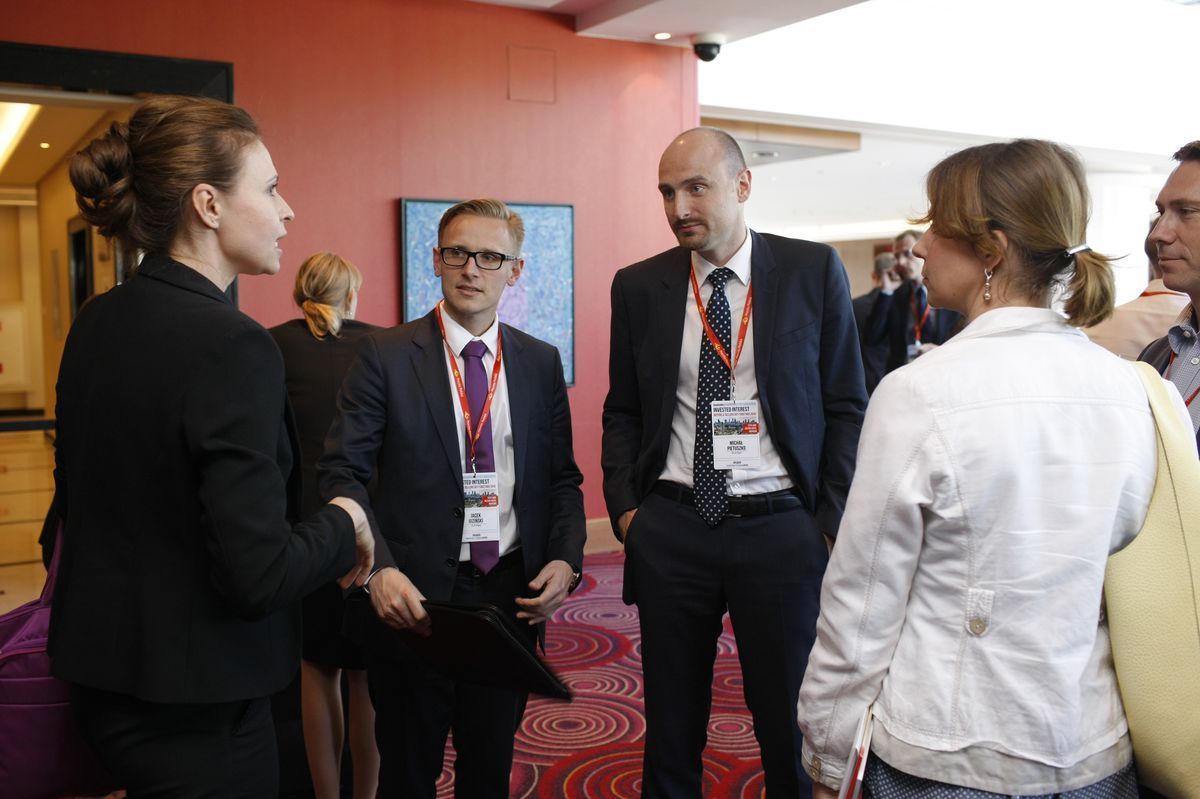
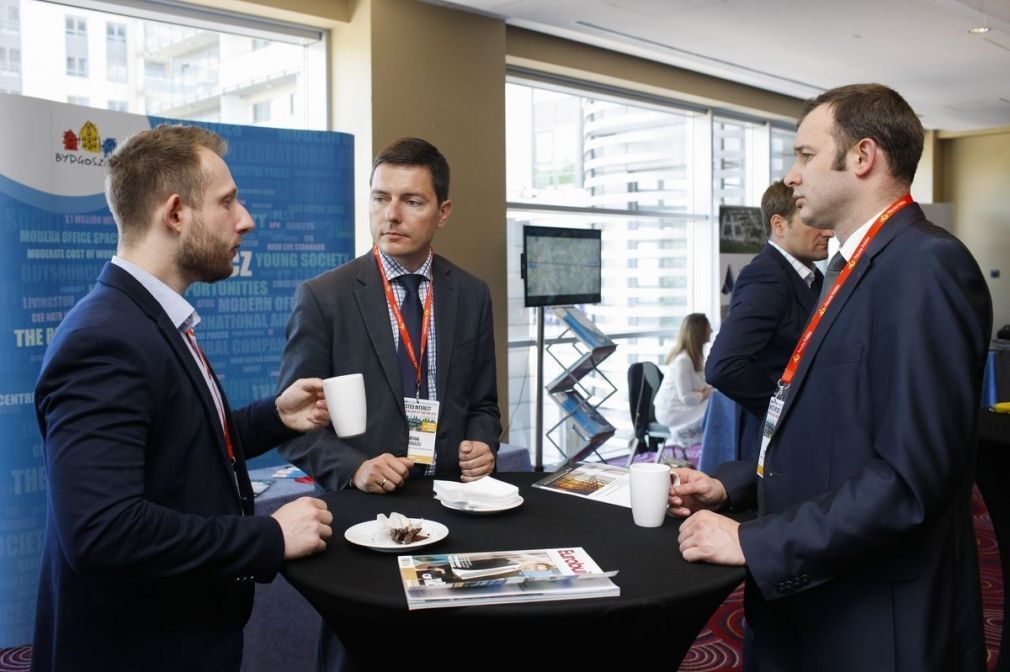
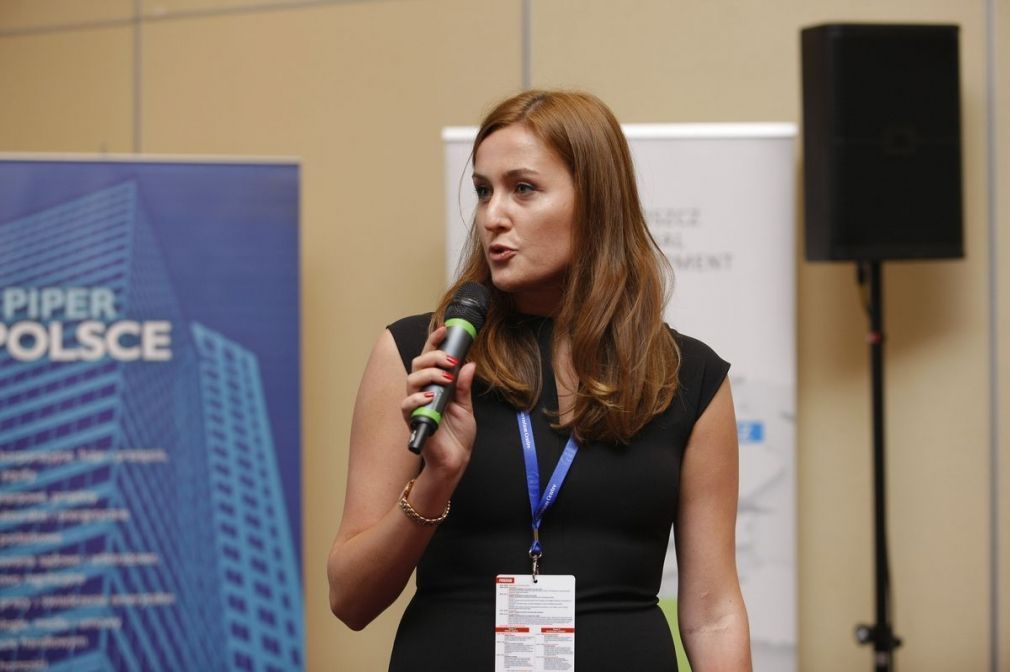
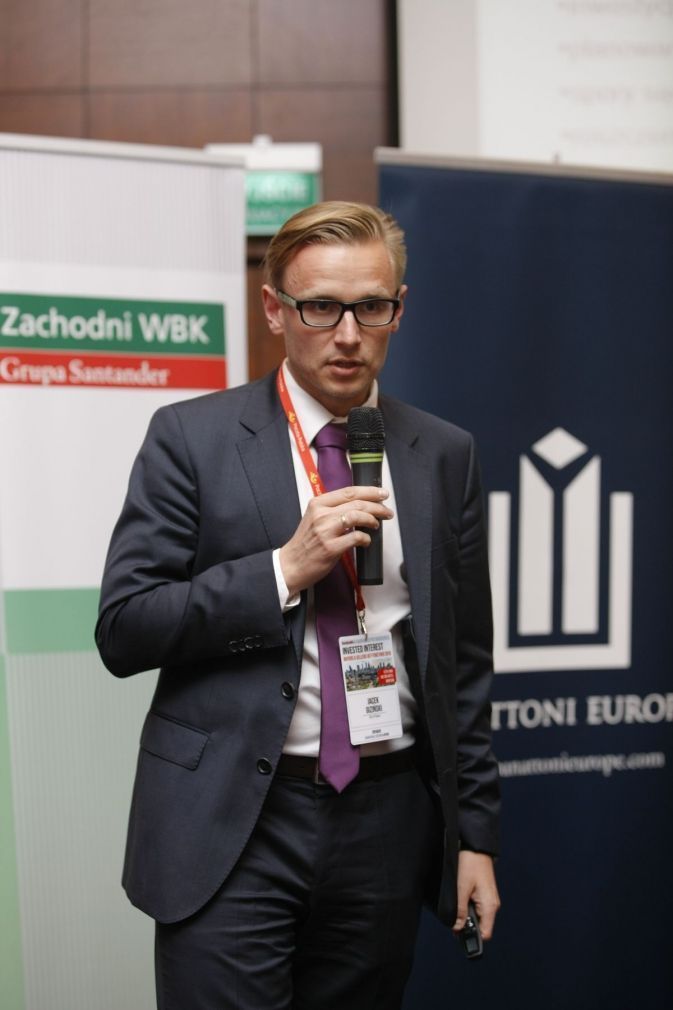
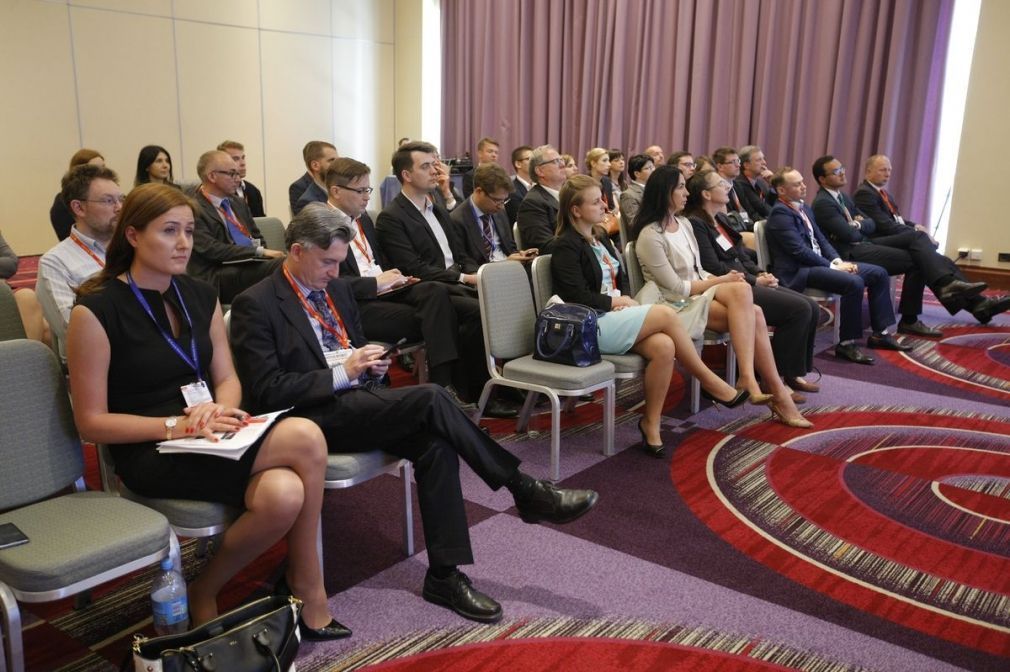
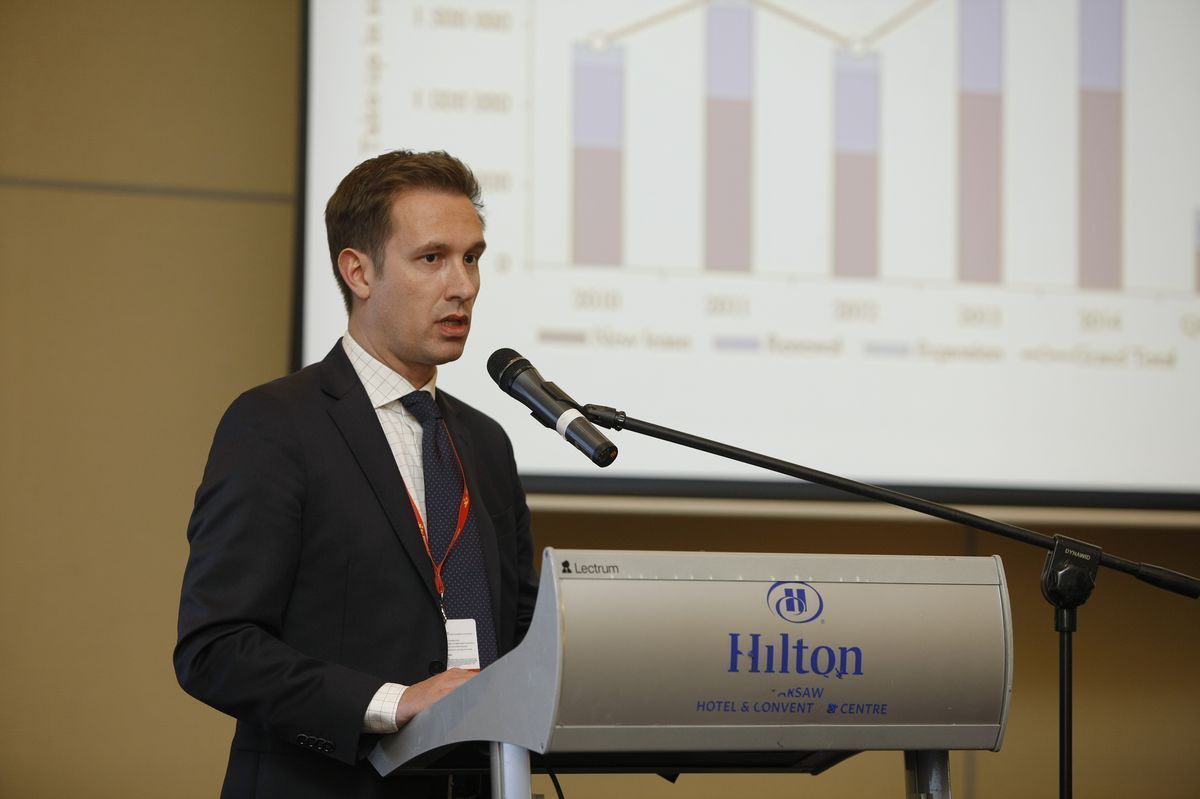
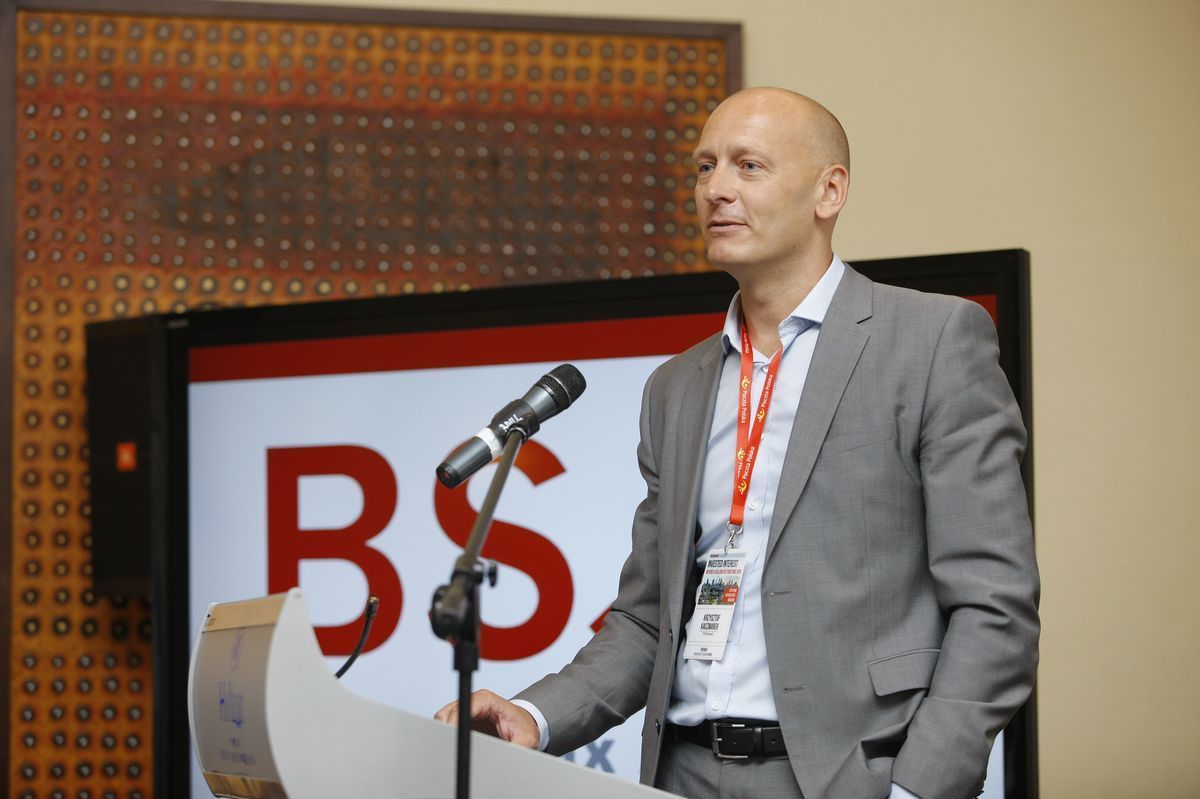
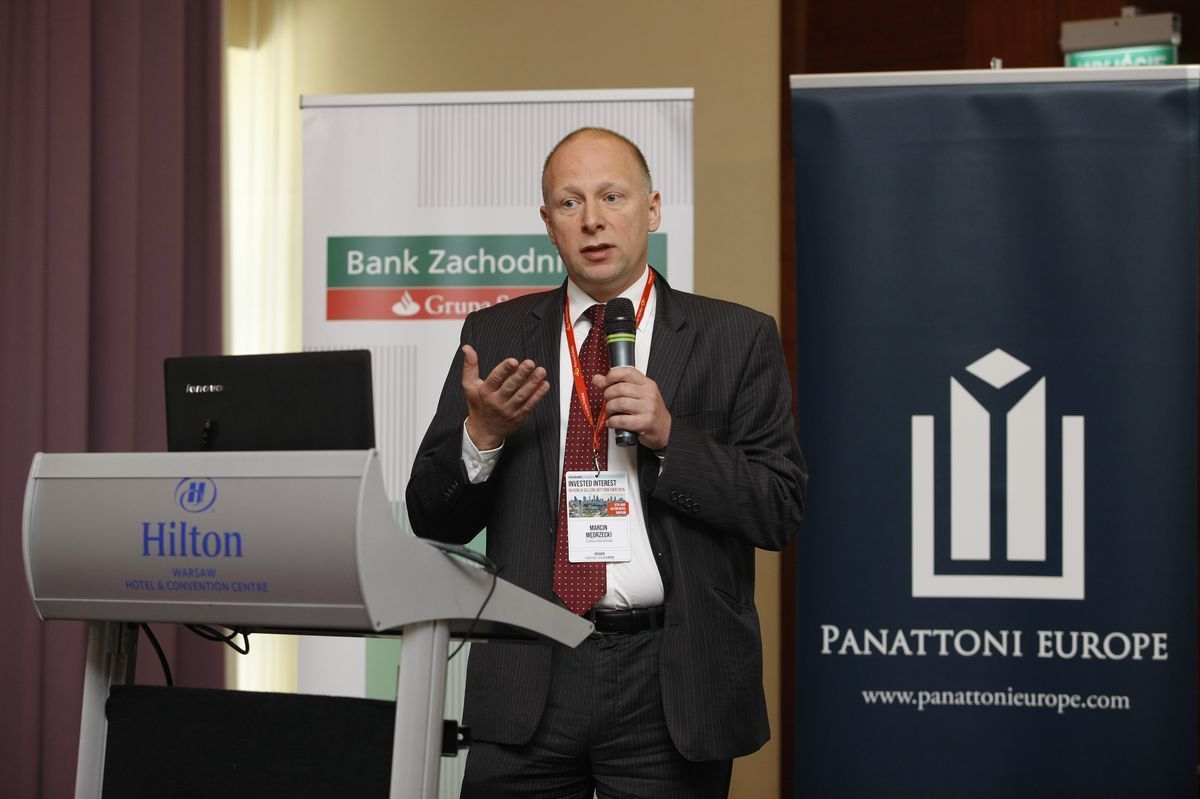
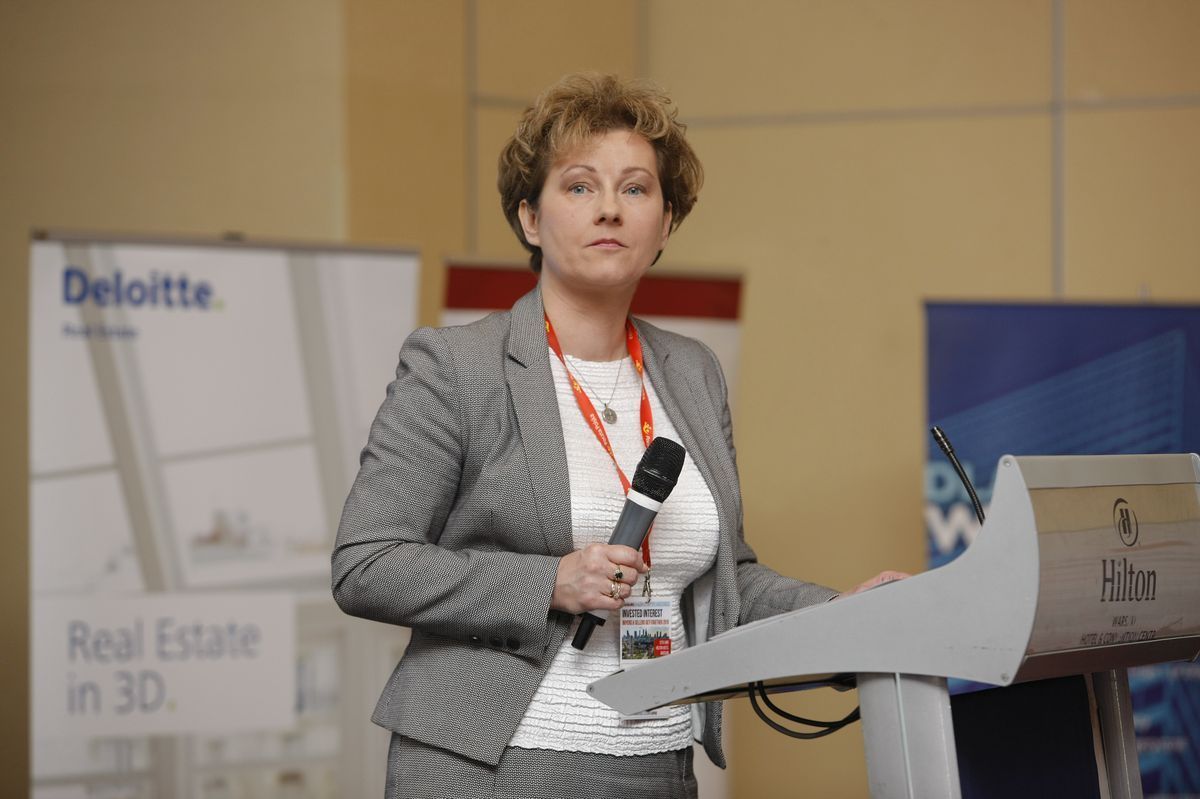
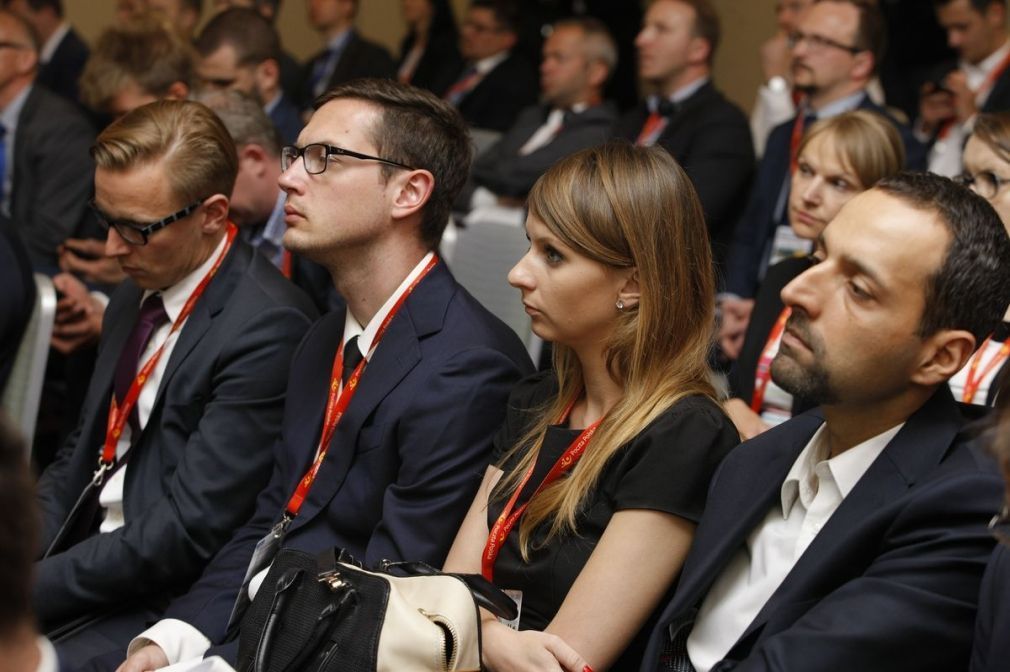
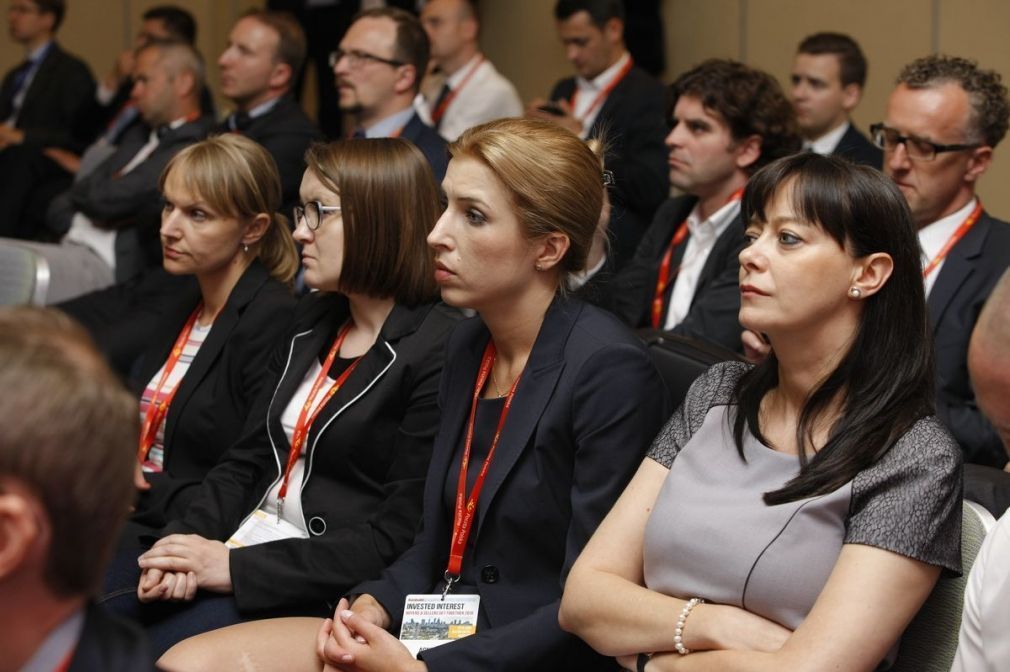

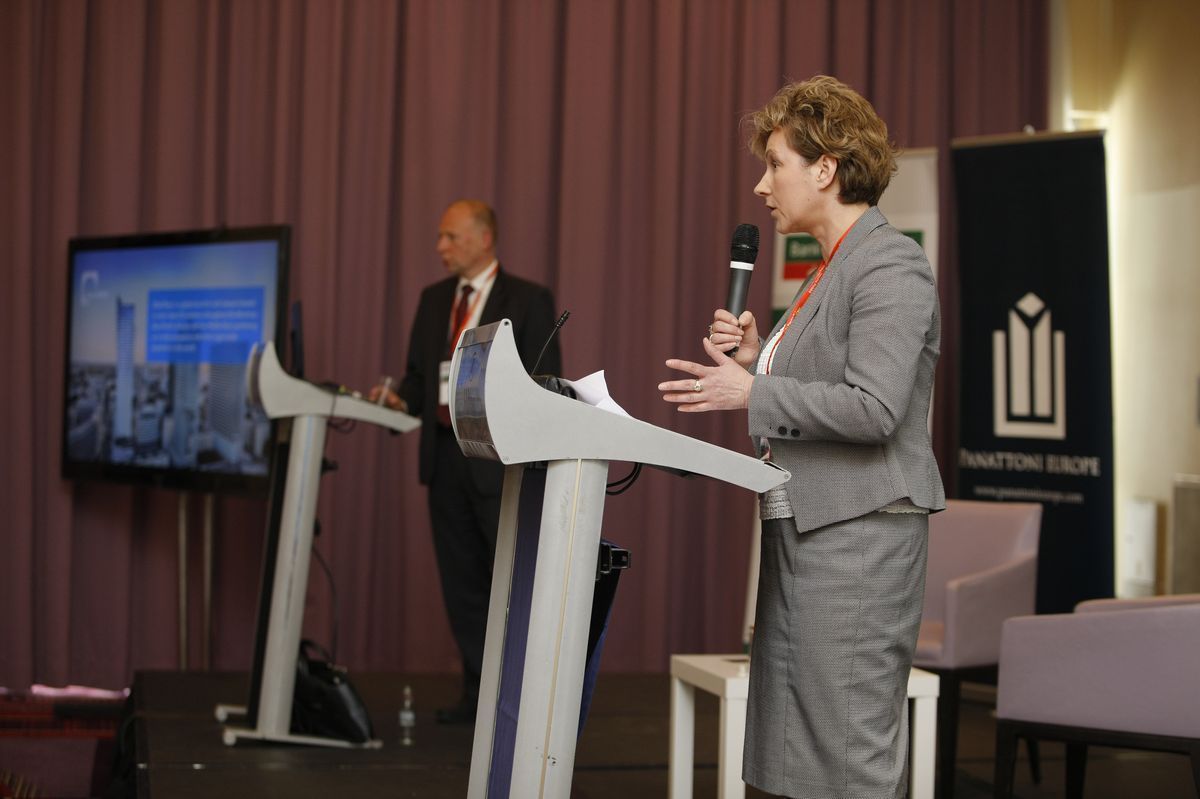
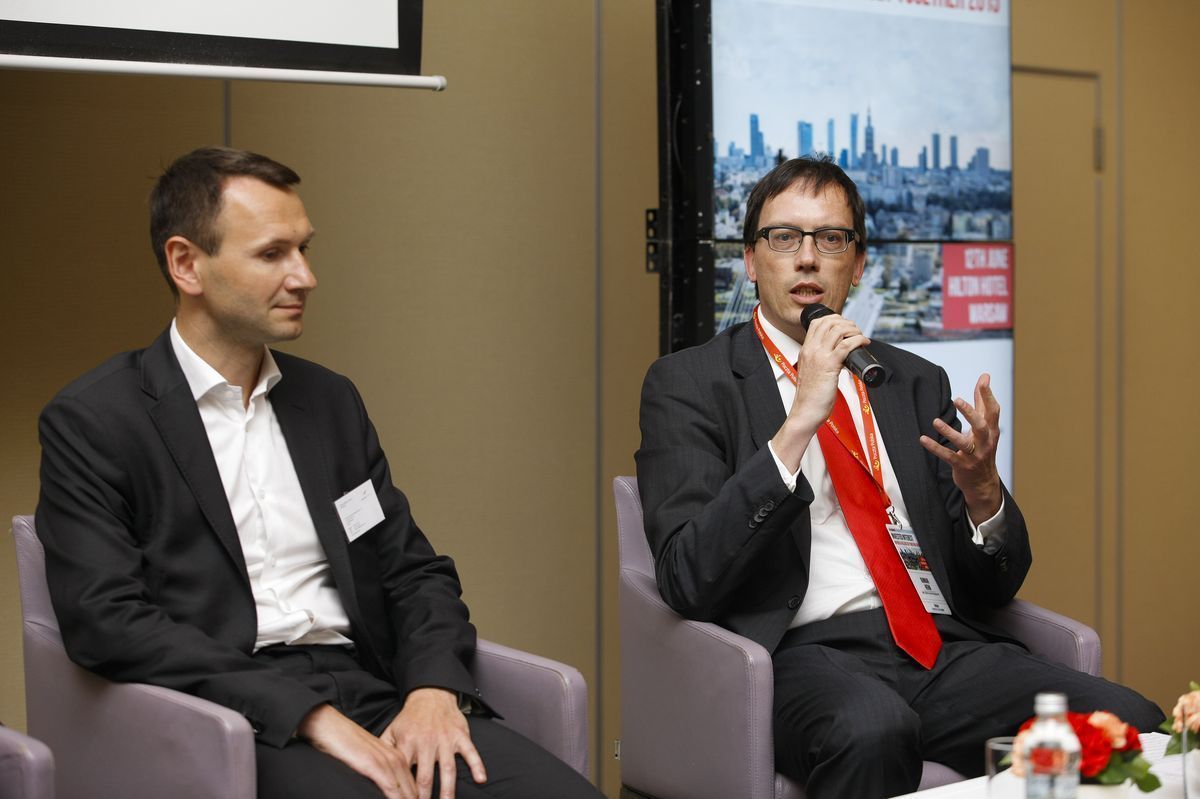
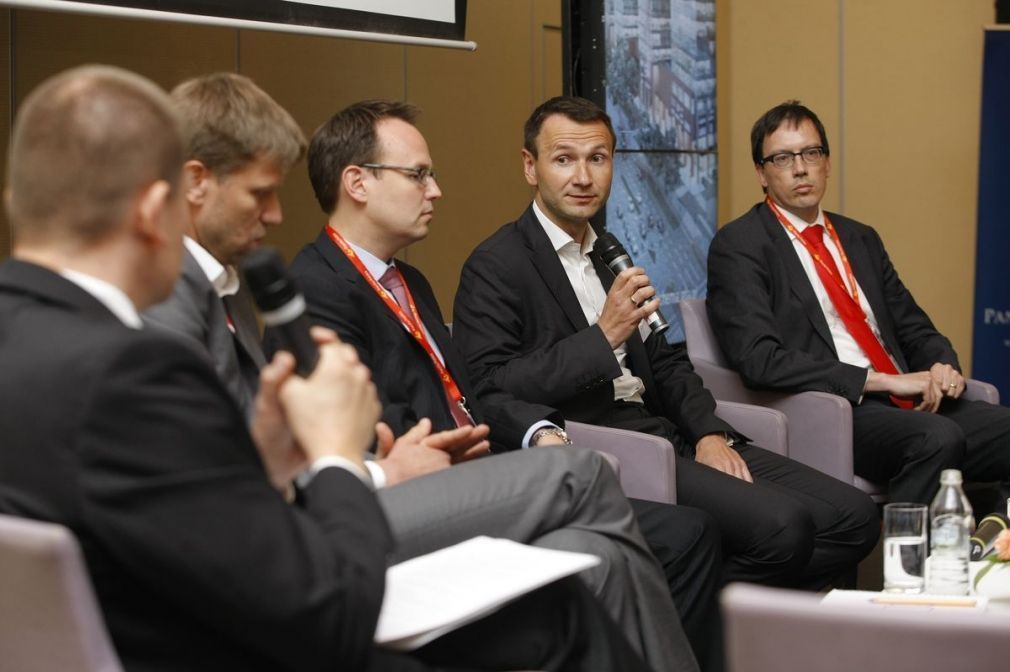
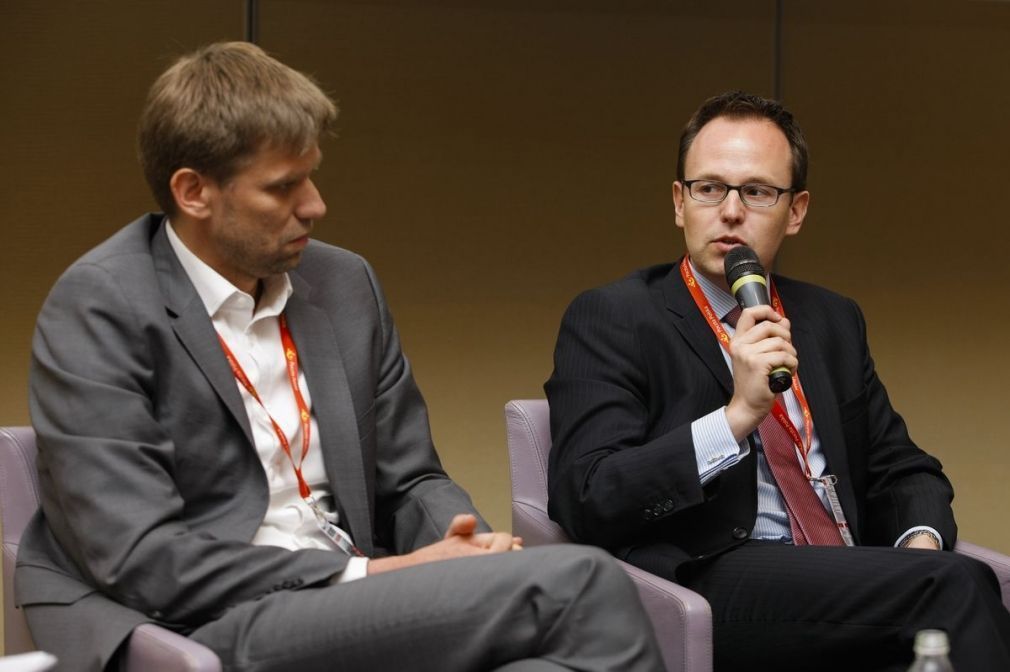
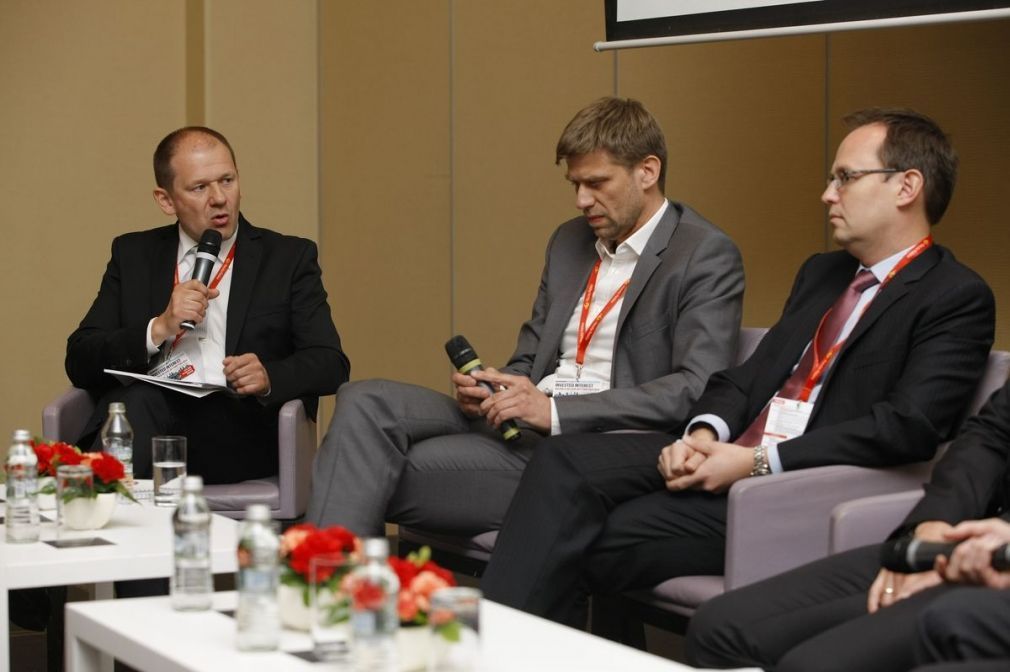

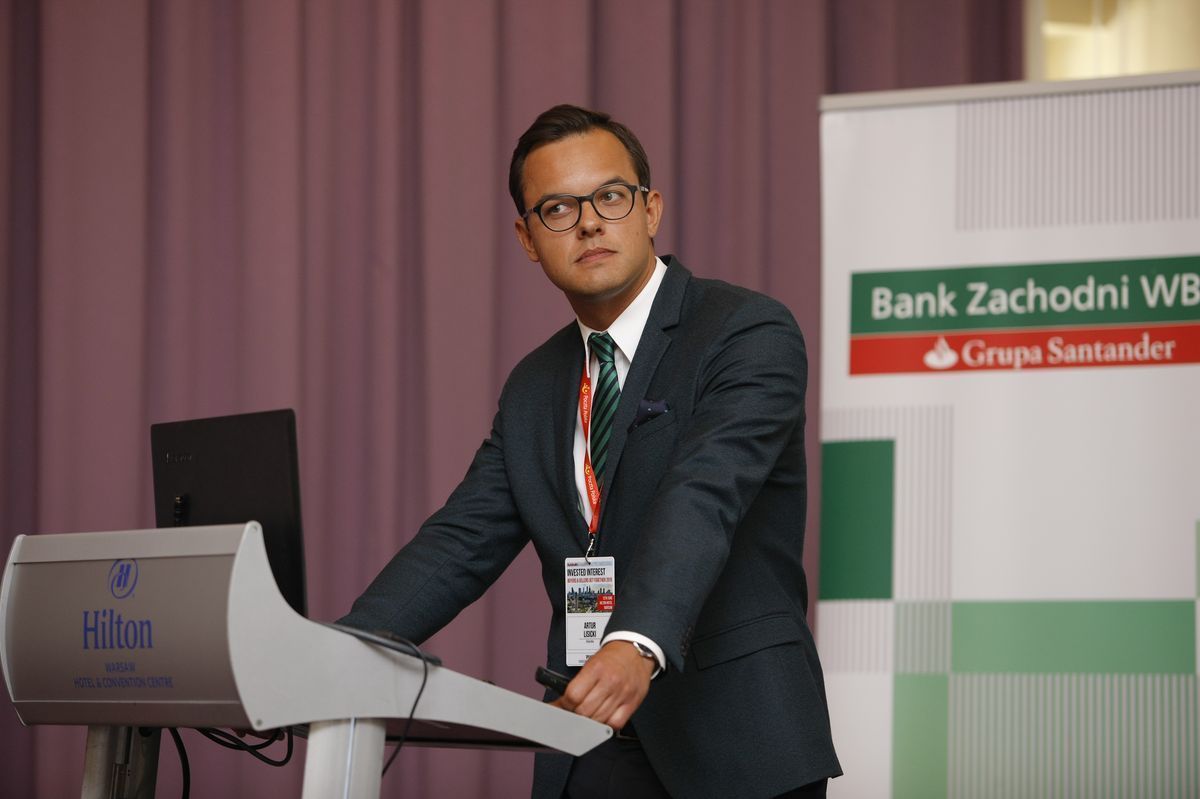
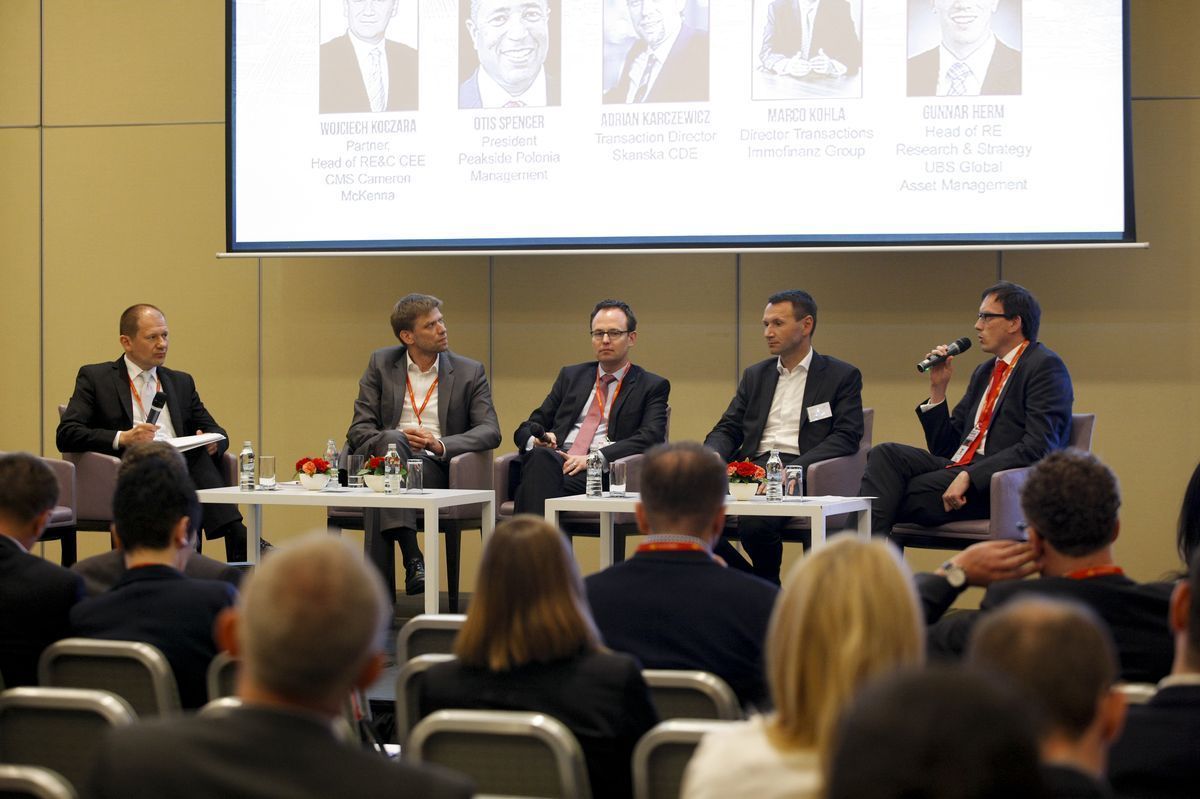
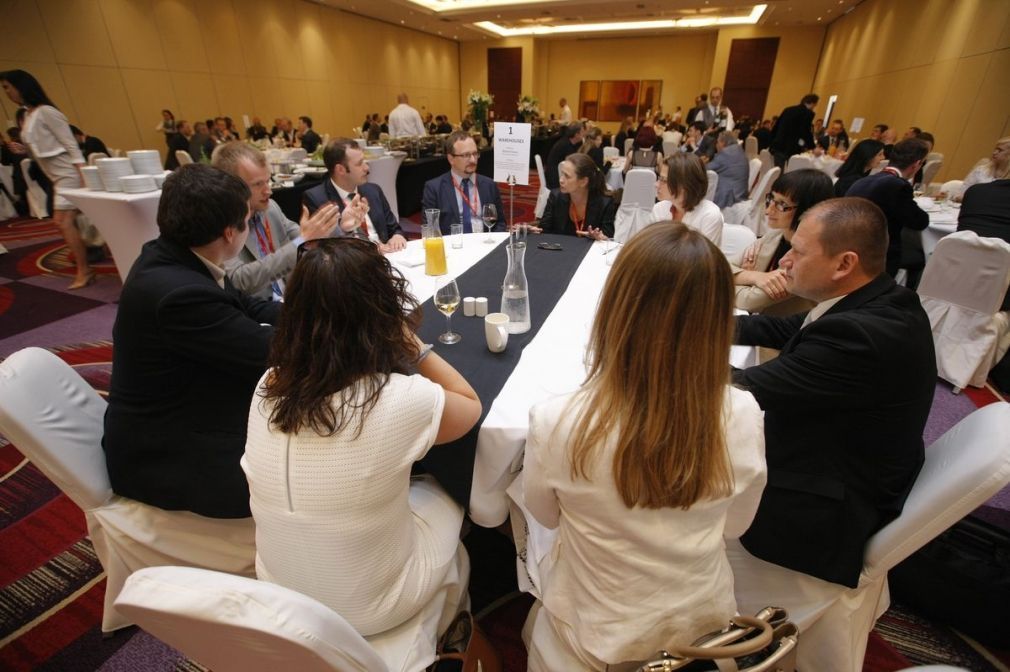
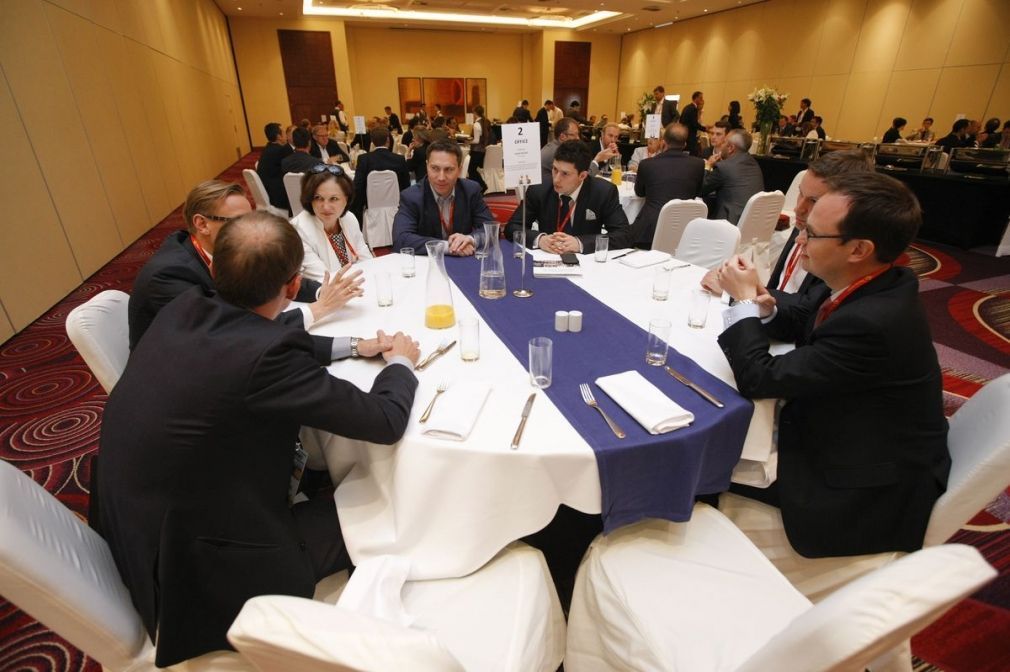
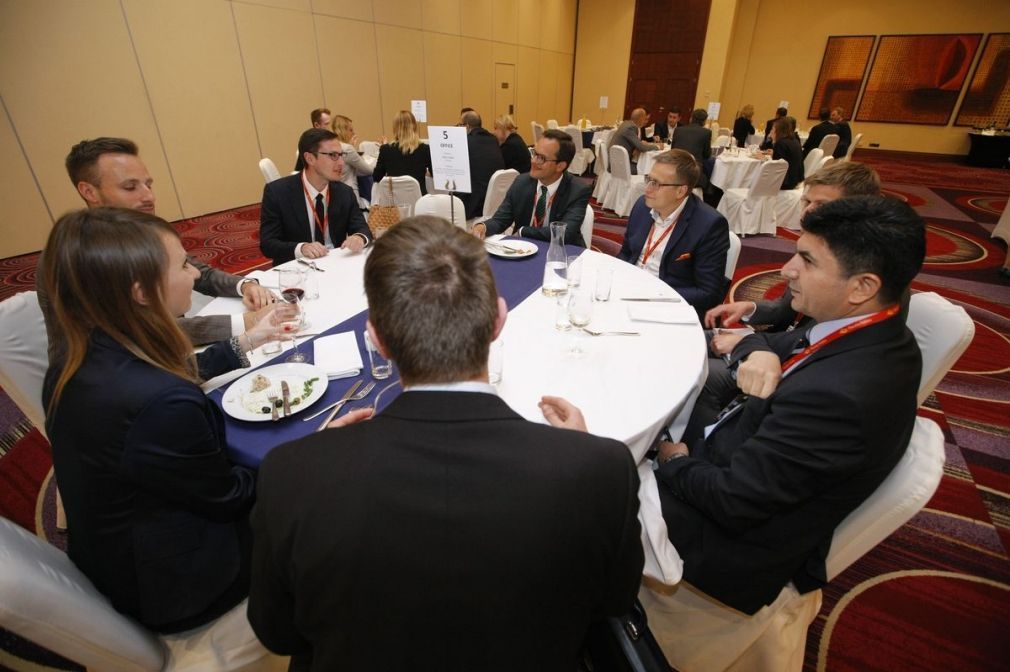
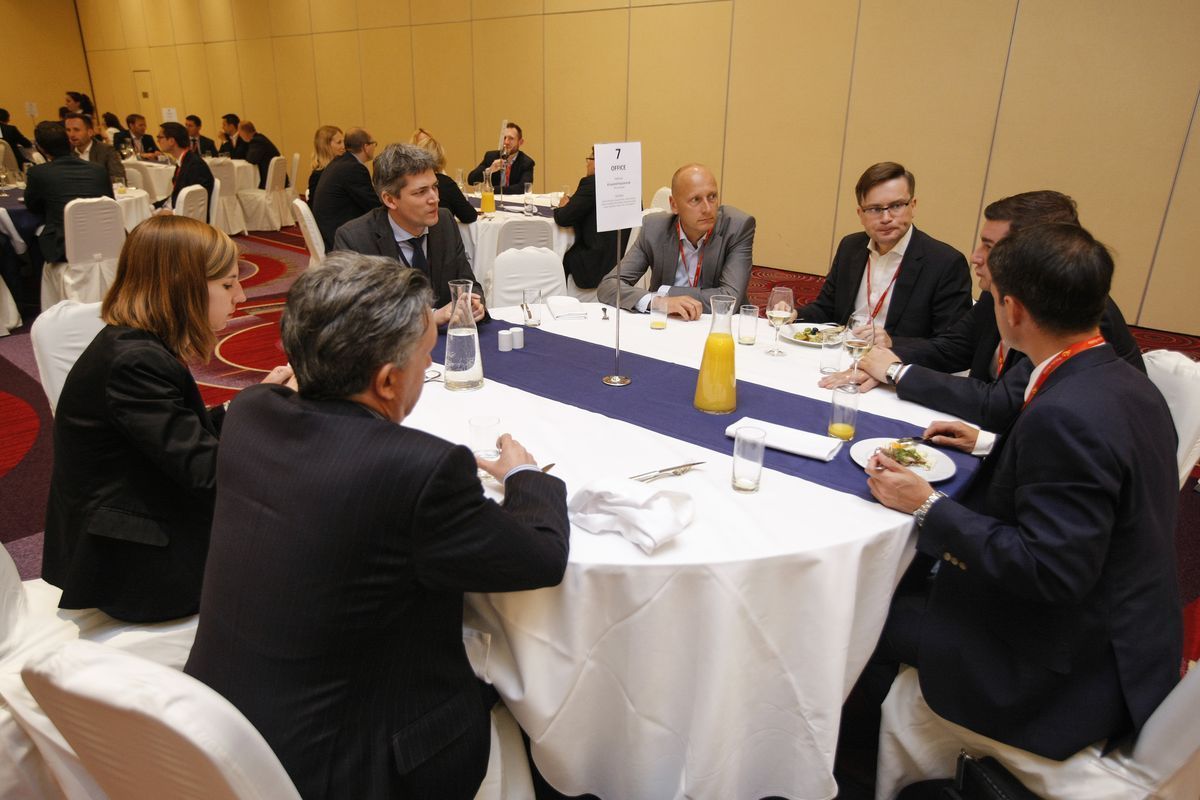
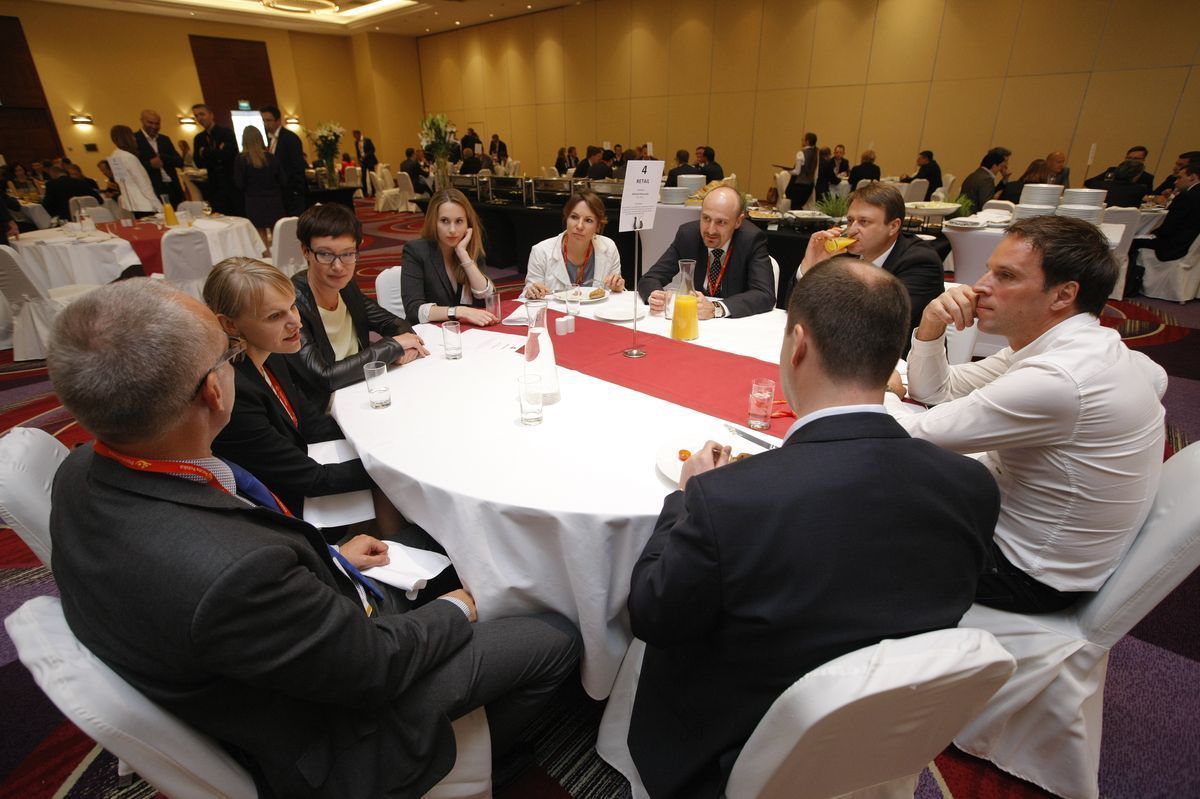
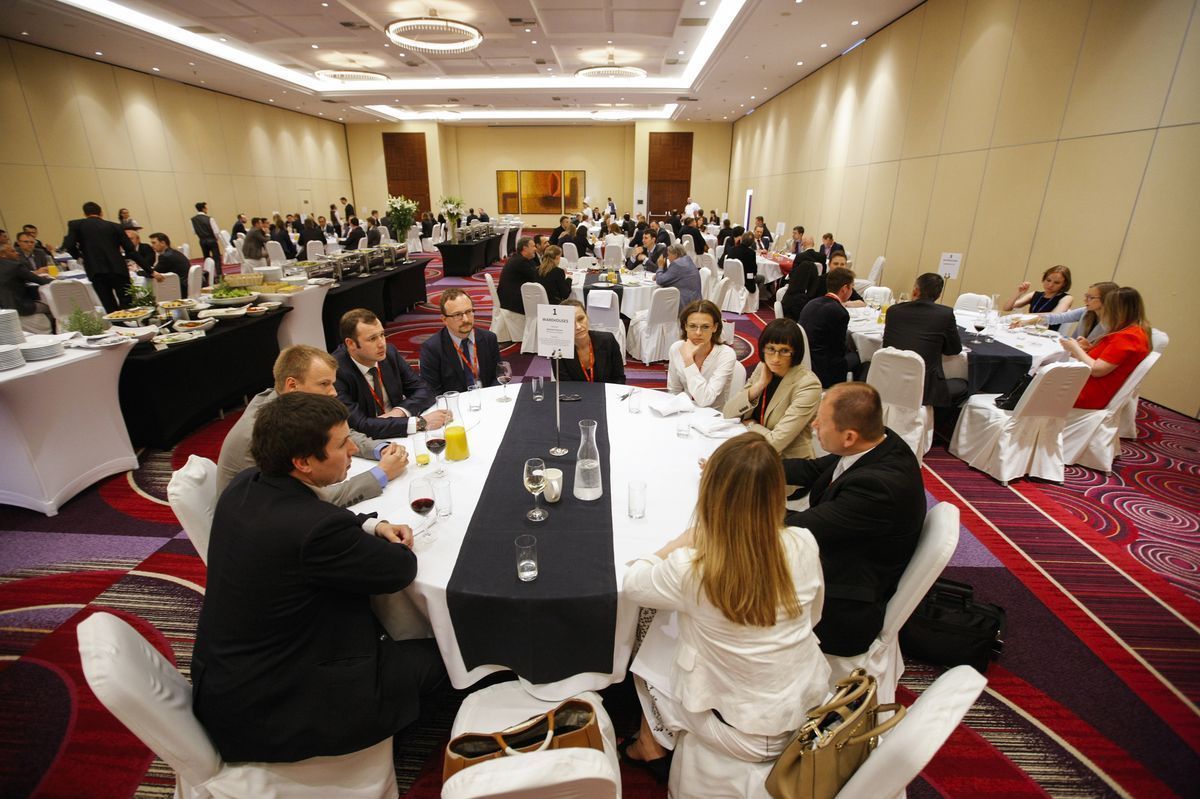
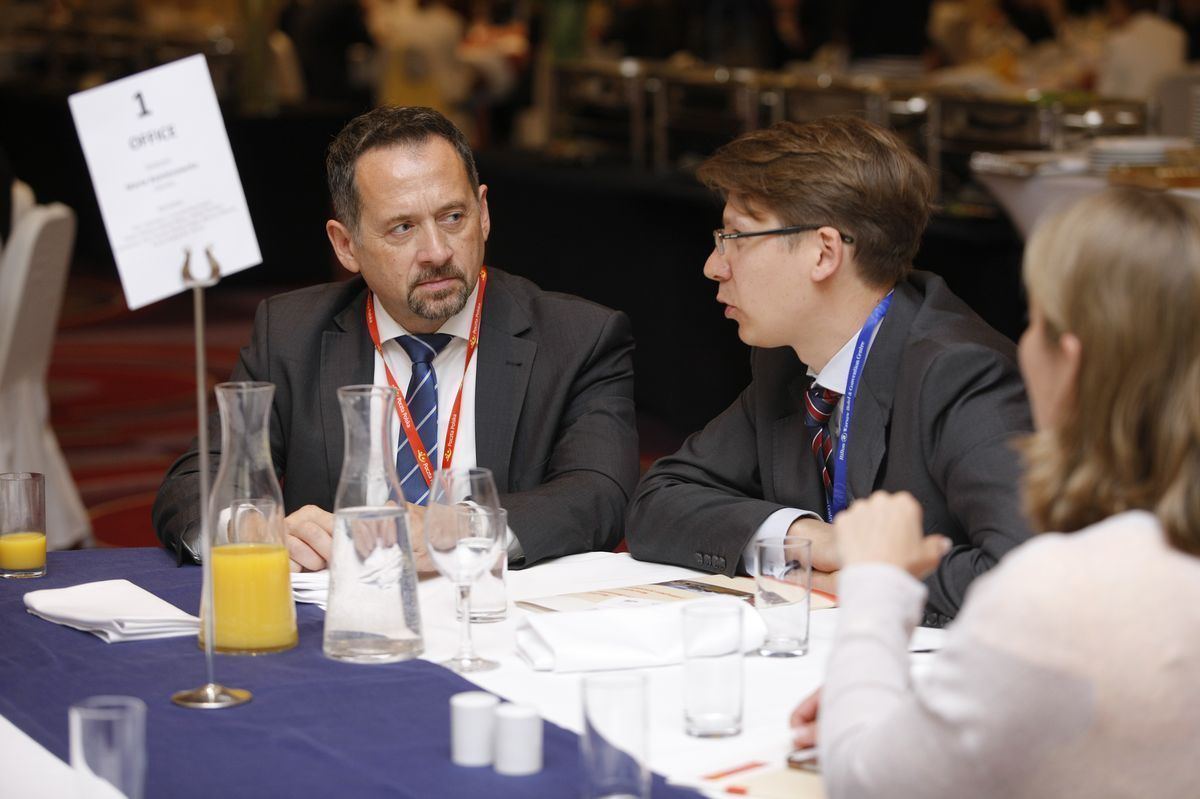
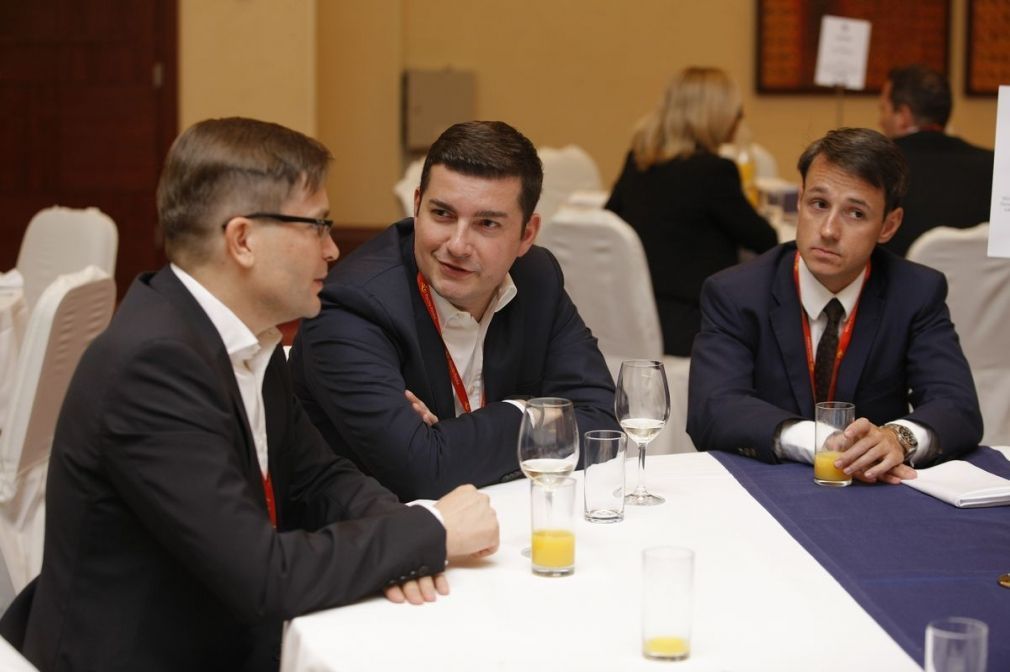
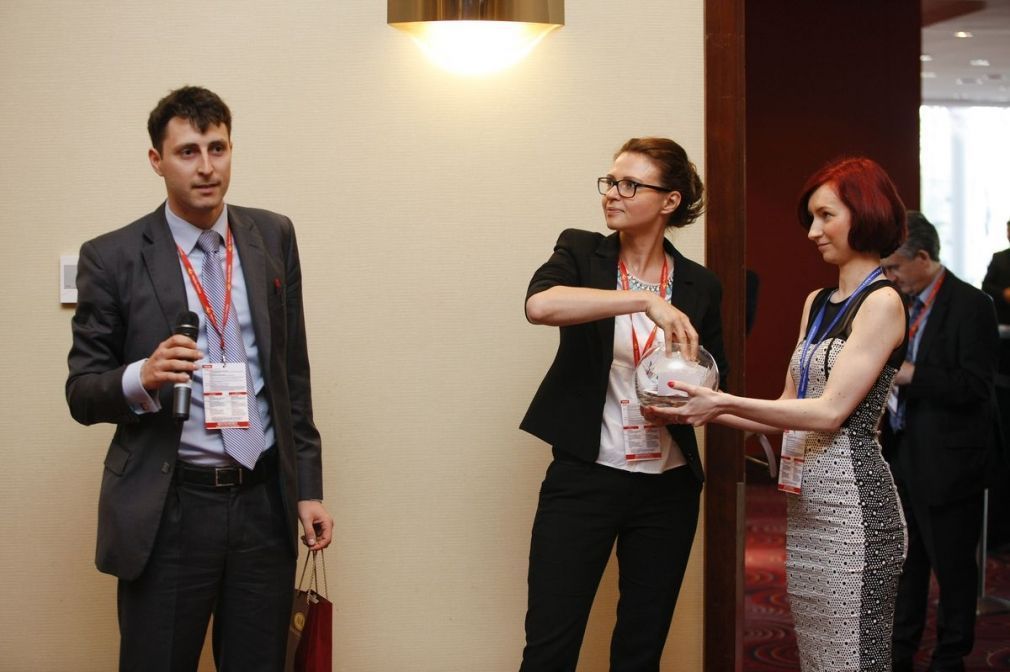
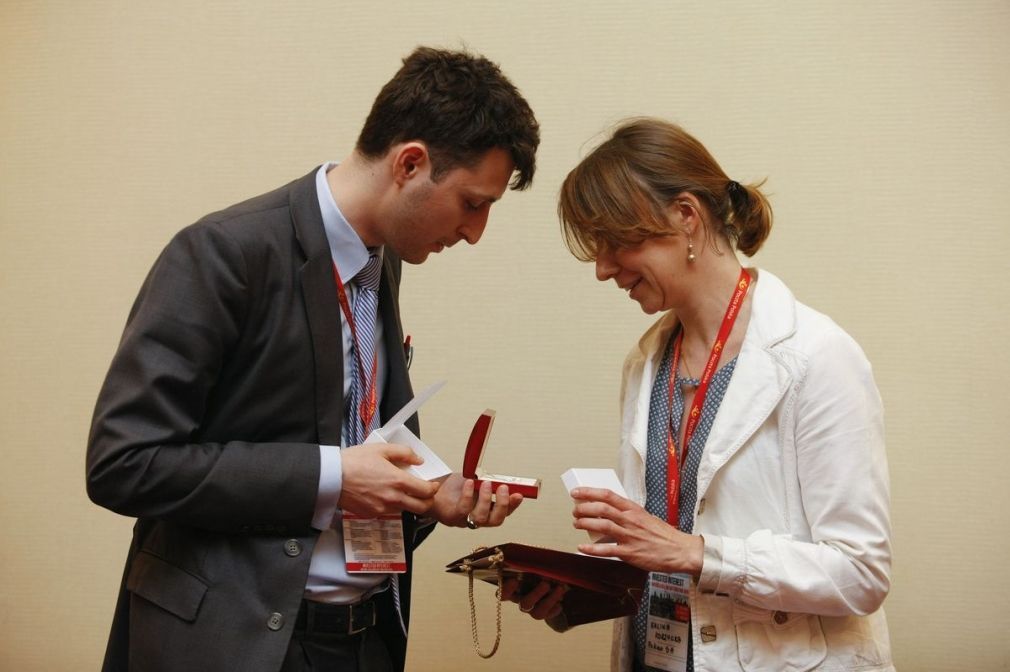
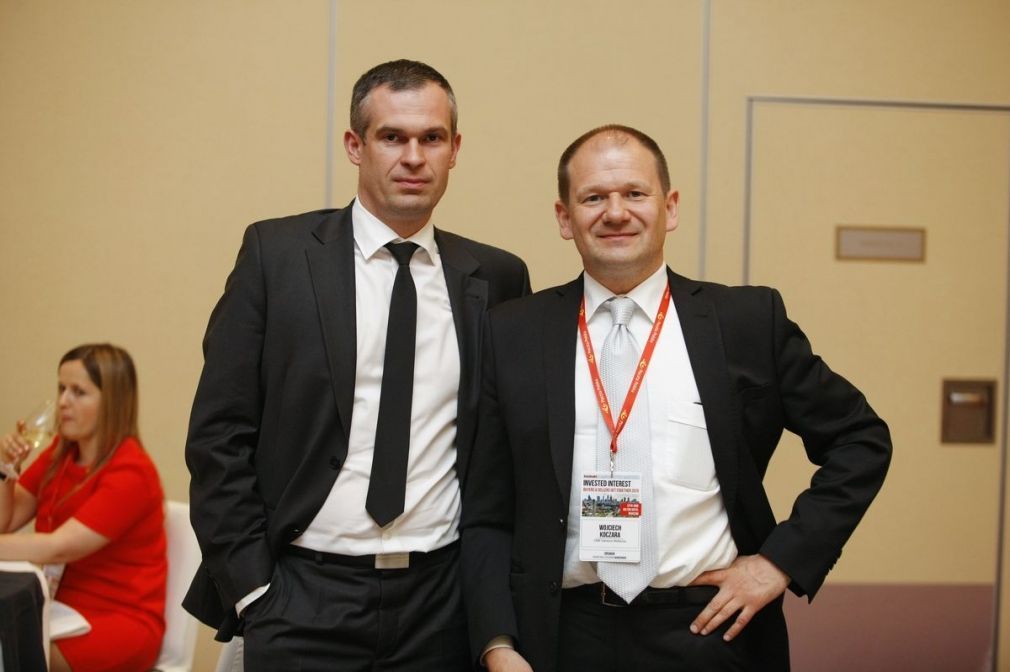
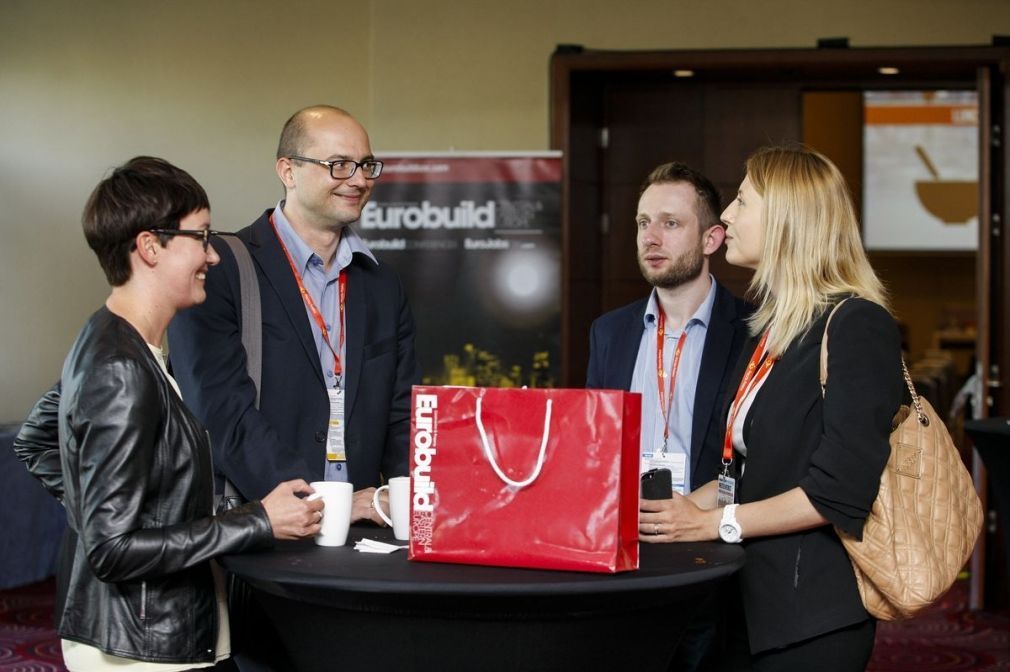
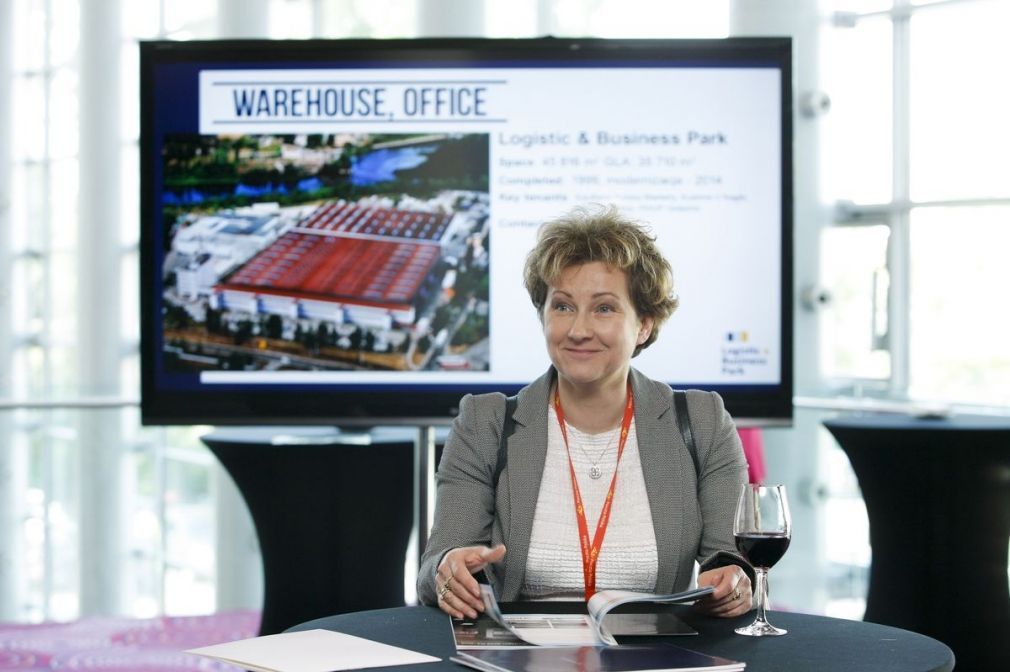
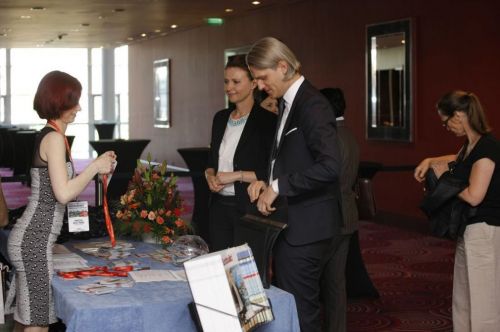
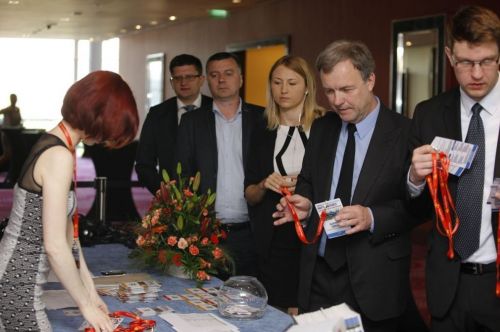
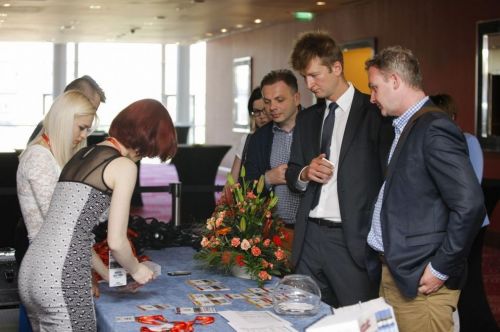
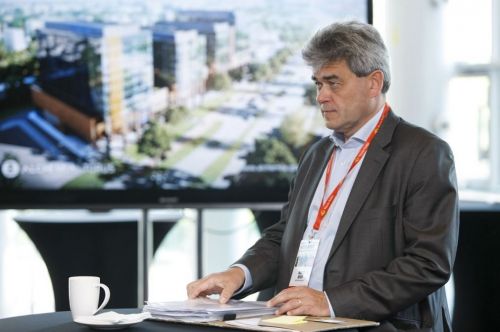
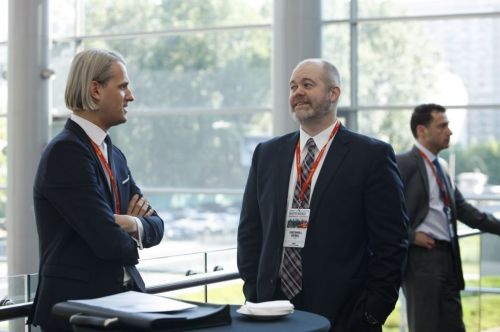
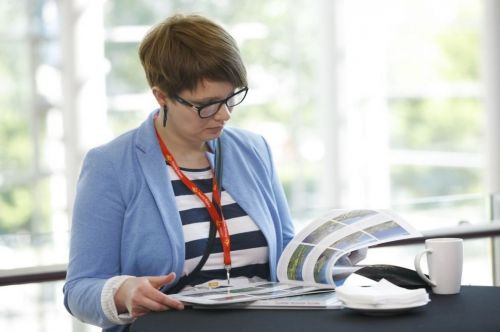
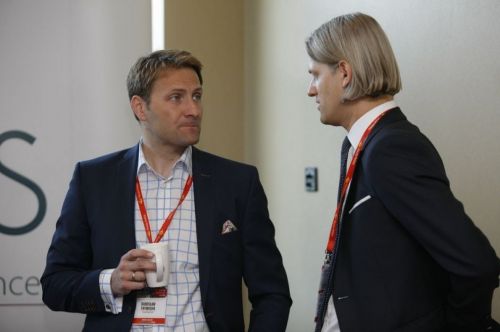
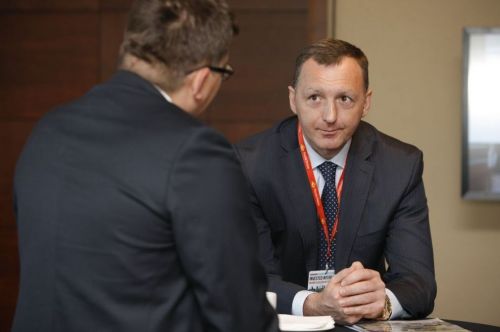
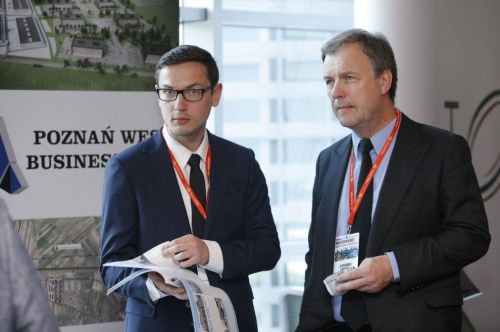
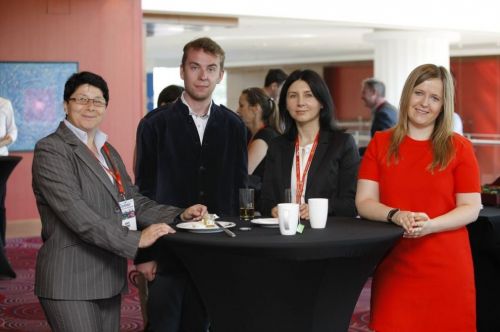
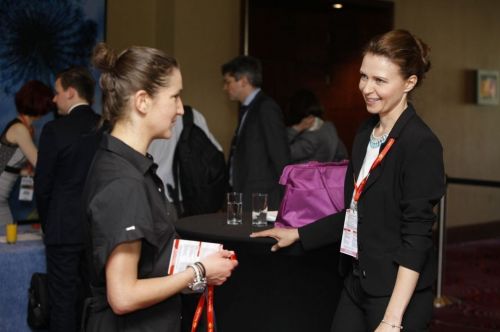
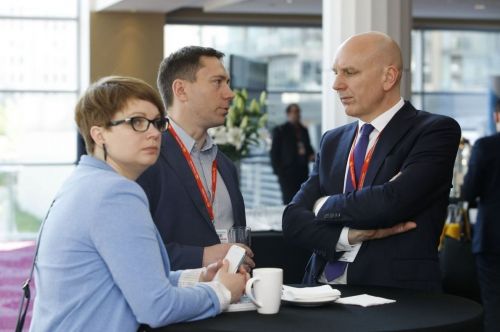
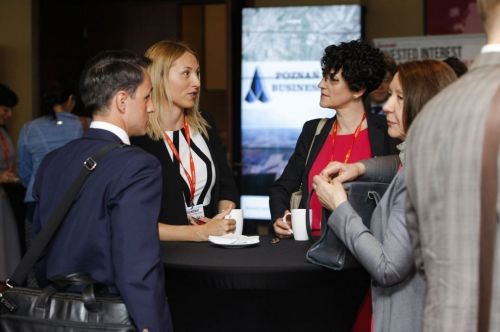
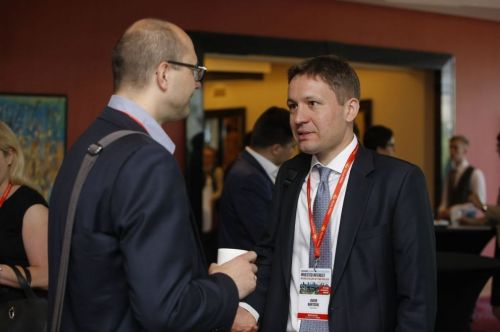

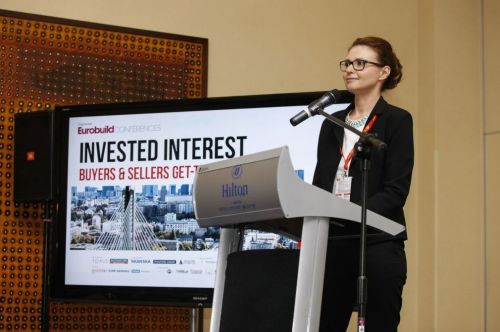
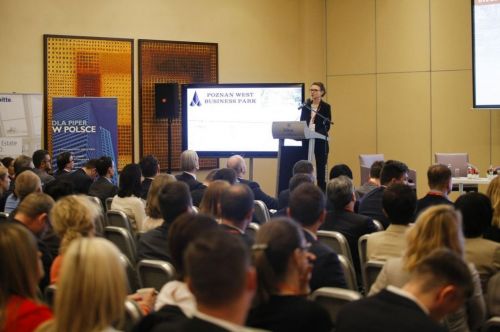
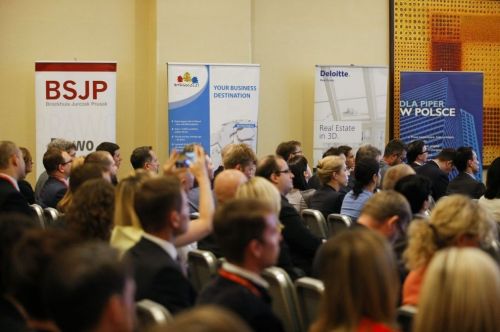
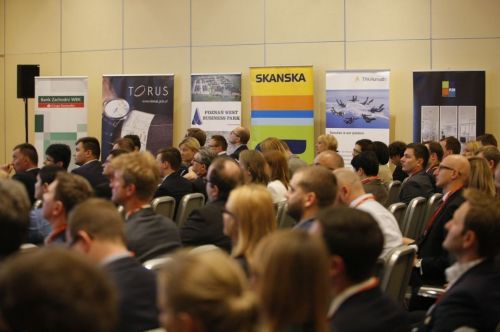
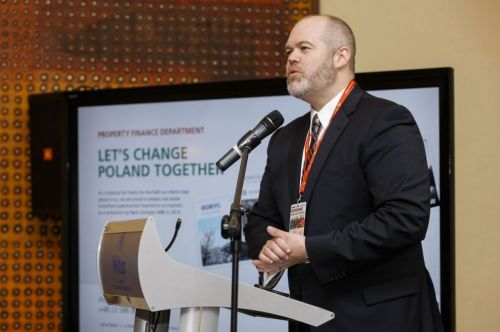
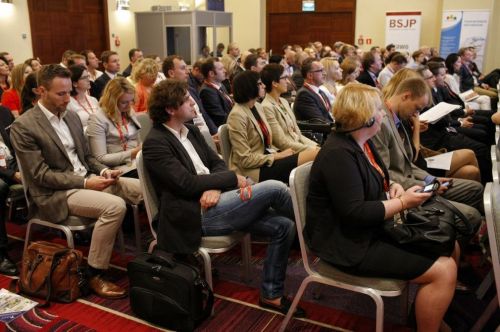
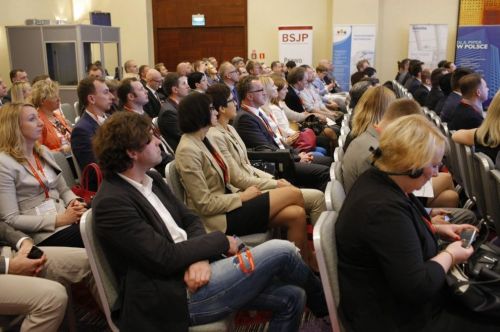
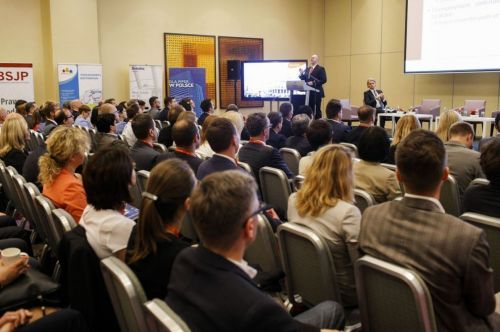
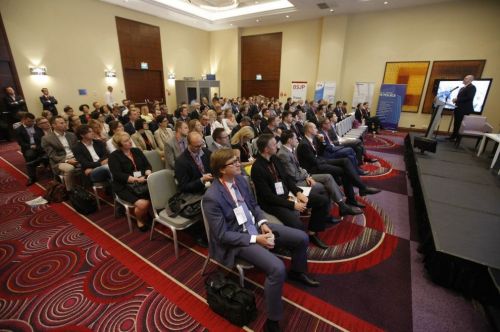
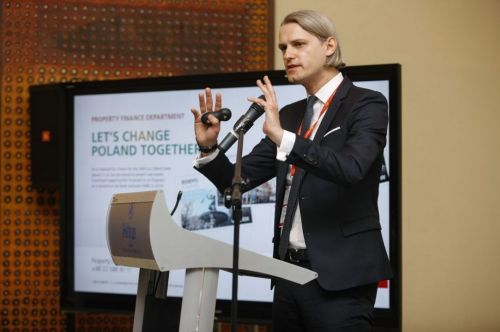
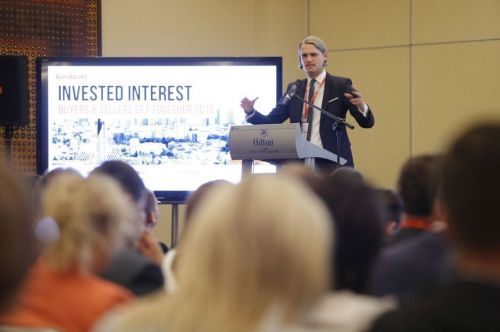
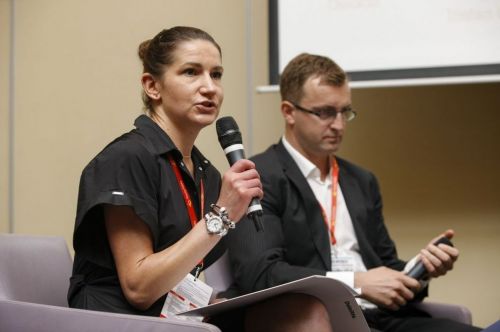
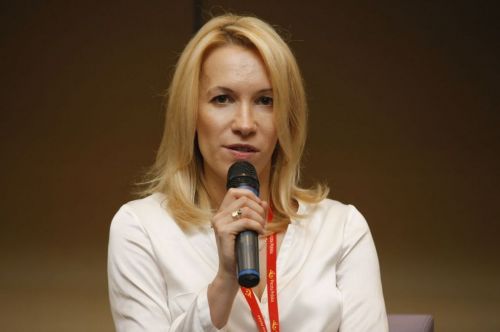
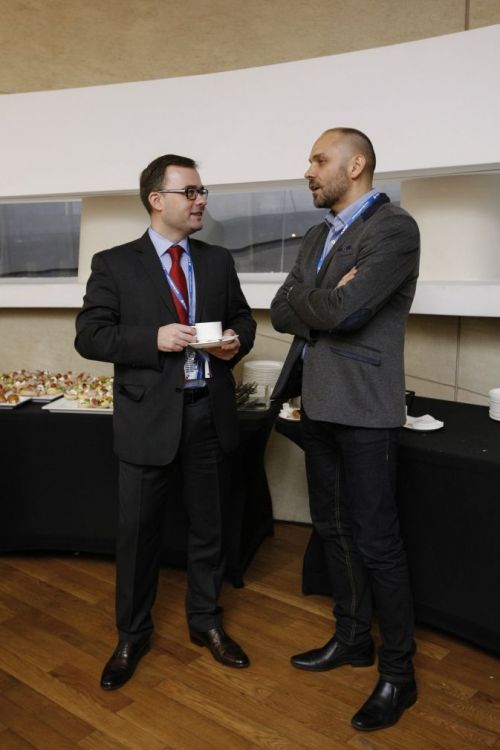
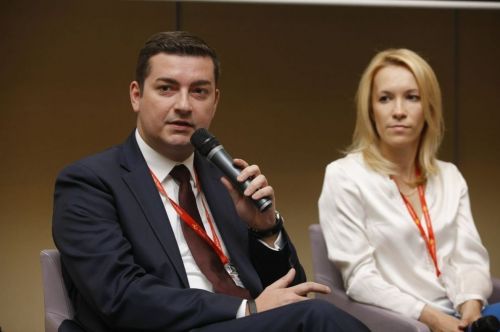
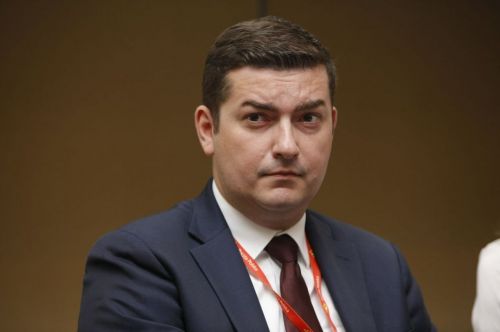
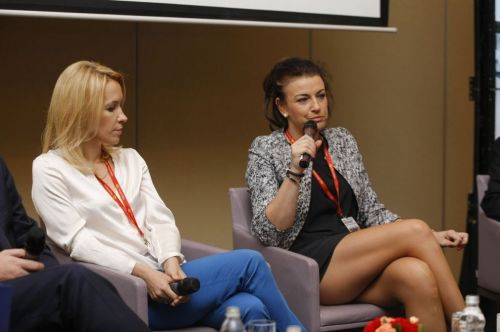
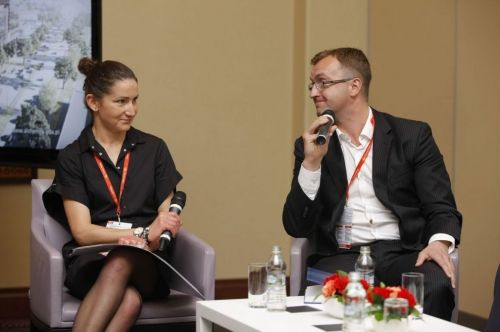
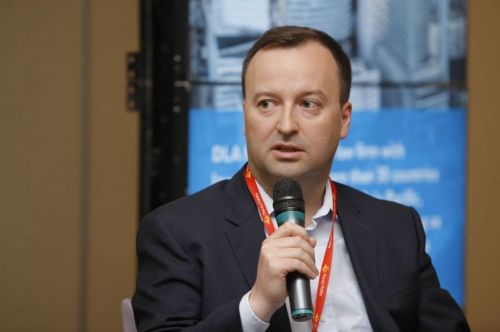
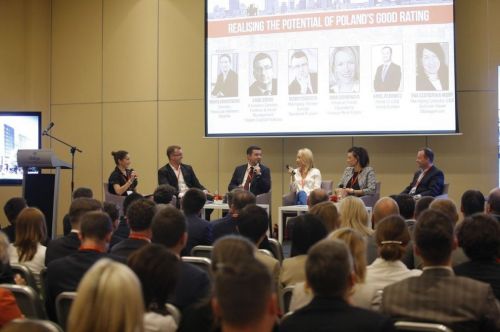
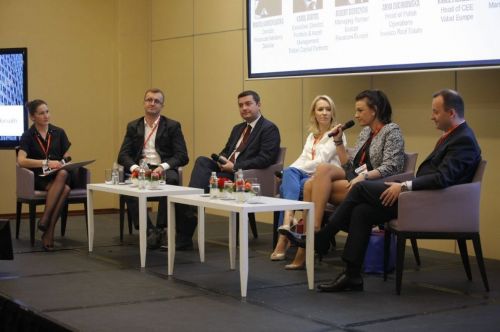
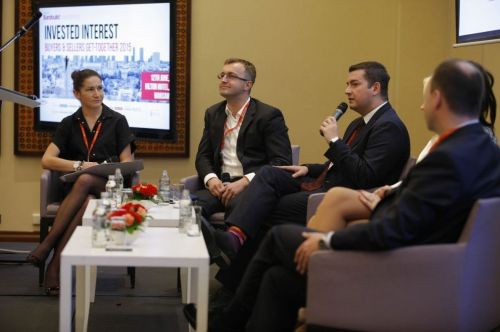
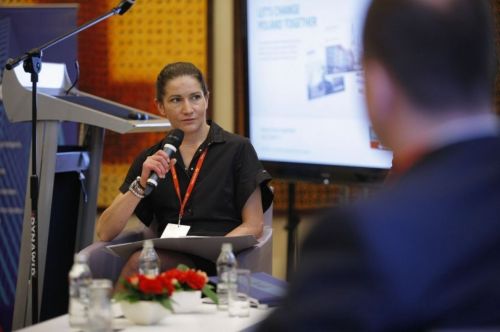
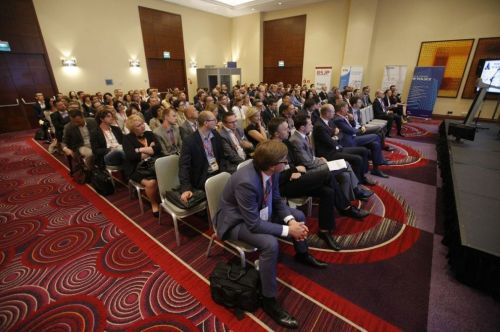
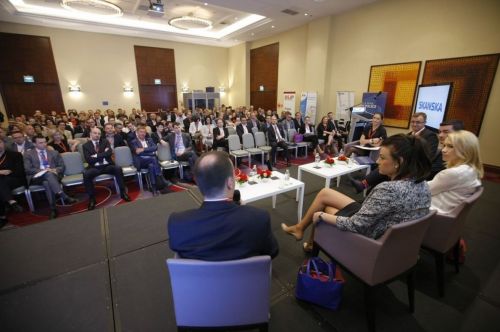
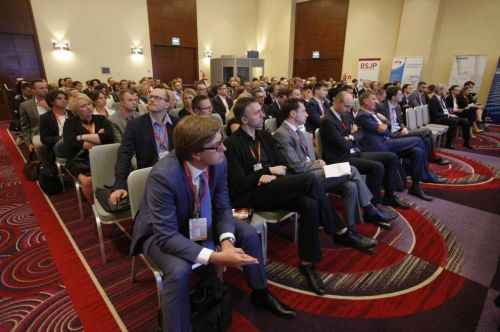
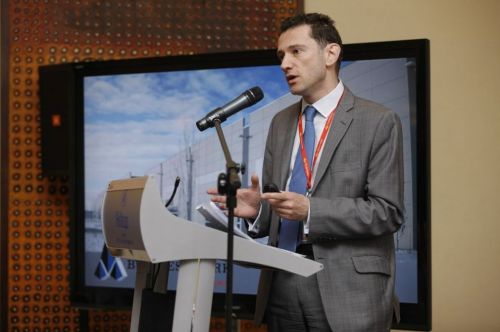
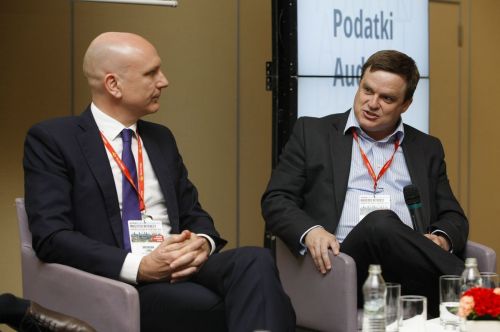
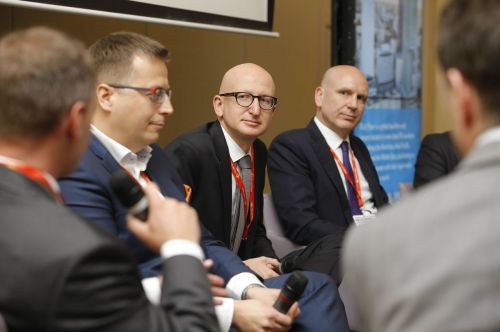
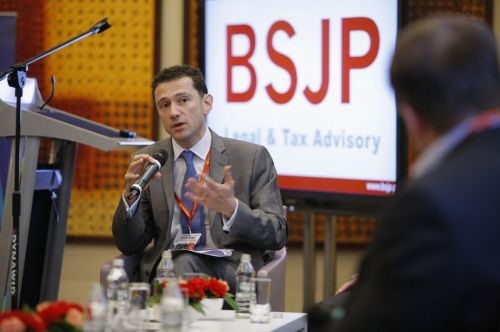
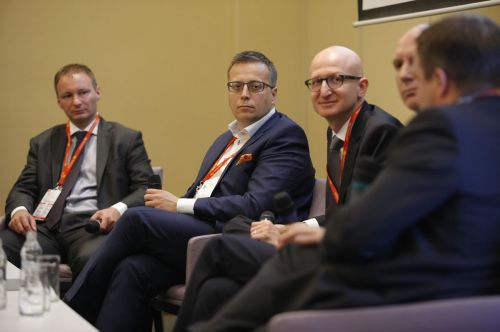

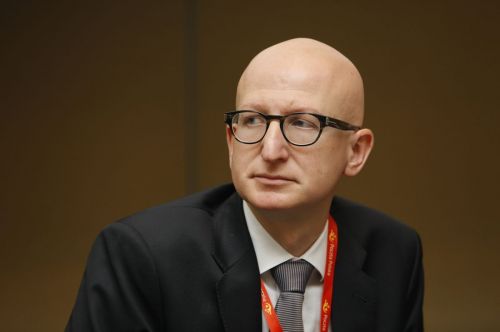

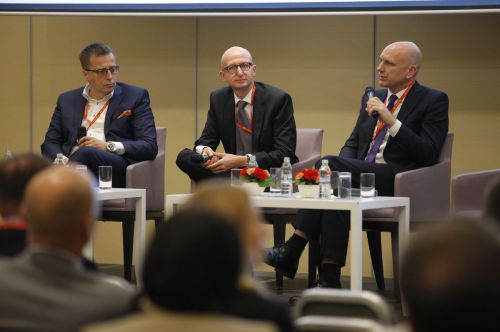
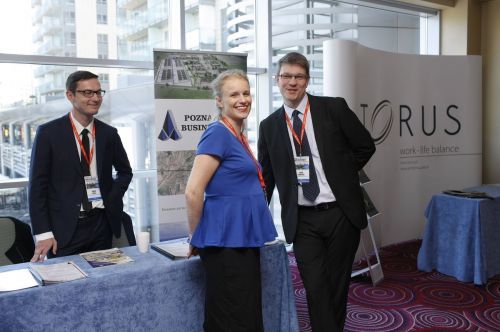
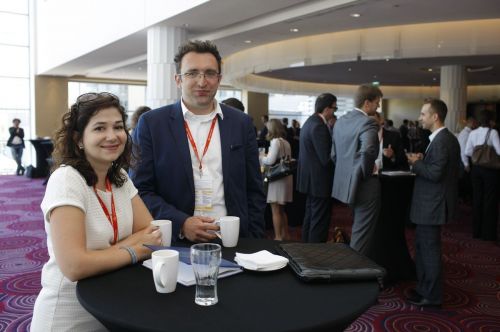
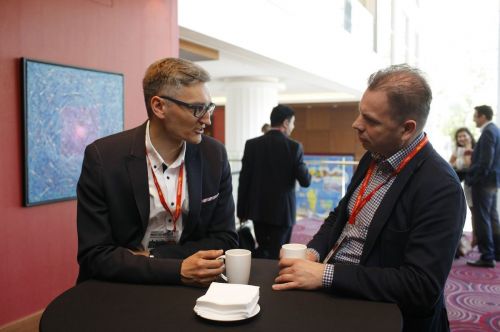

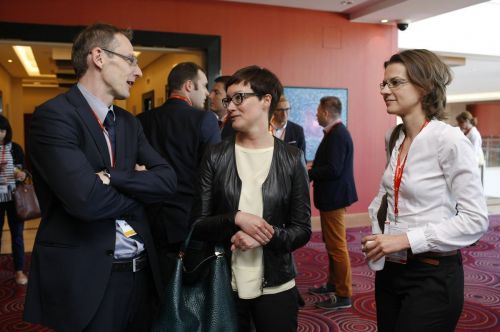
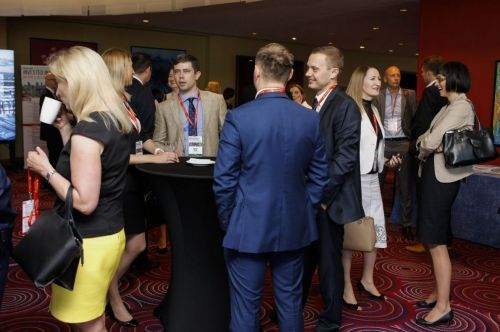

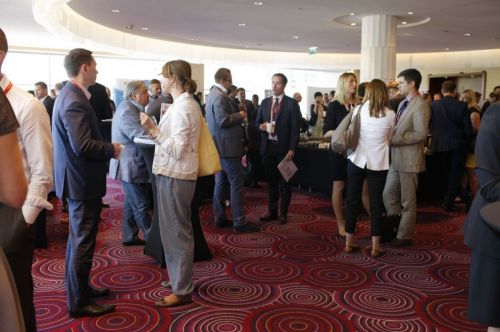
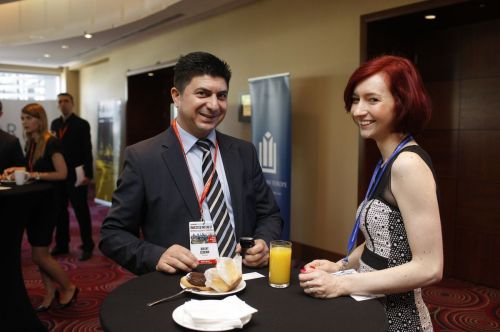


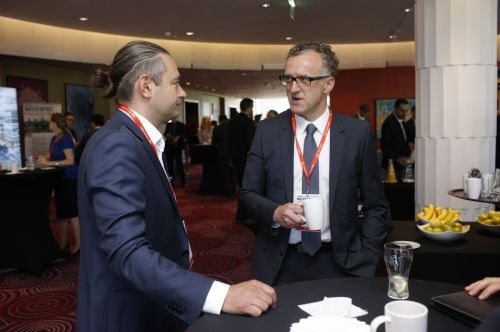
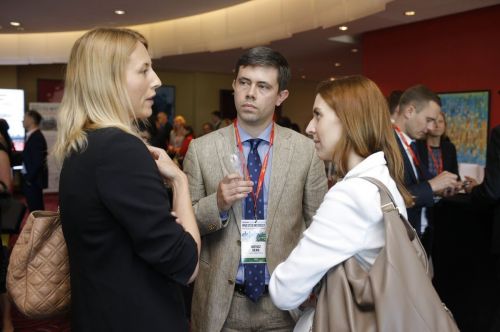
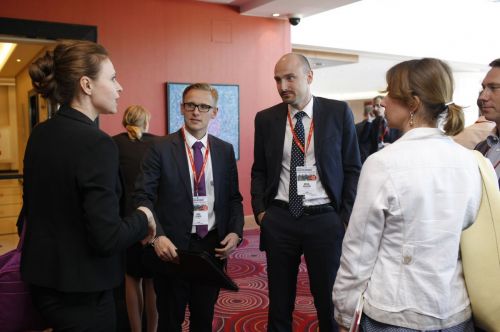
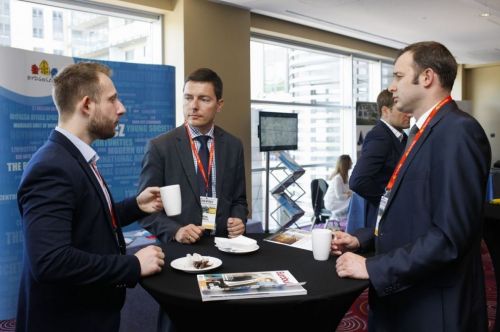
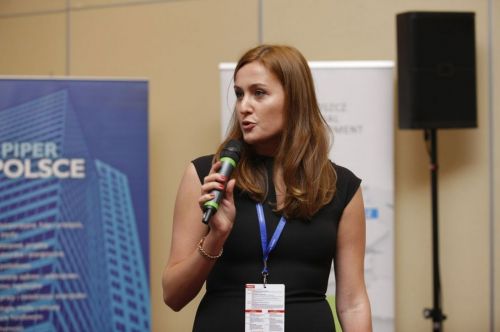
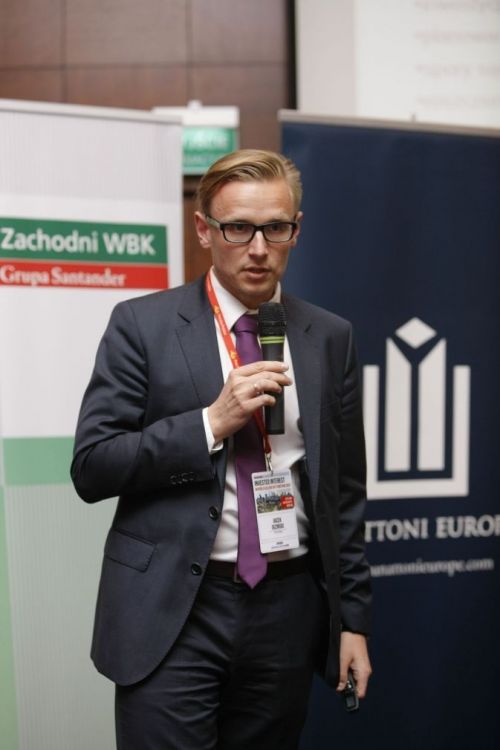
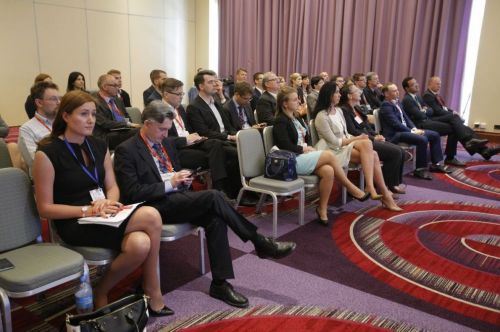


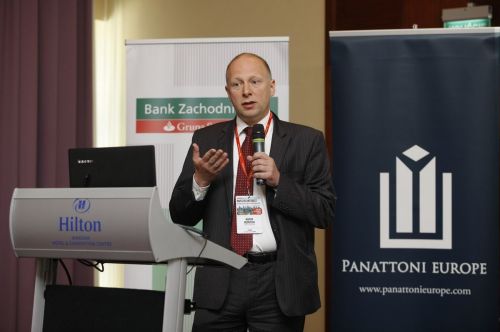
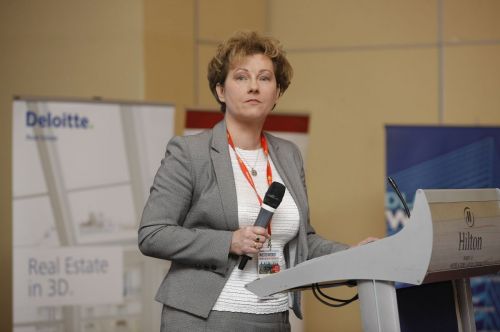
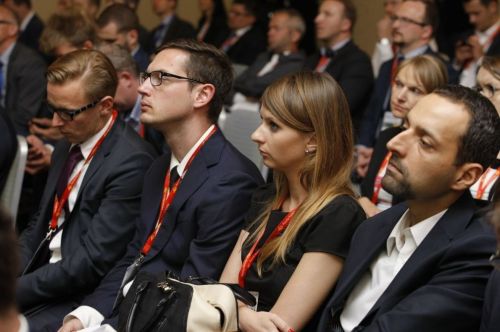
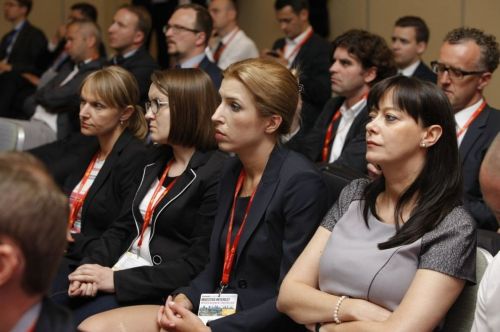
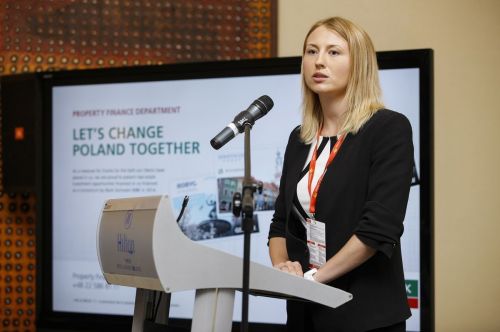
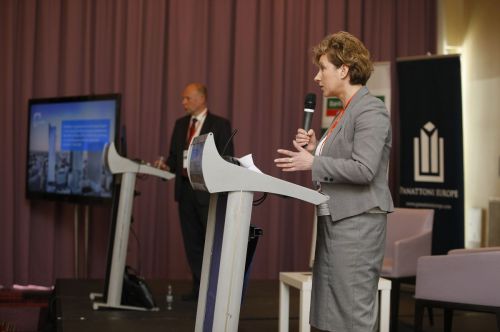
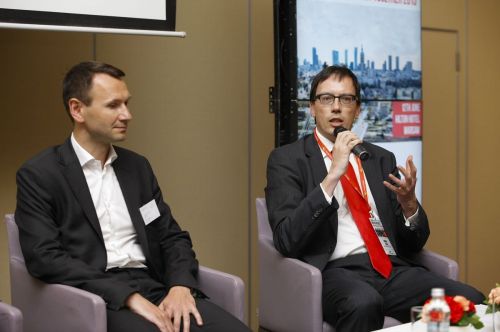
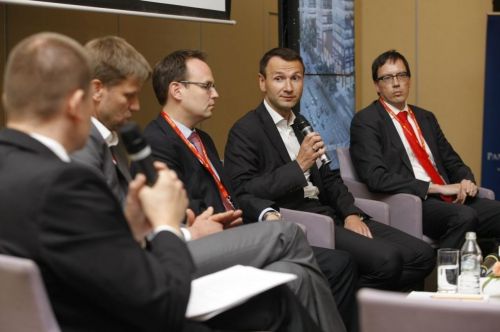
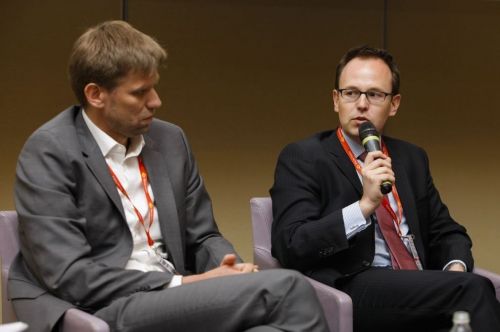
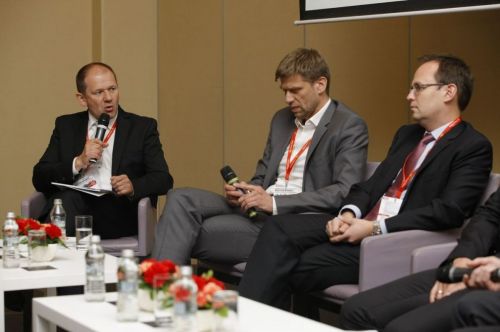
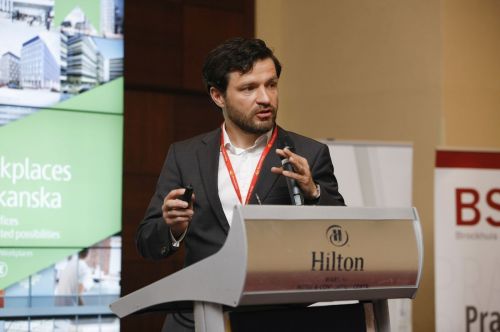
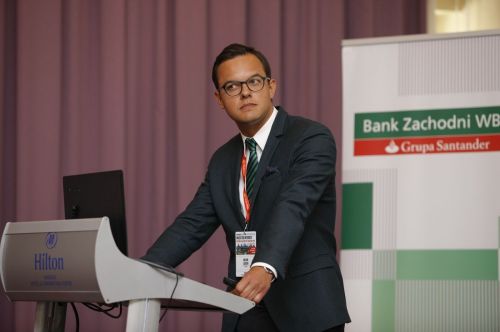
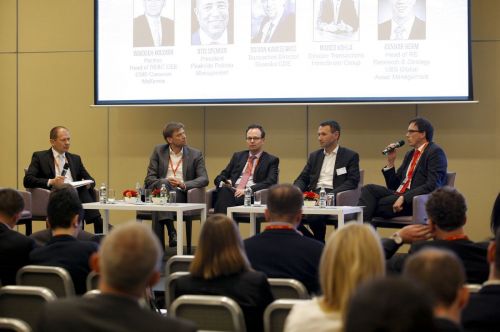
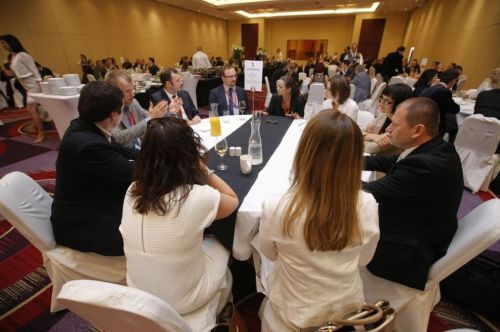
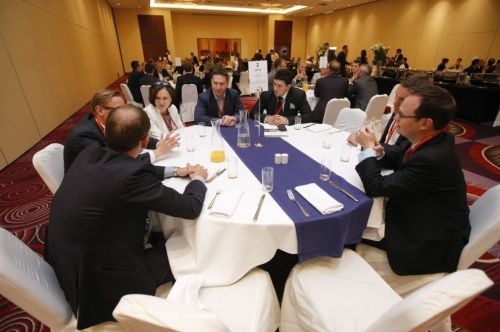
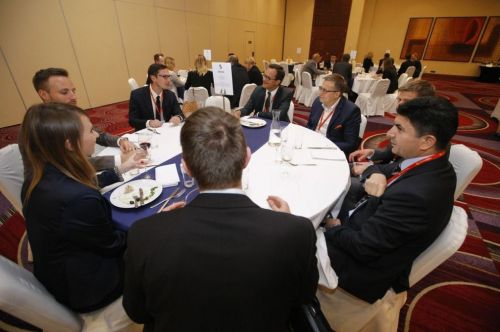
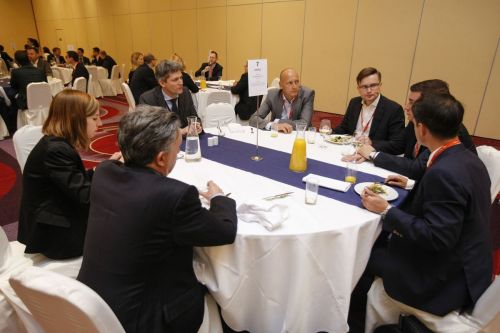
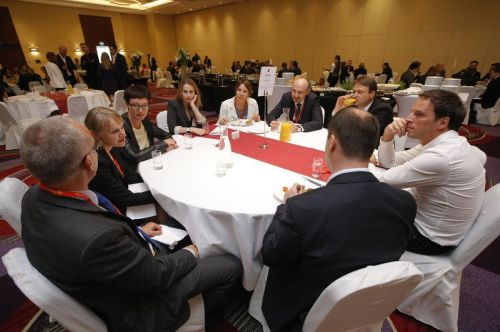
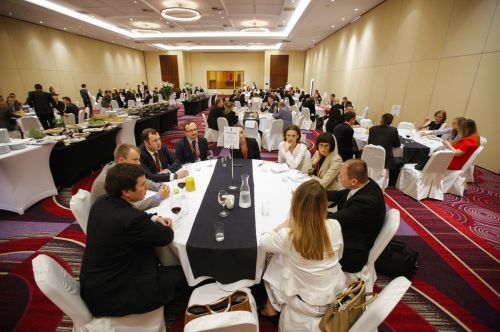
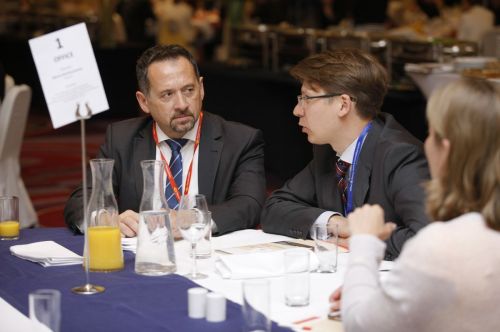
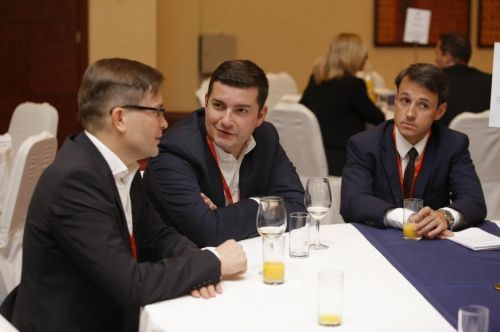
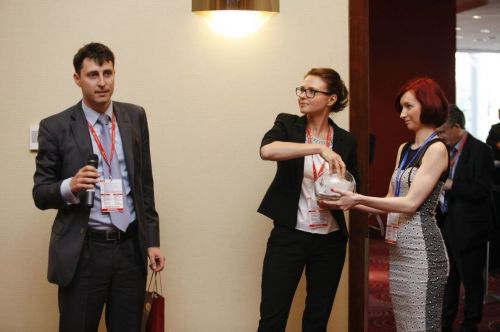


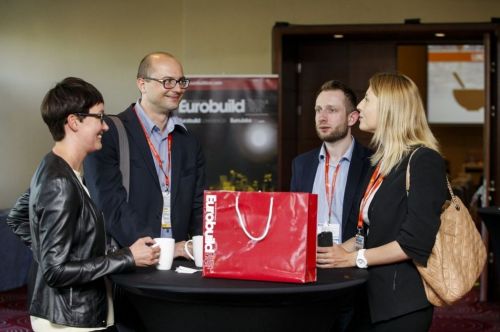
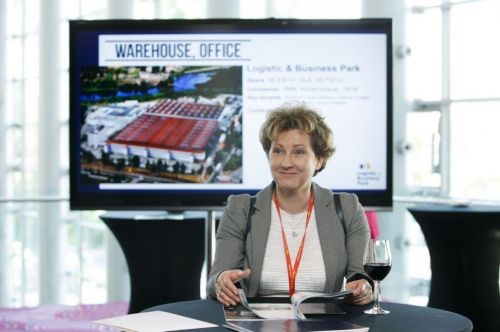
Christopher A Hartwell, the president of social and economic research body CASE, opened the conference with a macro-economic overview of the CEE region, with the less than cheery news that growth for the region is currently flat. However, this is mostly due to the conflict between Ukraine and Russia – and in fact, the C in CEE is still going strong despite the uncertainty generated by these events. Czech consumer confidence is at an all-time high, more growth is predicted for the Baltics. But there are some clouds moving into this otherwise sunny picture: the prospect of both a Grexit and a Brexit are having an impact on the more euro-linked Baltics. While in Poland the main problem still seems to be how growth can be driven from private investment, rather than as it has been through consumption and public projects. As he explained, Poland has only got so far in its development and remains stuck in a ‘middle income trap’, unable to move to a higher income economy. As a result it continues to lose its young people to emigration, with the population projected to shrink to 32 mln by 2050. A debate on allowing greater immigration to restock the labour supply may have to take place if this continues.
Then it was the turn of Marcin Petrykowski, the CEE regional director of Standard & Poor’s, to confirm this analysis for the Visegrád countries (plus Slovenia), which are all given A ratings by his company – and despite the ongoing conflict in Ukraine, in February Poland was given a positive investment outlook. Consolidation among real estate players is also picking up, as they make themselves bigger to tap into more bank finance. The EU’s Juncker Plan, he argued, which has been devised to use public funds to leverage private institutional investment by pumping EUR 315 bln into EU infrastructural projects over the next three years, should be a major factor in helping the switch to a private investment economy in this region.
This led neatly into the first panel, ‘Realising the Potential of Poland’s Good Ratings’, led by Marta Kamionowska, director of Deloitte, who got the ball rolling by highlighting that the healthy demand from investors for assets in the country was hitting the brick wall of a lack of assets in each segment of the market. Karol Bartos, executive director of Tristan Capital Partners, pointed to the falling rents in the office sector as a reason for owners holding onto their properties, but also added that this would not go on forever and that investors must be wondering whether it was now the right time to buy. The analysis of Ewa Szafrańska-Mądry, the CEE managing director of Balmain Asset Management, was that transactions are happening, but in smaller retail niches – whereas for bigger, more traditional products investors are still probing the market, looking for precedents. Robert Dobrzycki, managing partner for Europe at Panattoni, noted the boost being given to Poland’s warehousing sector by the growth in e-commerce, but this new industry is a mixed blessing since, as Karol Pilniewicz, CEE head of Valad Europe, pointed out, it is bringing retail rents down.
Peter Cosmetatos, the CEO of CREFC Europe, took to the podium in the next segment of the conference, addressing the subject of the new lending regulations since the credit crunch. As he claimed, the banks still lack a true understanding of commercial real estate as an asset class, and since the crisis, when they lost interest in new lending, have beaten a retreat to their domestic markets. This has allowed the growth of the CRE debt market to occur, as debt funds have moved into the space vacated by the banks.
He then led the next panel, entitled ‘Intelligent Investment does not need Frozen Capital’, with a number of representatives from the banking sector, which also touched on this issue – and the connected problem of how to secure finance for projects in regional locations. As Steven Willingham of HSBC pointed out, the problem in the regions lies in being able to allocate the funds and time for the right scale of project, which Peter Cosmetatos said could only be done by diversifying the market with alternative sources of finance, such as has happened in the UK. Brendan Long of WBK agreed that money is available for the top five cities in Poland but elsewhere it is much more difficult – with Marek Paliświat of Torus adding that it is also much harder to finance development projects than to buy ready products in such locations. Maciej Tuszyński (head of finance, Griffin Real Estate) concurred that lenders need to diversify their risk by providing finance for regional projects, while Bernard Masson of Société Générale declared that what is most imperative is for a formula to be found for liquidity.
After the coffee break, the next section of the conference was something of an innovation for these events: two simultaneous workshops in separate rooms, one devoted to investment in primary assets and the other to secondary assets. The first of these was introduced with a presentation by Soren Rodian Olsen, head of office and industrial investment at C&W and the latest data for such deals, which show that the growth of the market is now steadier and thus healthier than before the crisis and (in his words) indicate that “yields are still expected to go south”. He also pointed out how the 15 pct growth in e-commerce in 2014 was making logistics one of the most attractive sectors. His talk was followed by lectures by Krzysztof Kaczmarek and Małgorzata Dankowska of TPA Horwath on the how best to negotiate the tax pitfalls of real estate investment in Poland. And as it turned out, there are many of these, so structuring asset deals the right way is crucial. The final part of the workshop was a discussion moderated by Wojciech Koczara, head of real estate at CMS Cameron McKenna, and involving Adrian Karczewicz (transaction director, Skanska CDE), Marco Kohla (transactions director, Immofinanz), Gunnar Herm (Europe head of real estate research and strategy at UBS Global Asset Management), and super-sub Witold Breś (principal, Peakside Property Management). They agreed that the Ukrainian crisis, although it had killed that particular market, was one that investors had got used to and do not see as a major problem in our part of the CEE region – and is in fact switching investment to it from the conflict area. Poland’s holding on to the złoty, they felt, was helping the Polish economy, but perhaps hurting real estate, since many deals are denominated in euro. And there is still the problem of a lack of long, long term investors due to the dearth of local players, leaving us in a situation where there are only investors from abroad making hit-and-run deals and then retreating at different stages of the cycle.
In the second workshop, on secondary assets, legal experts from DLA Piper advised on how to go as smoothly as possible through the property acquisition process, while Colliers’ Marcin Mędrzecki and BSJP’s Grażyna Kuźma explained why active asset management pays off for the owners of such properties and how they could attain the desired increase in value. The paramount importance of exit preparations was then stressed by the next speakers, Mikołaj Marynuska of CBRE and Artur Lisicki of Deloitte, who outlined the complexities of such sale transactions.
With the formal section of the conference over, another Eurobuild innovation was next on the agenda: the lunch & discussion section, in which participants could talk in a more relaxed way about the topics that had been raised for their segments of the market at the dinner table – and do some socialising with their colleagues from different companies. The ice thus broken, the conversation continued over a glass of wine on the challenges ahead on what everyone seemed to agree is a most promising investment market in Central Europe, at the cocktail party that brought the event to a close.
NN






























